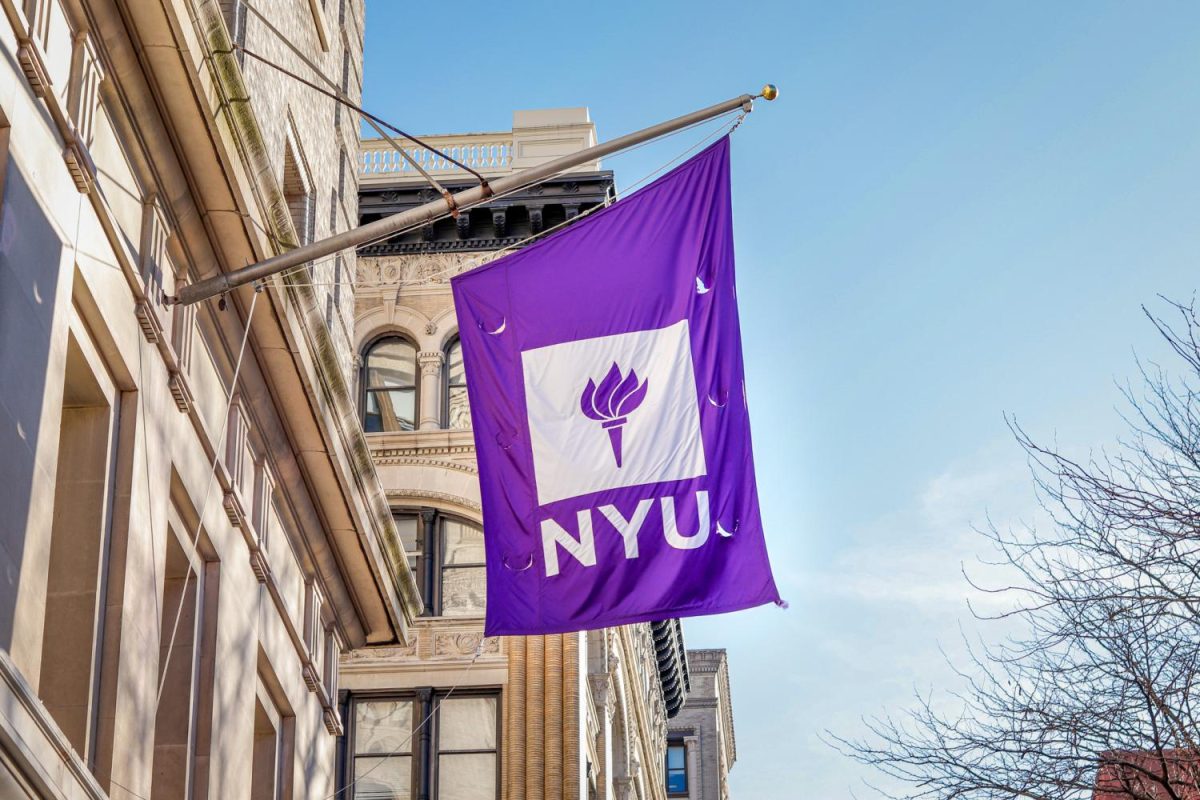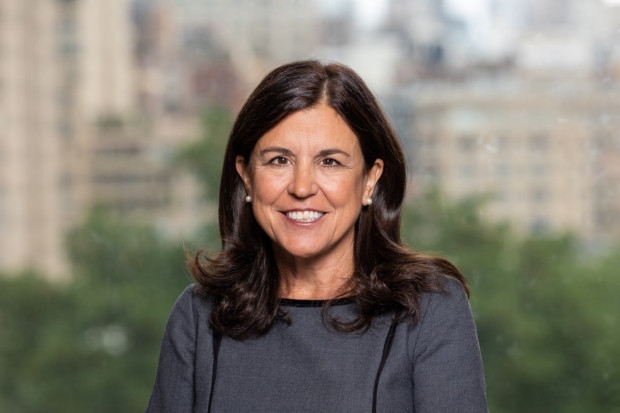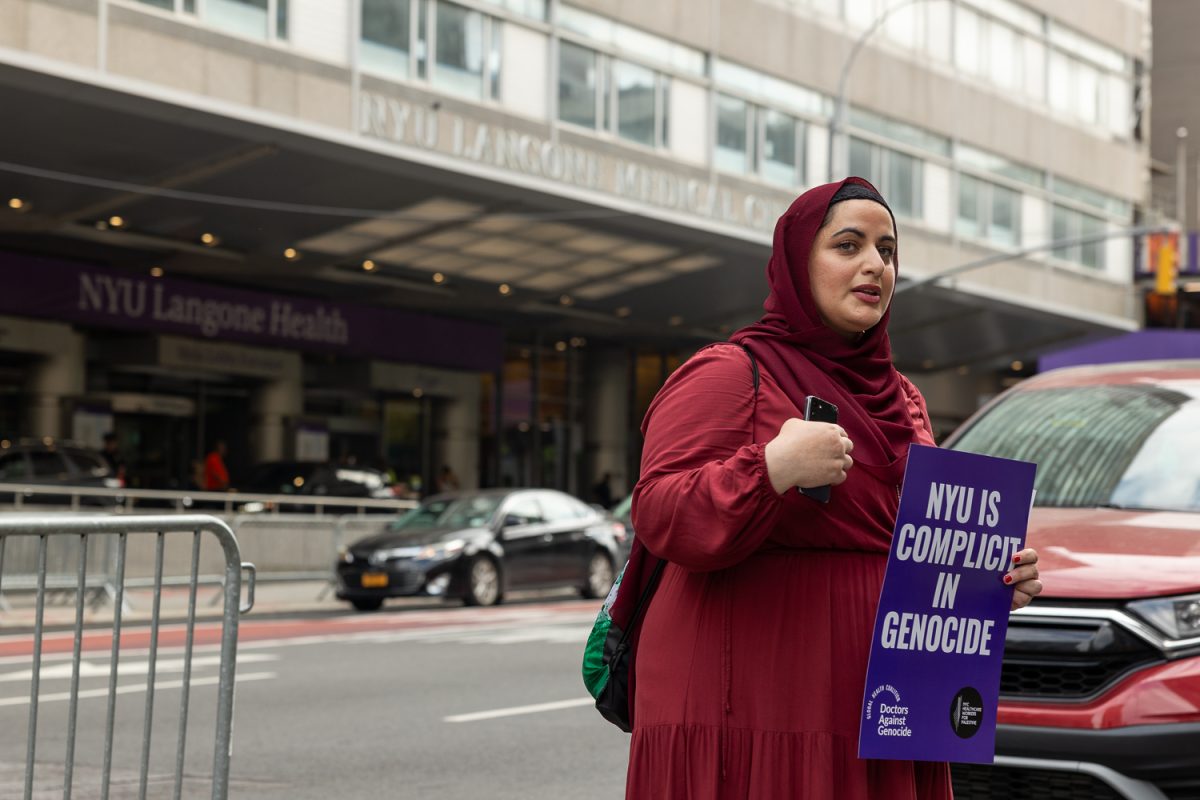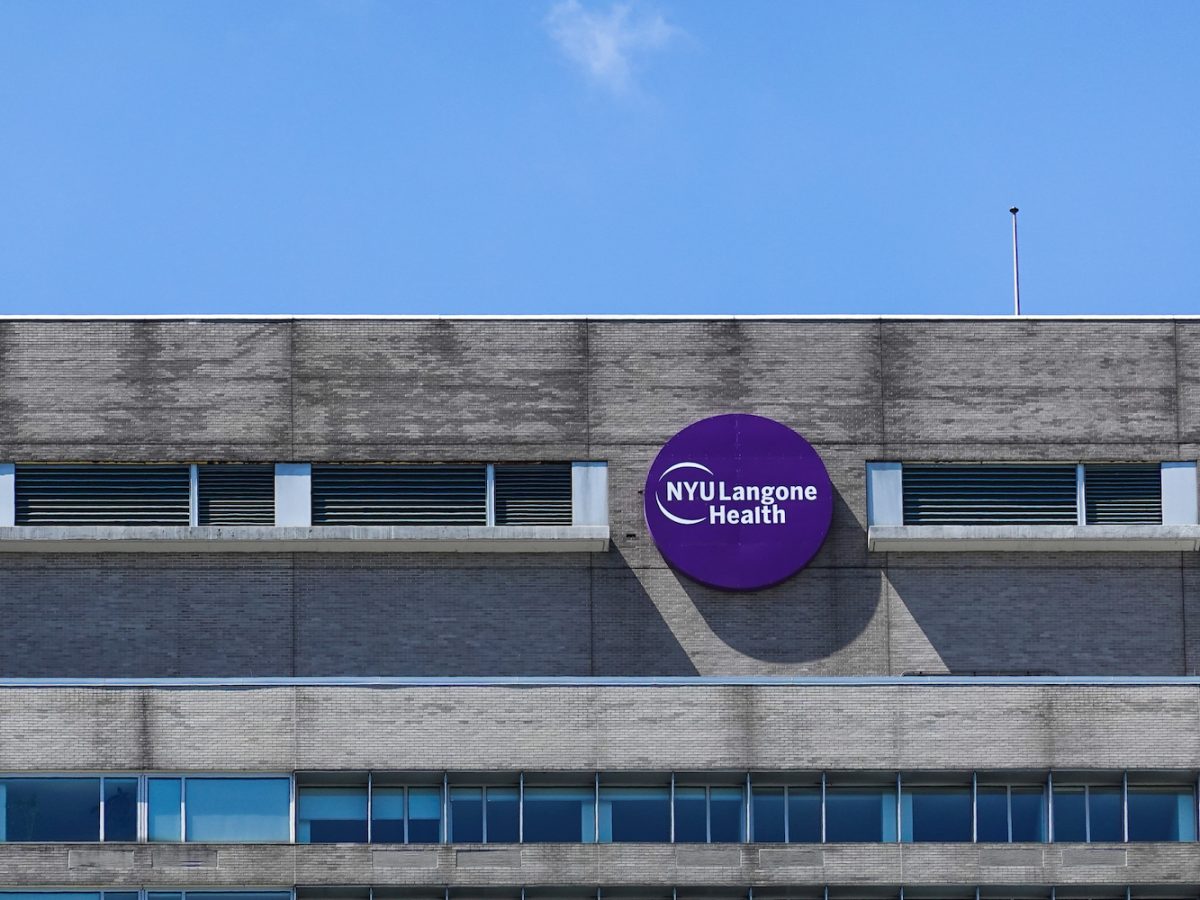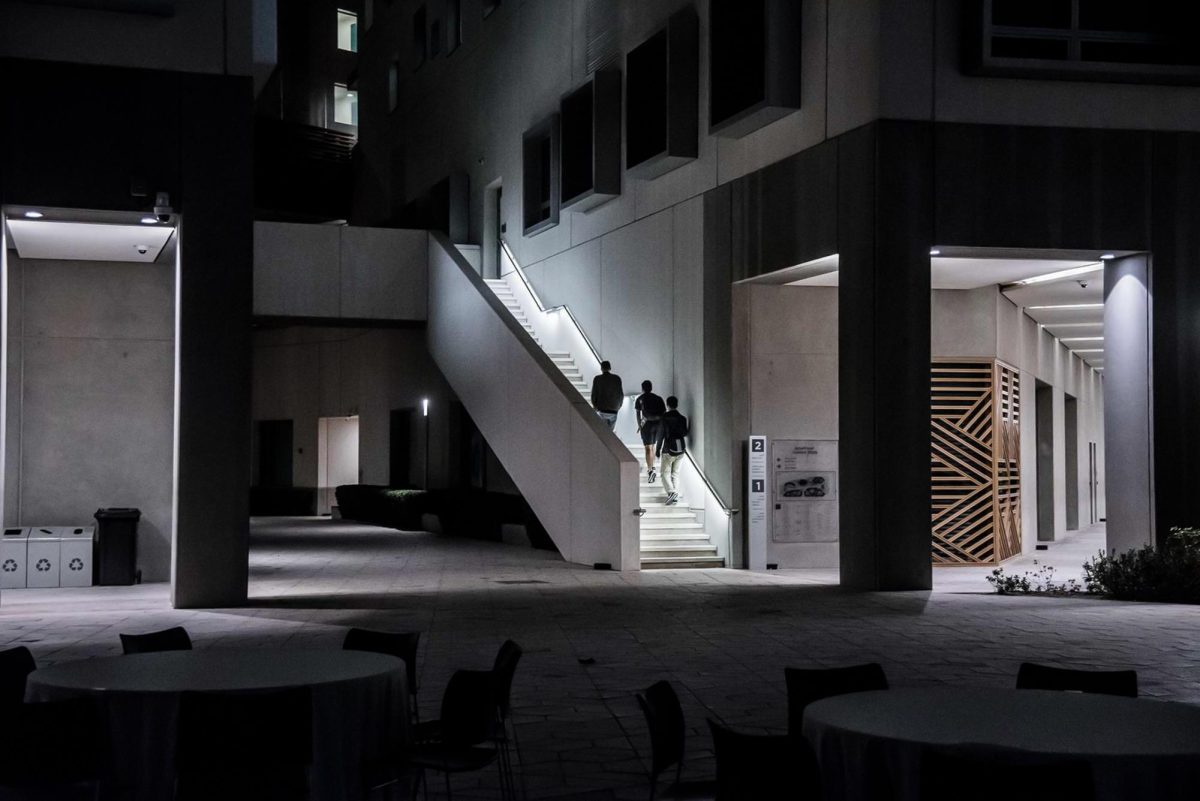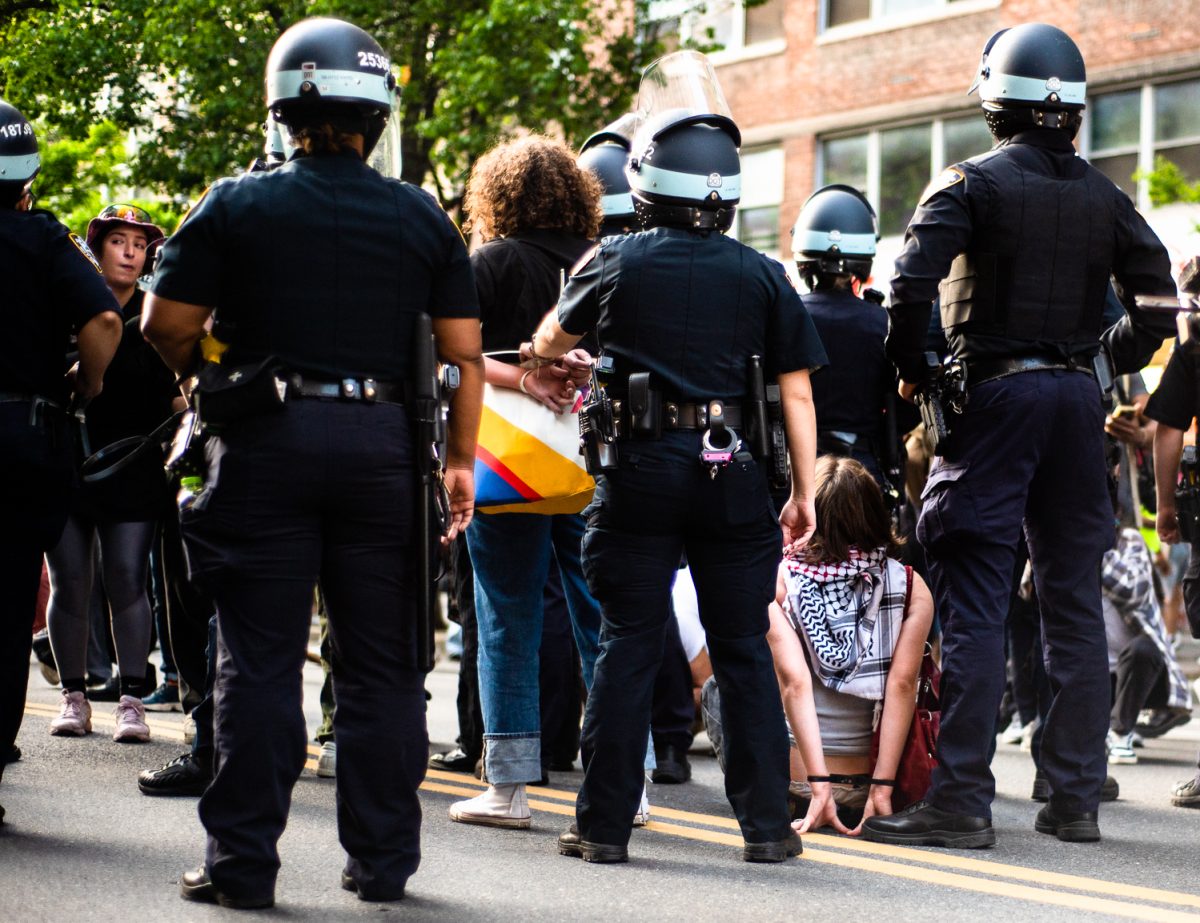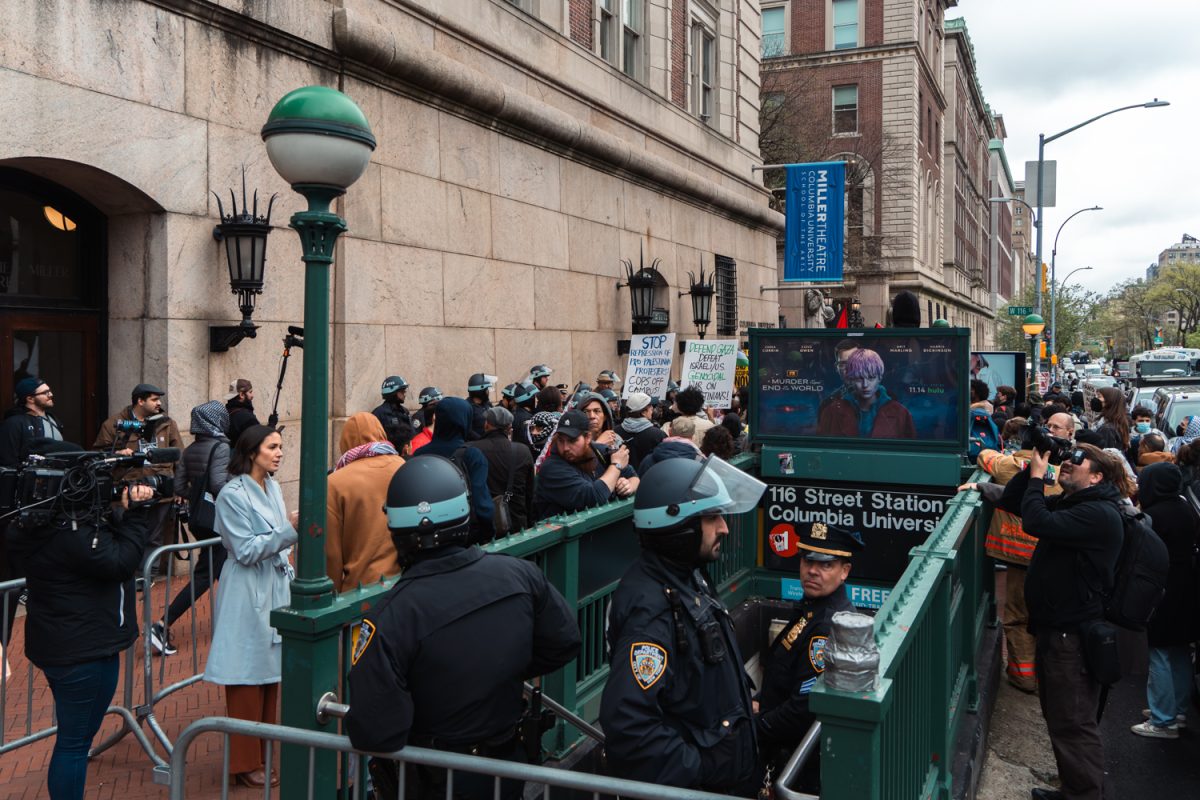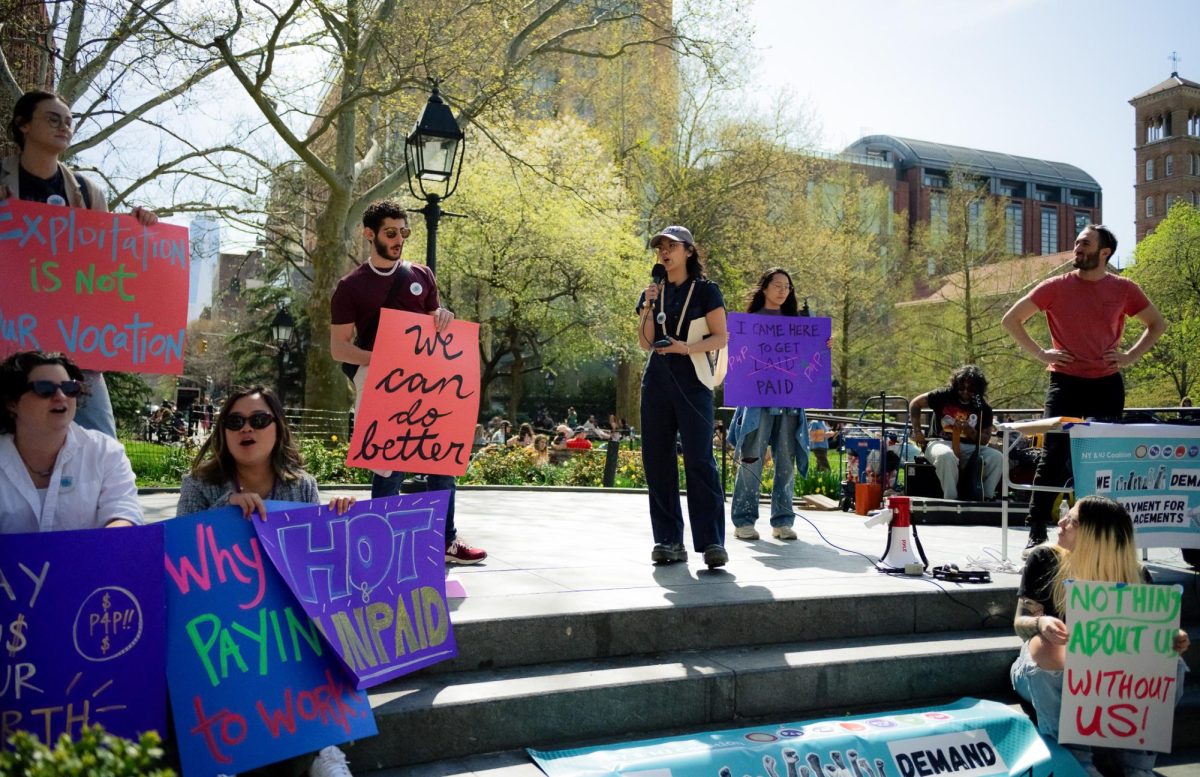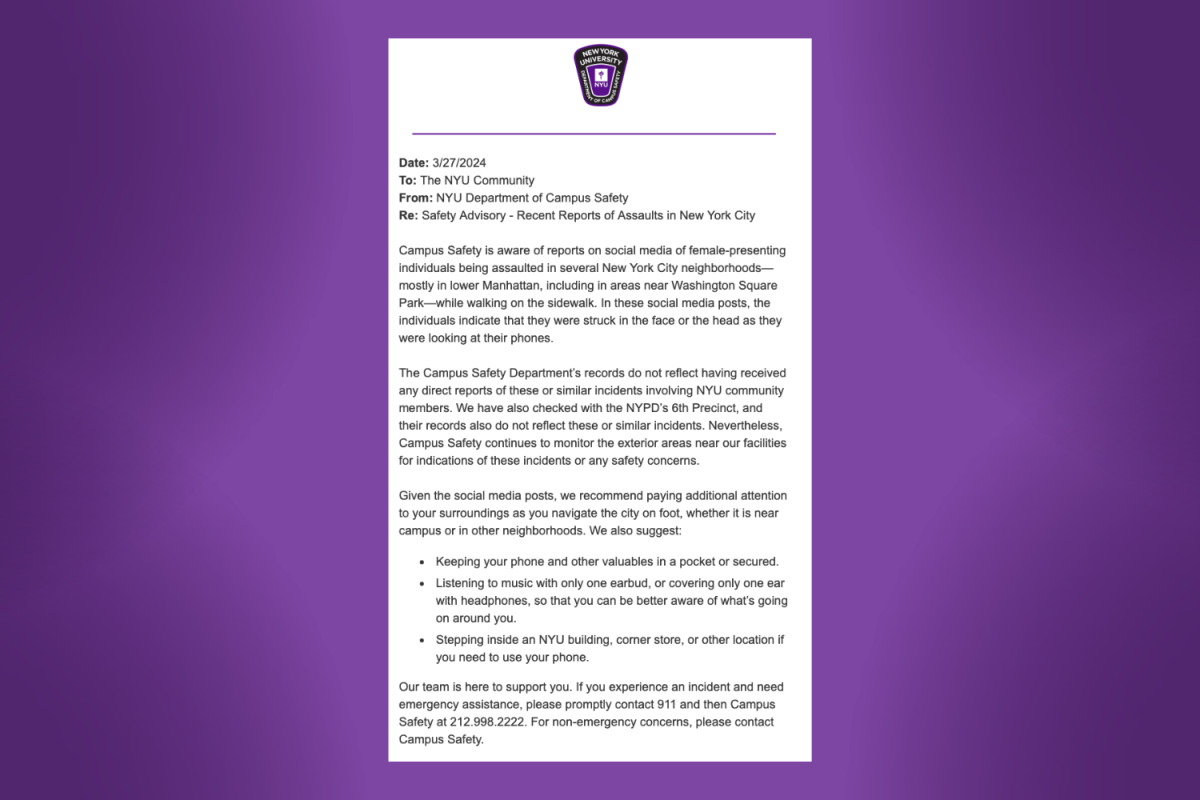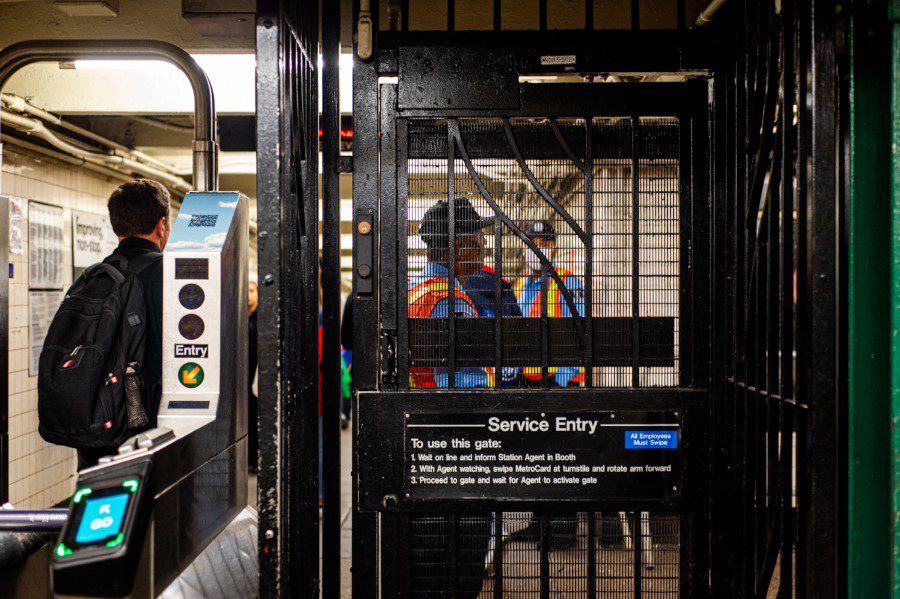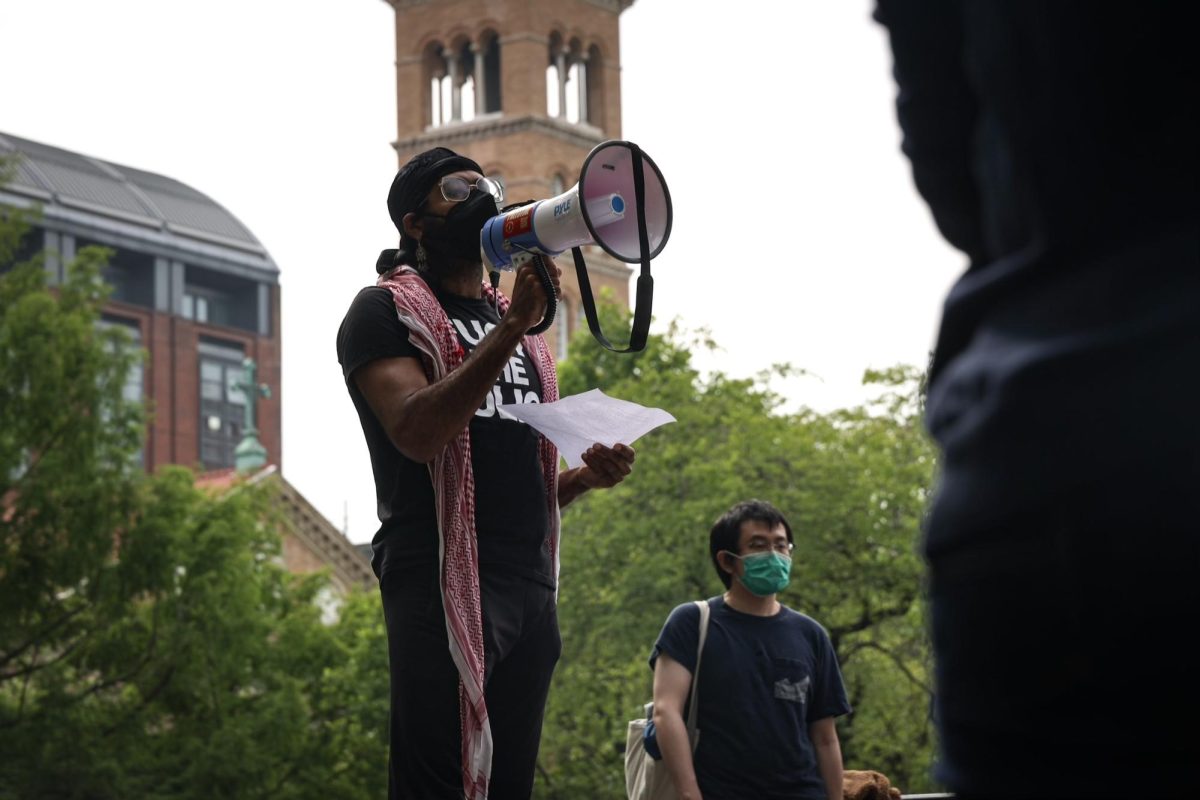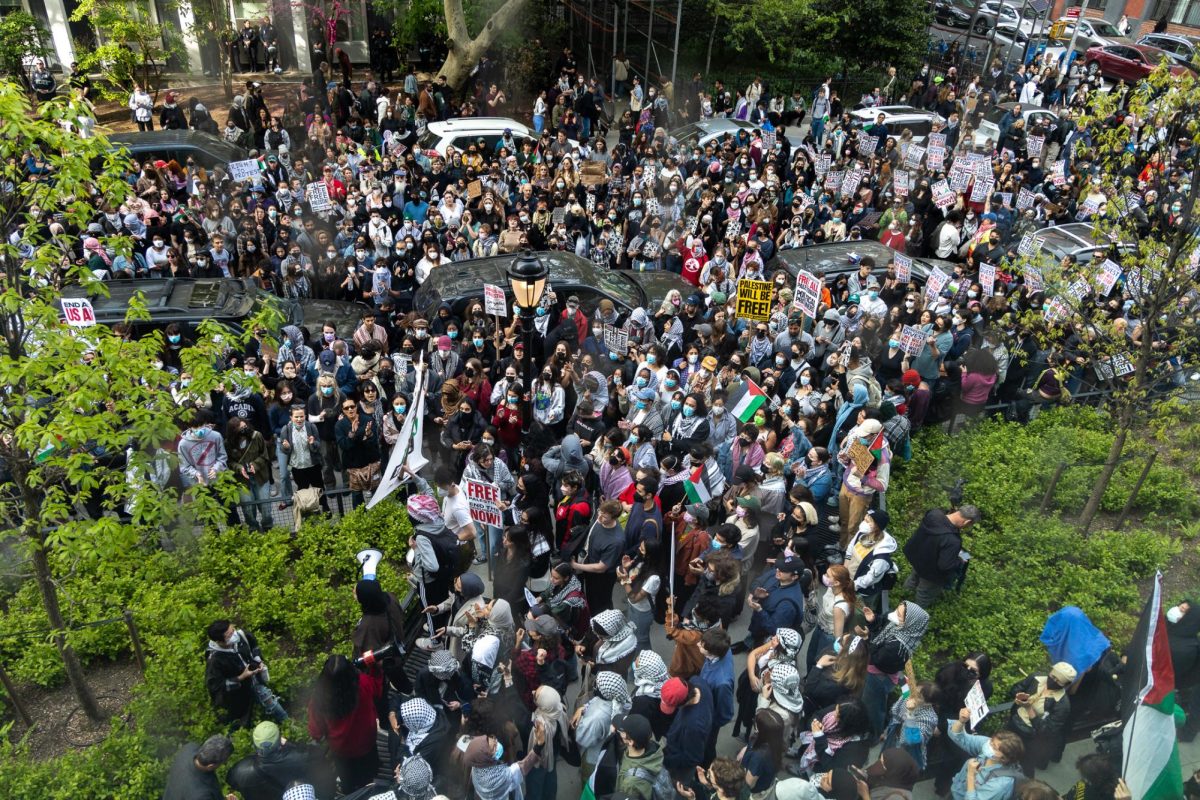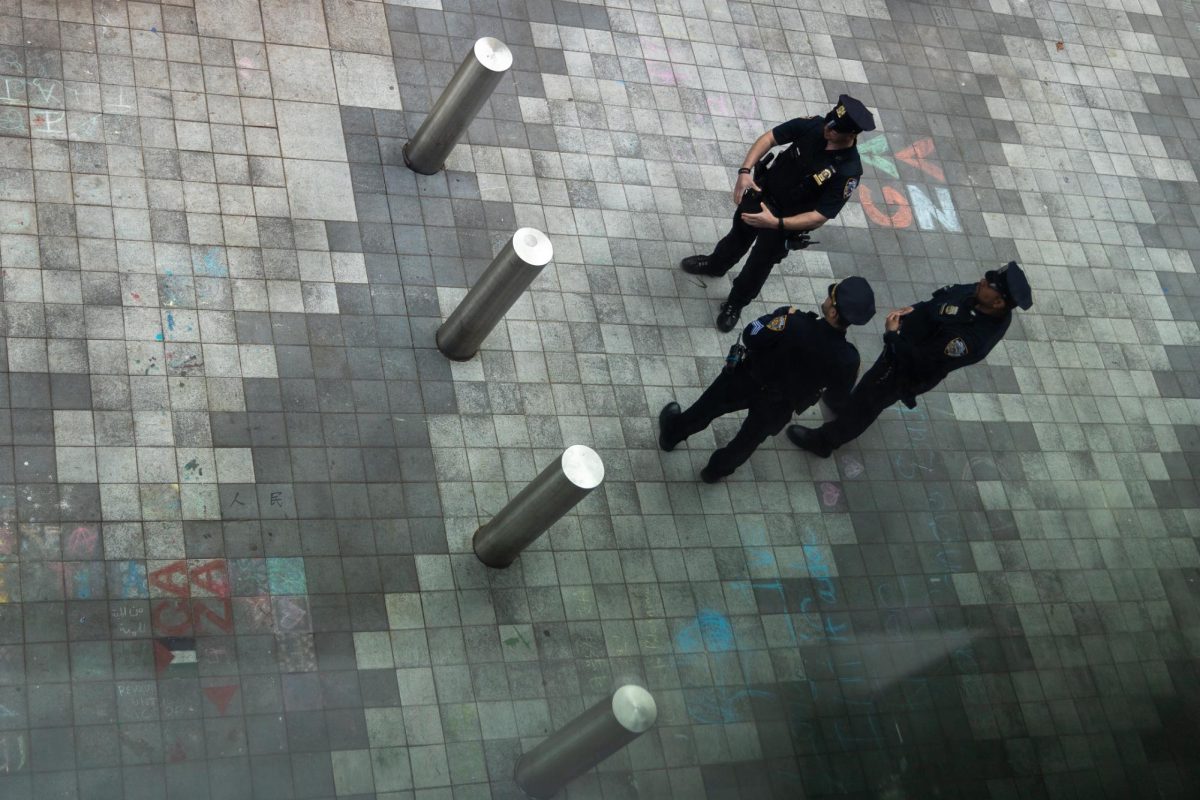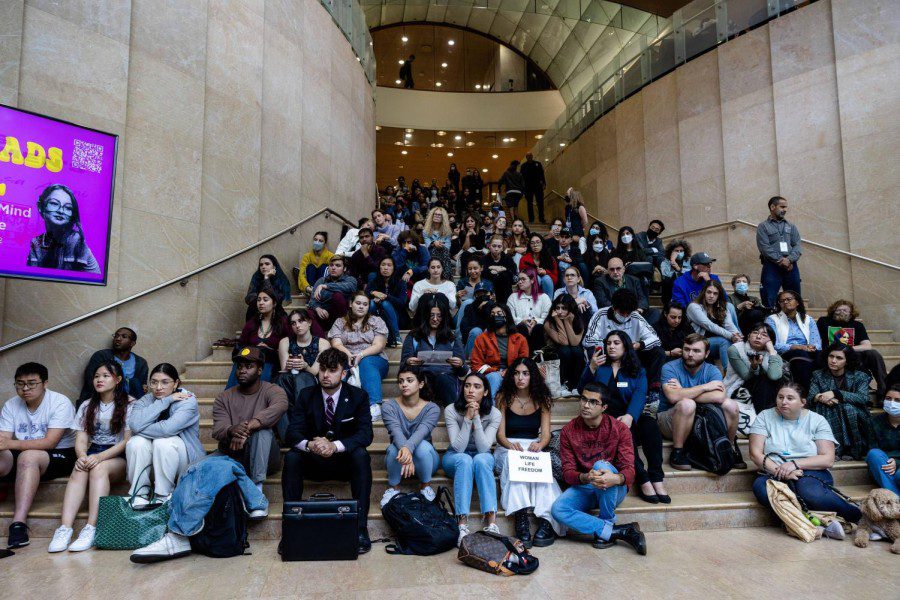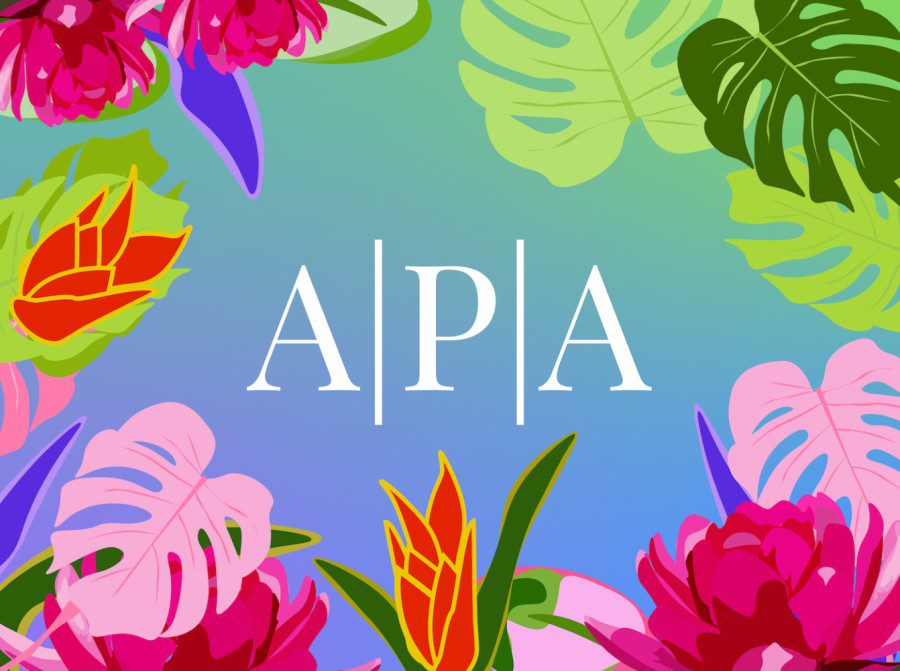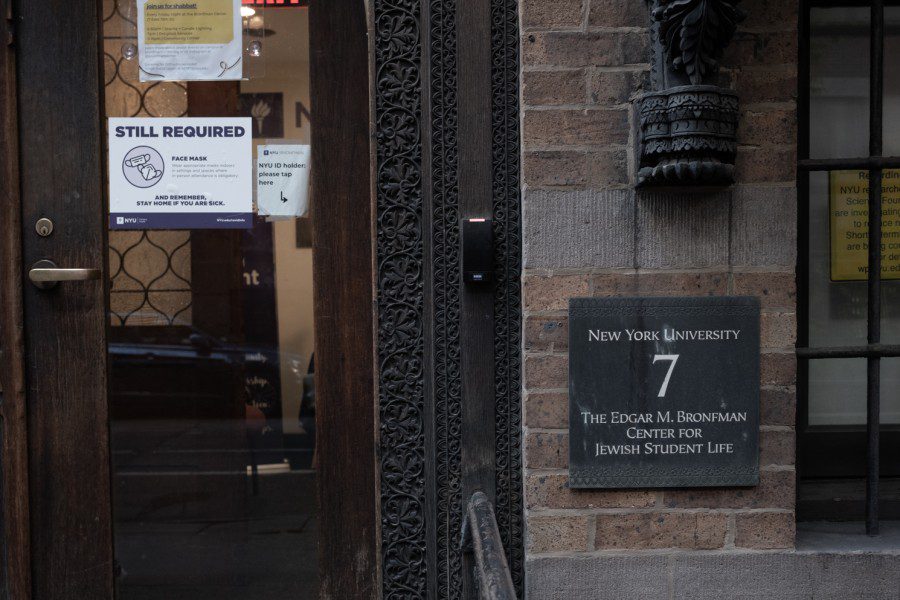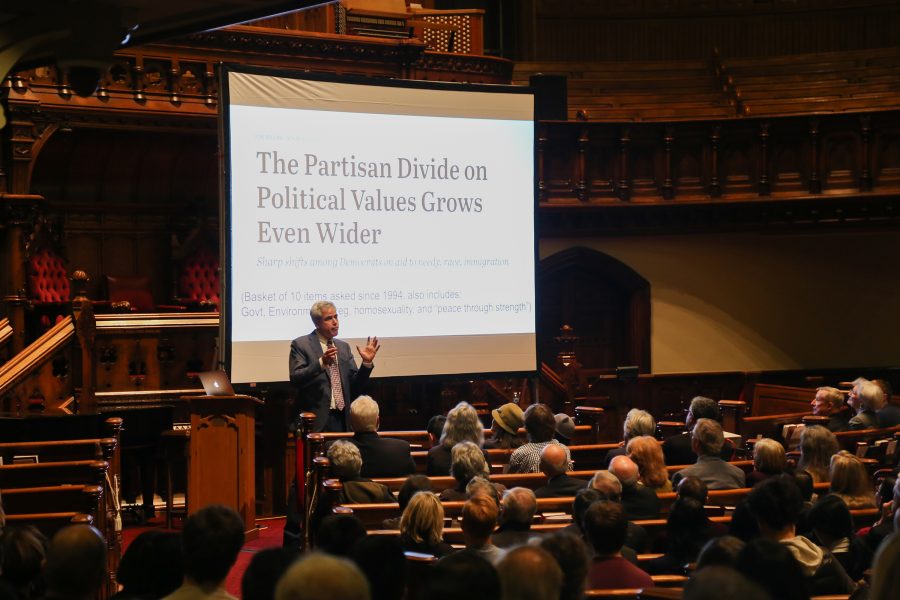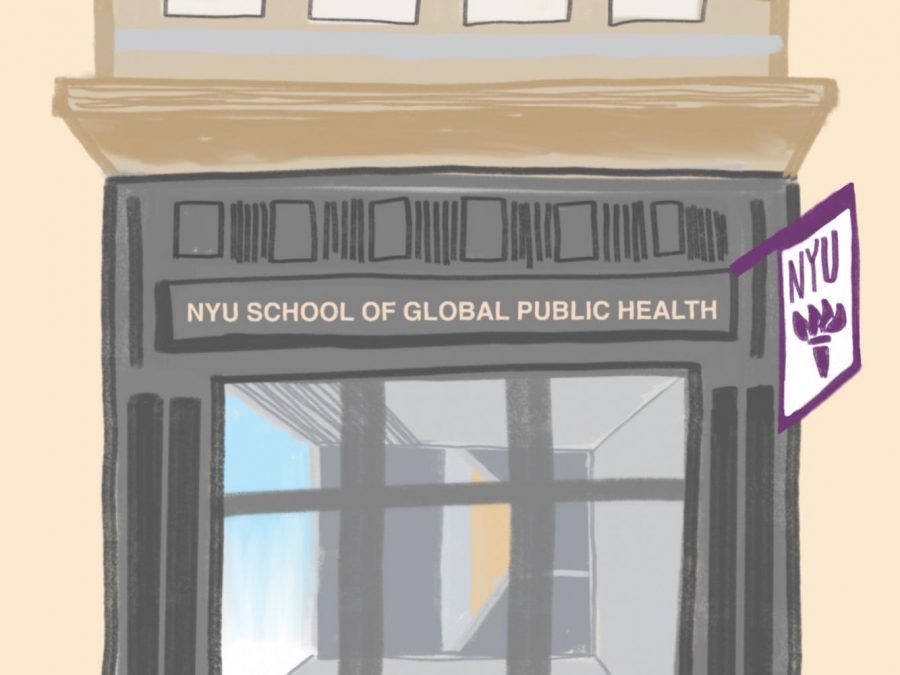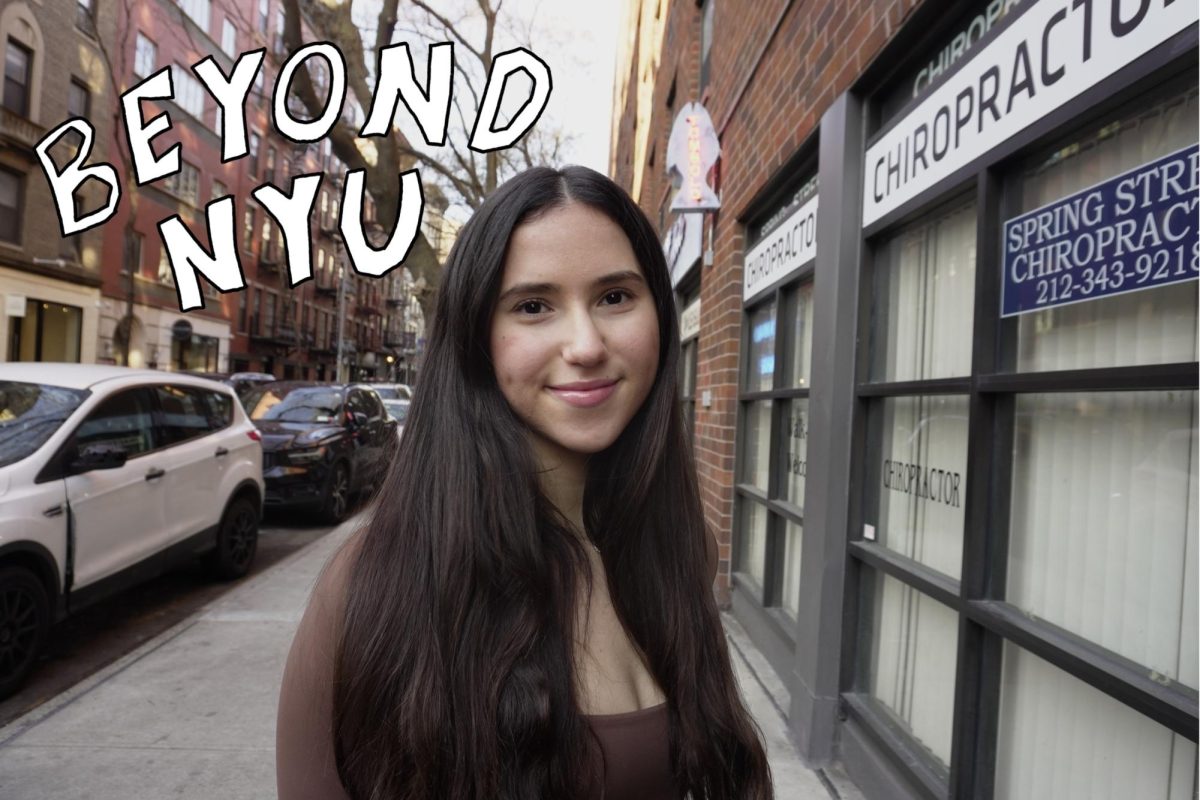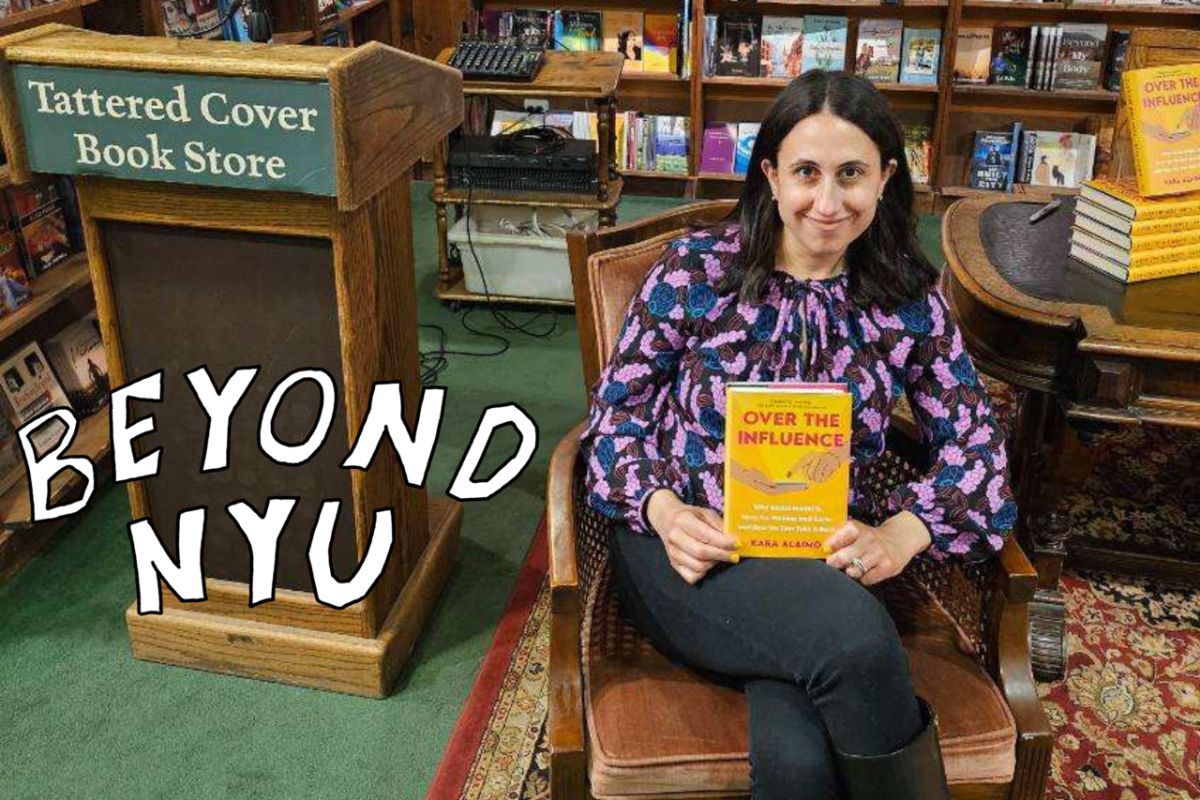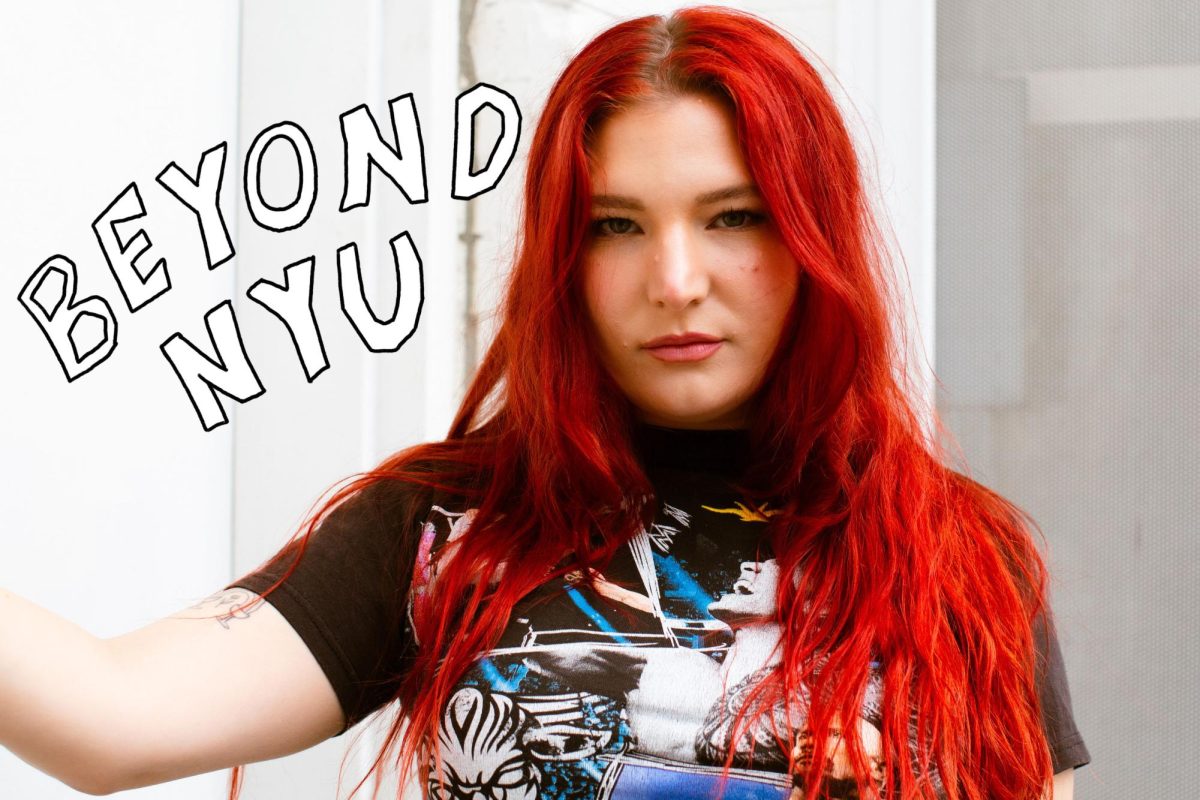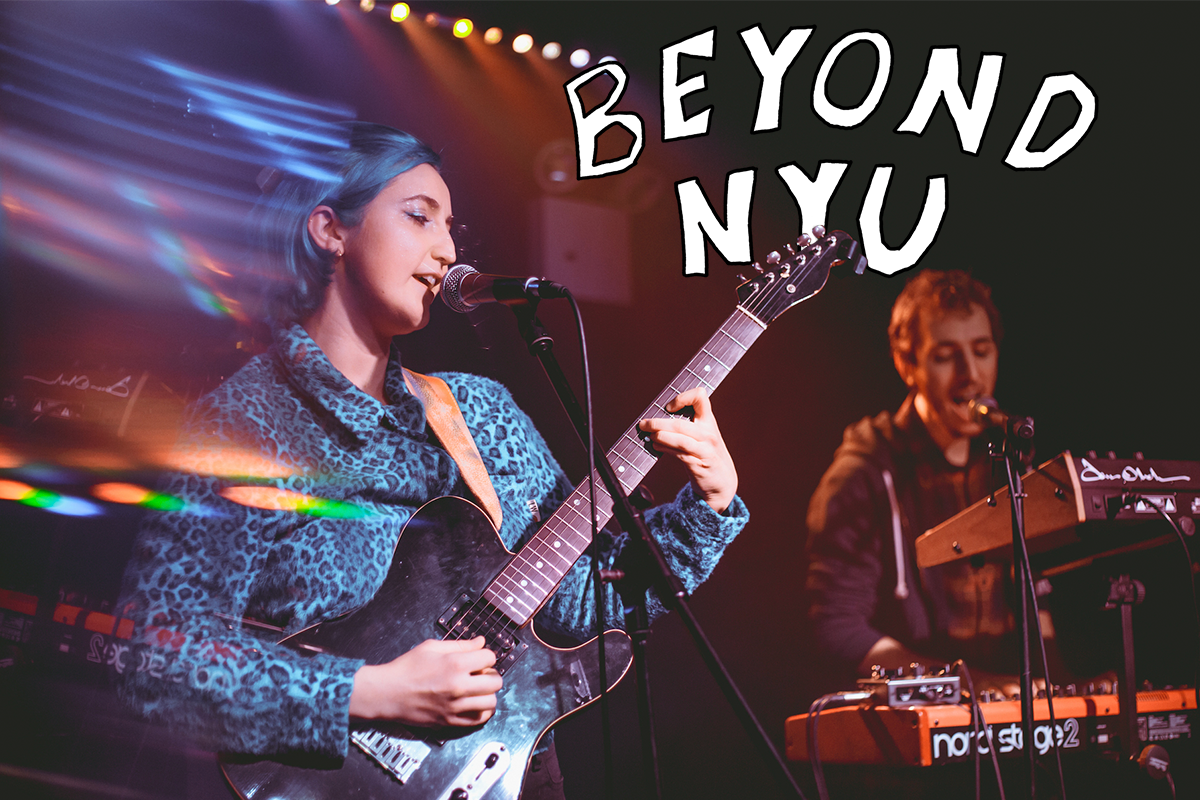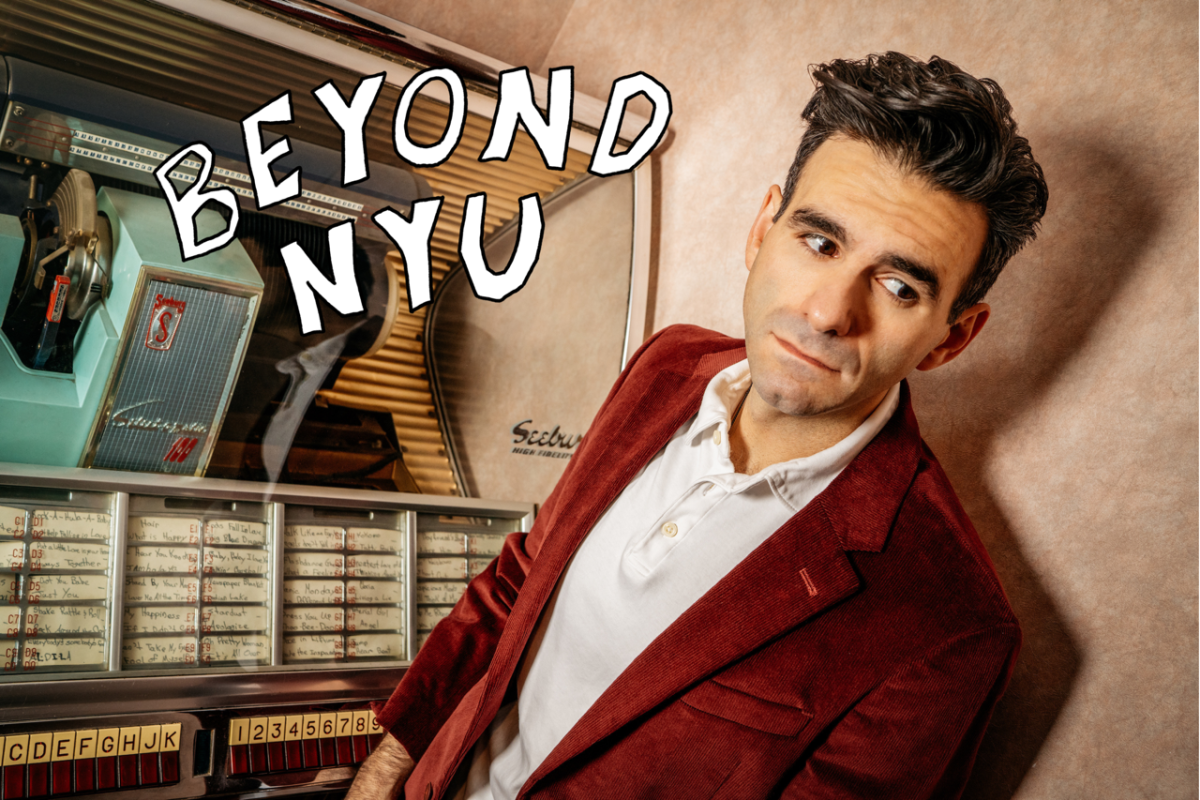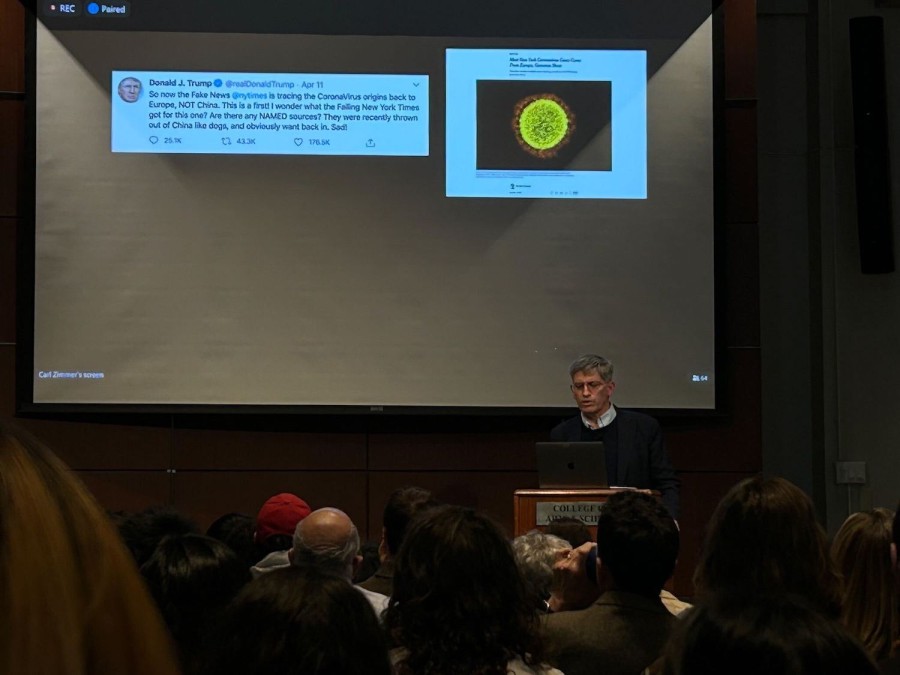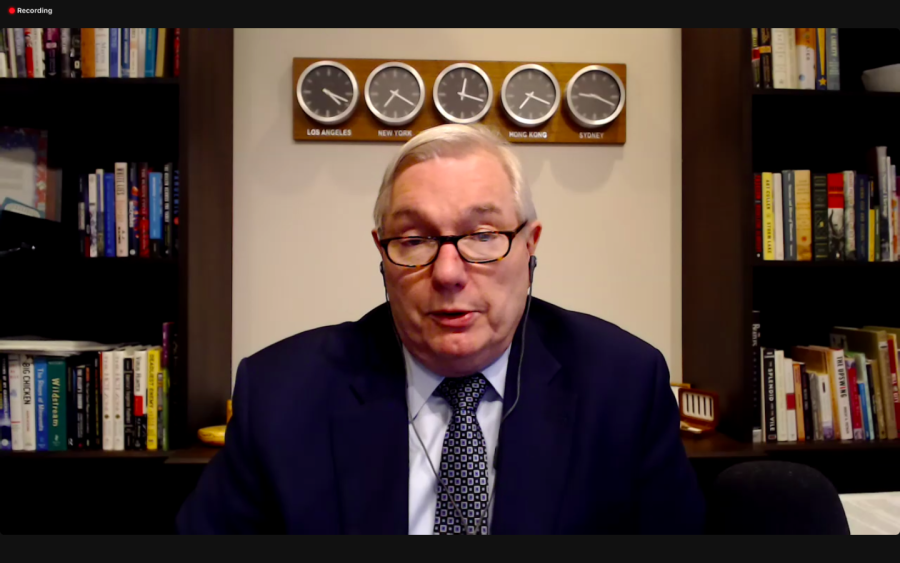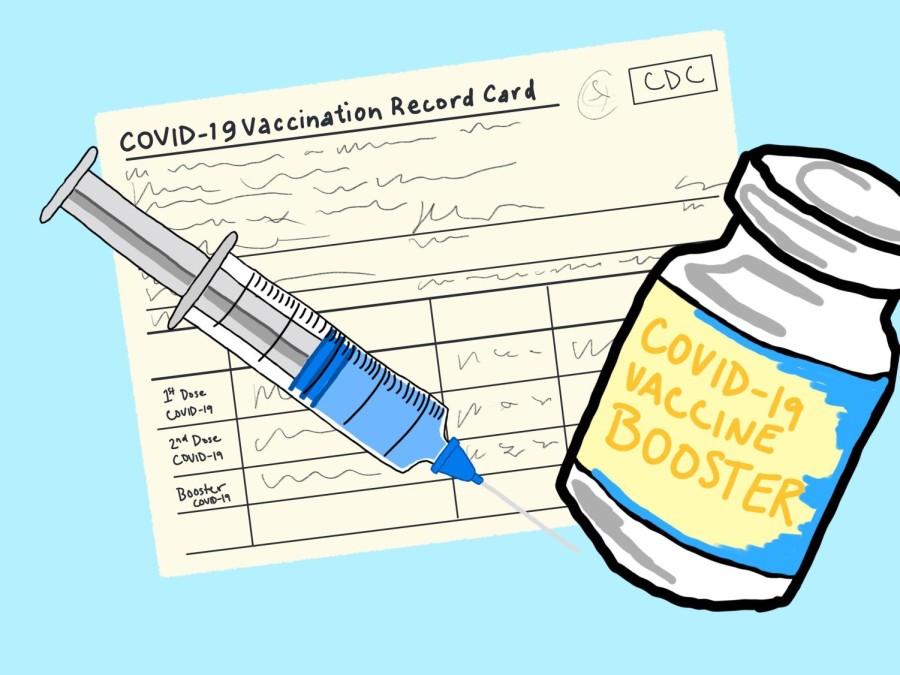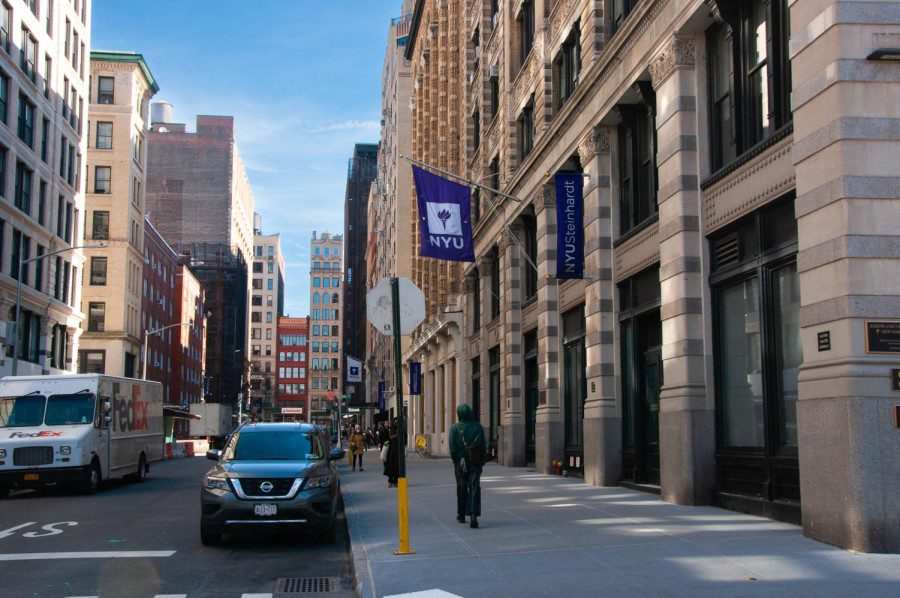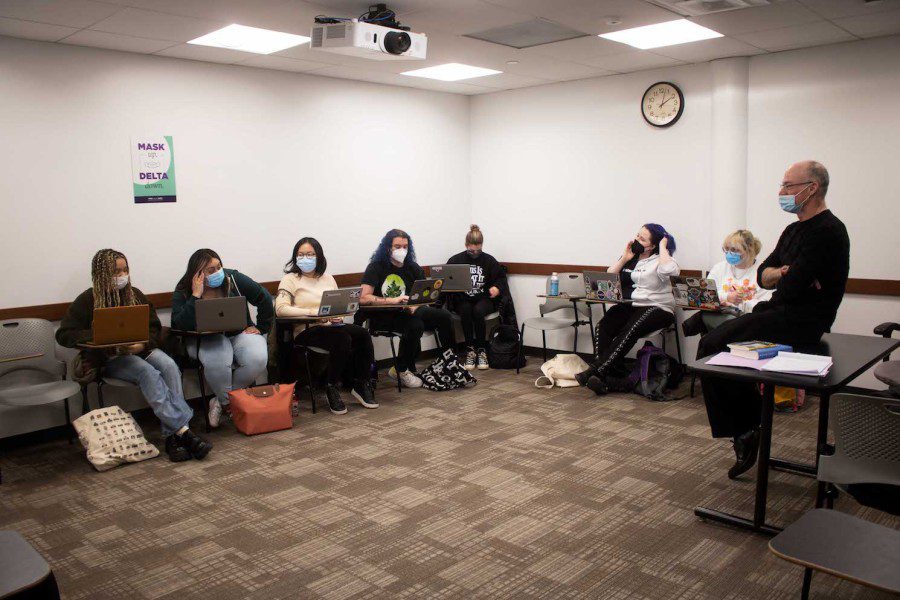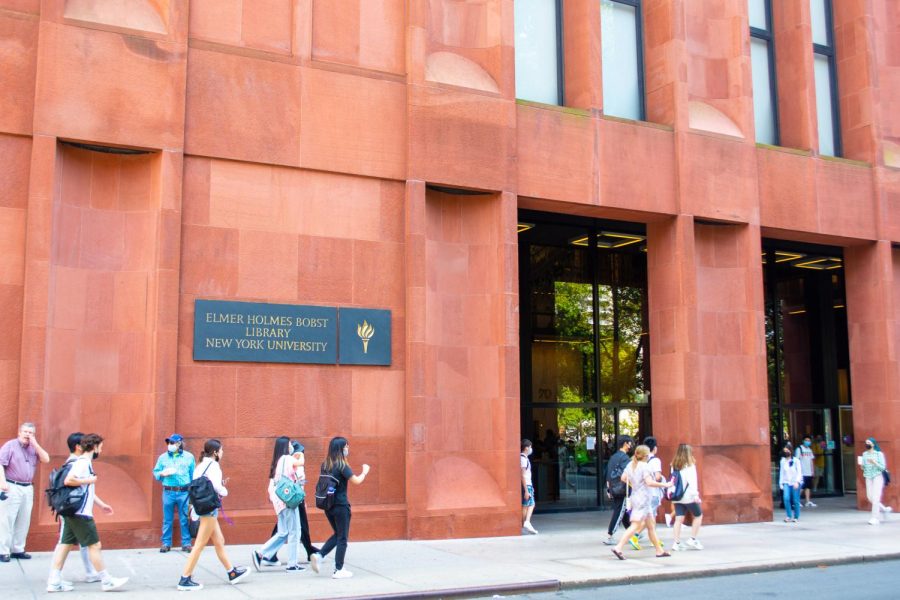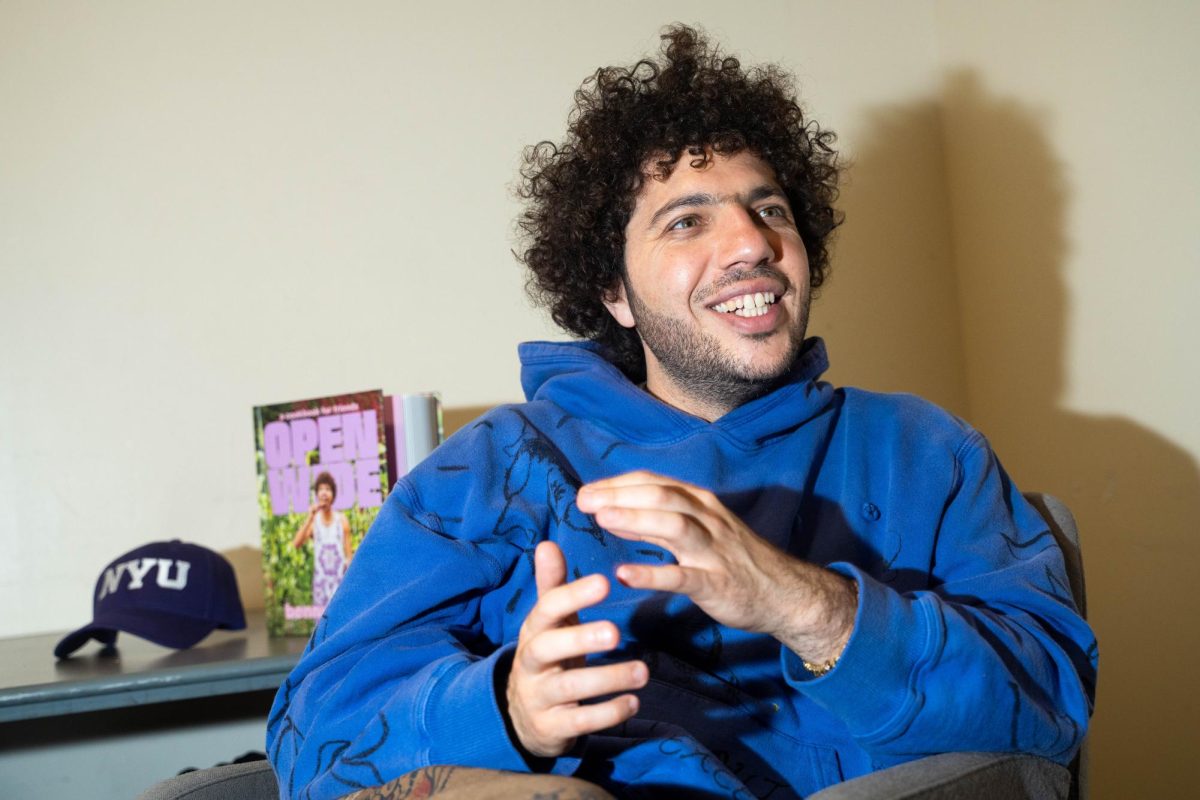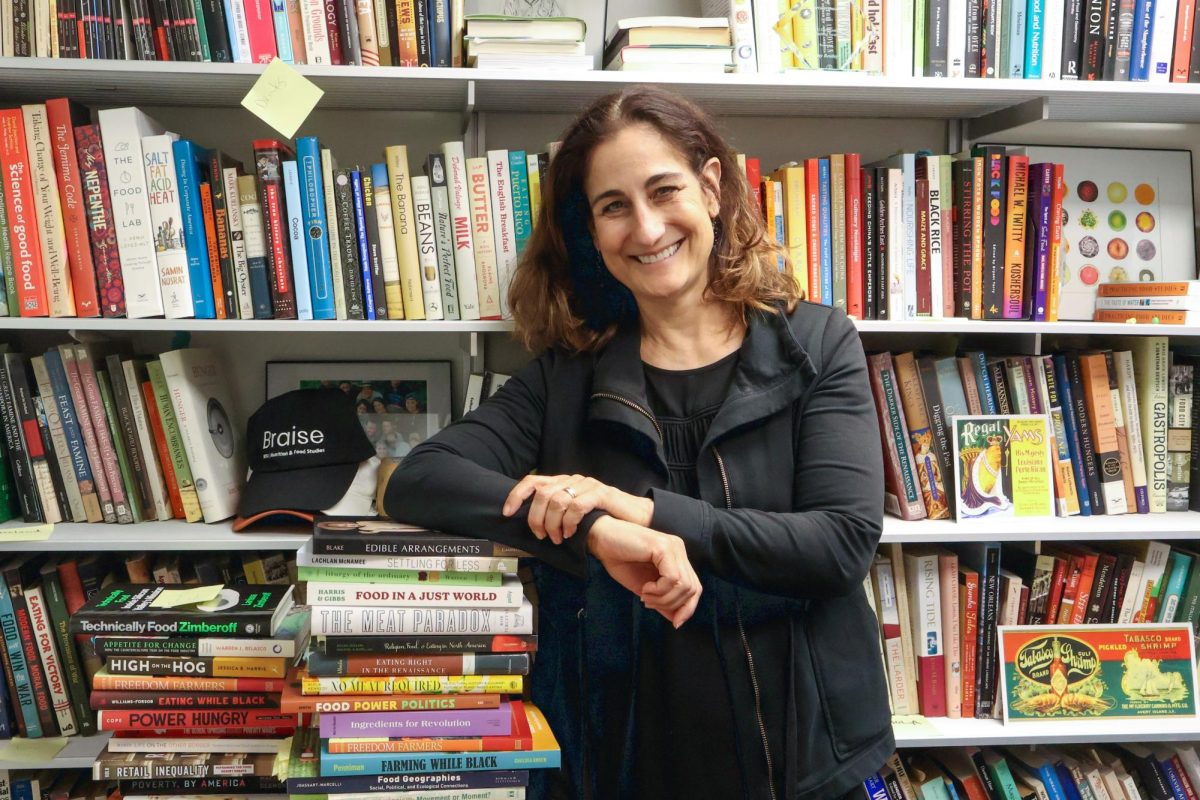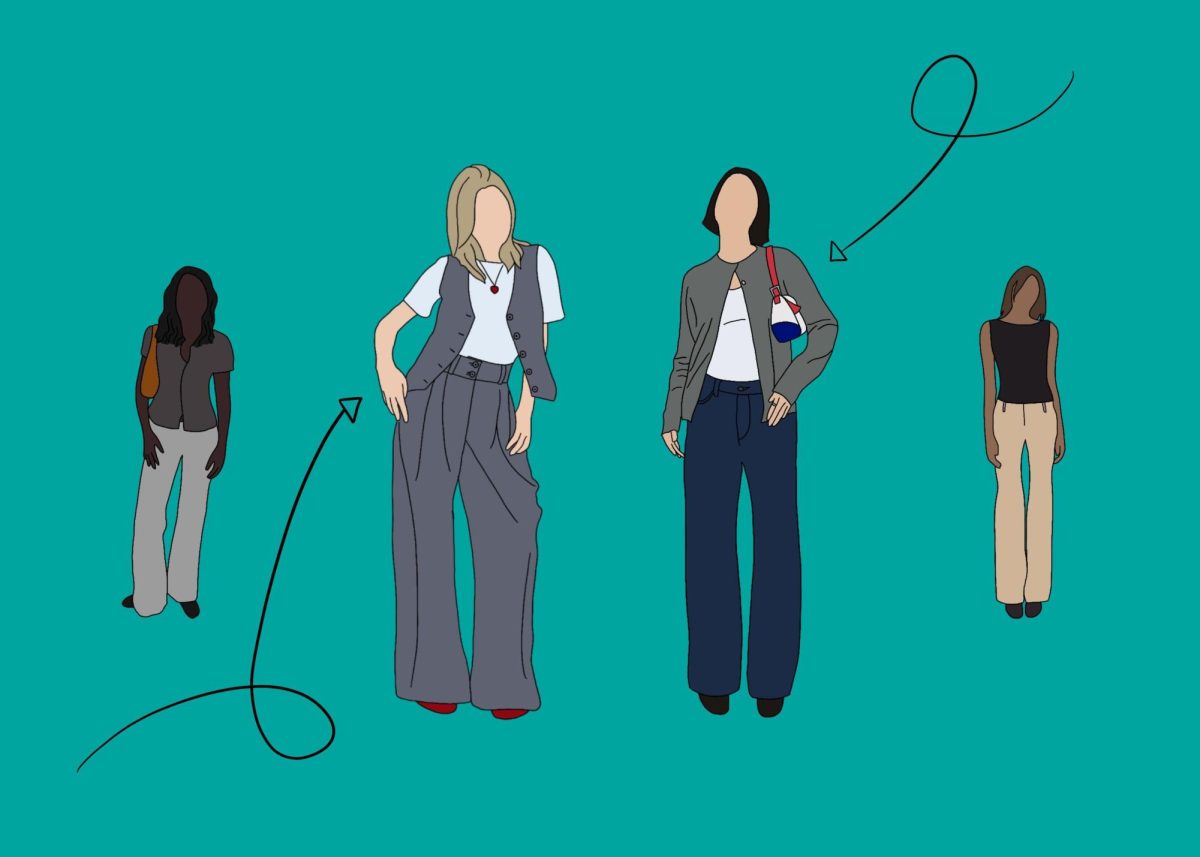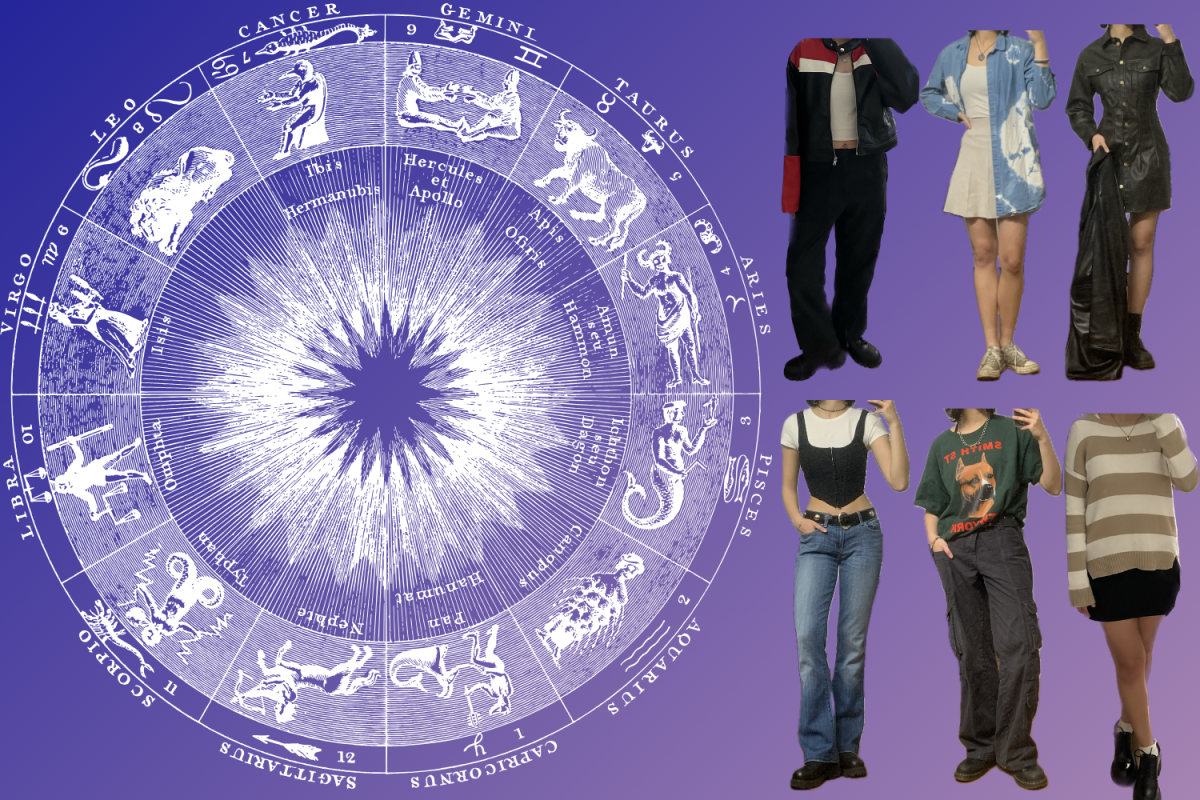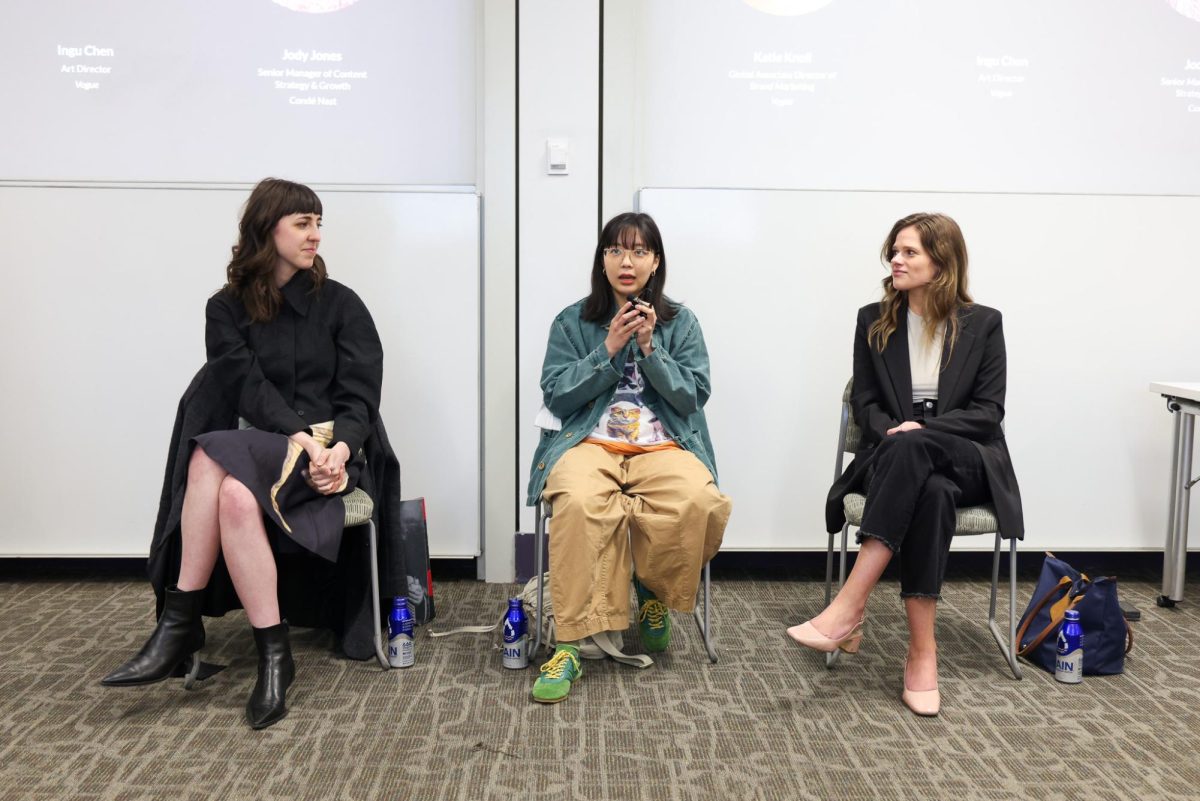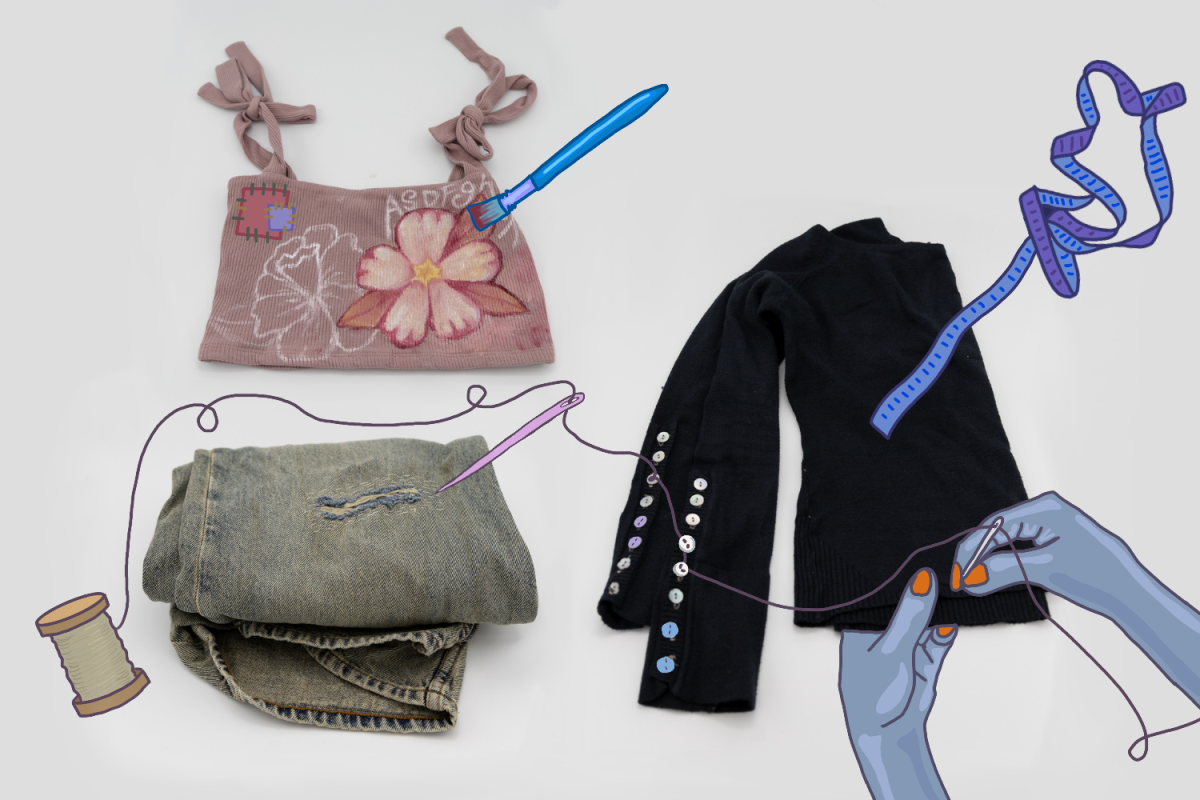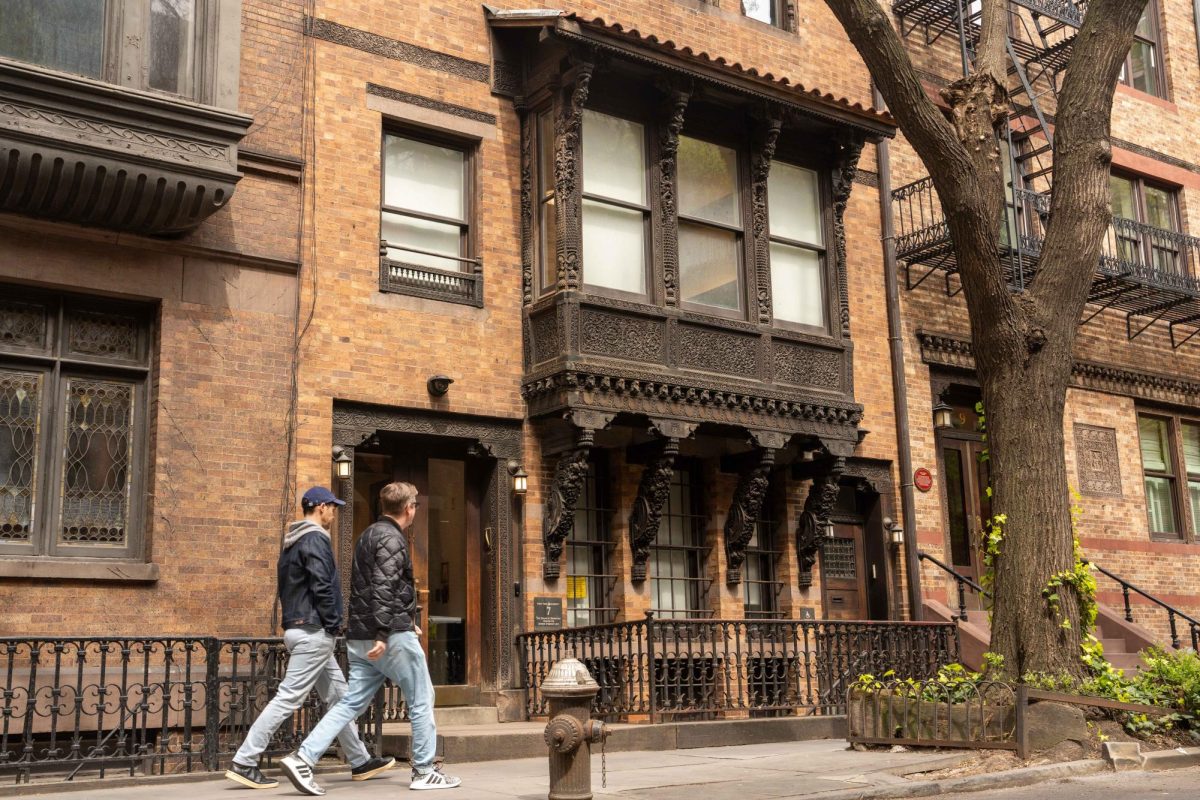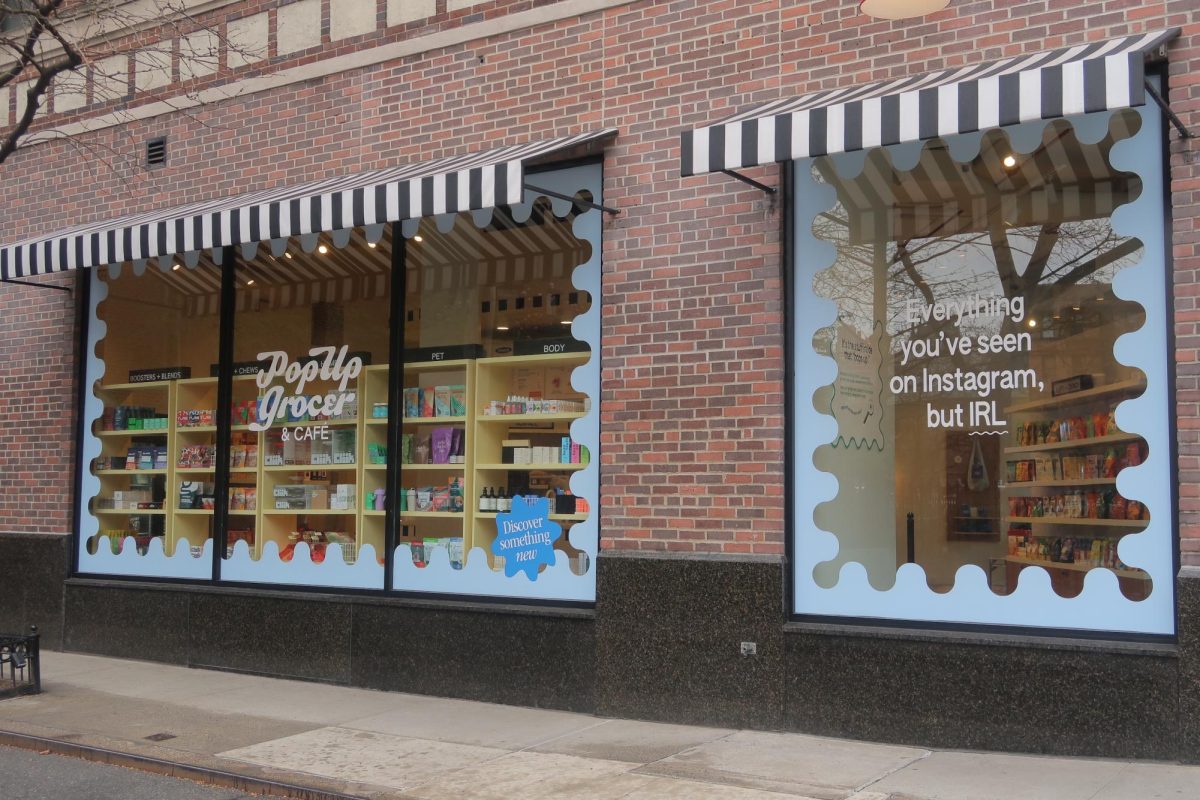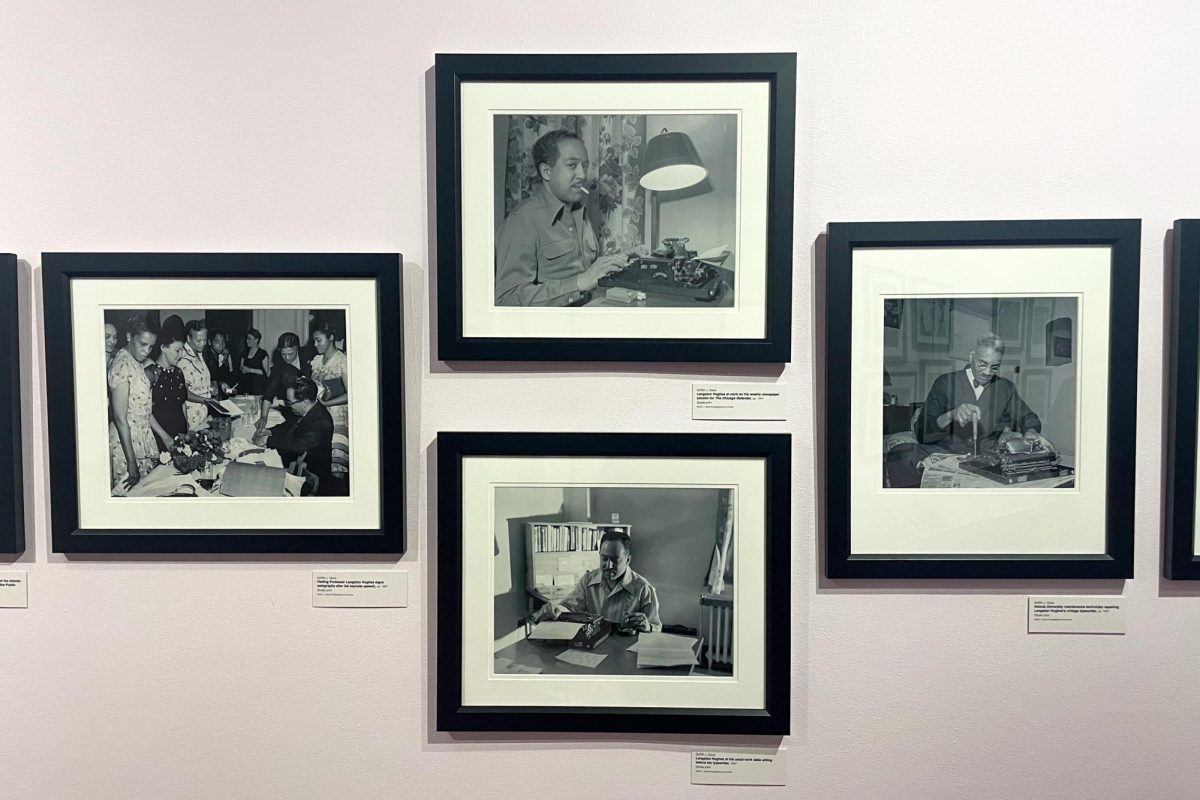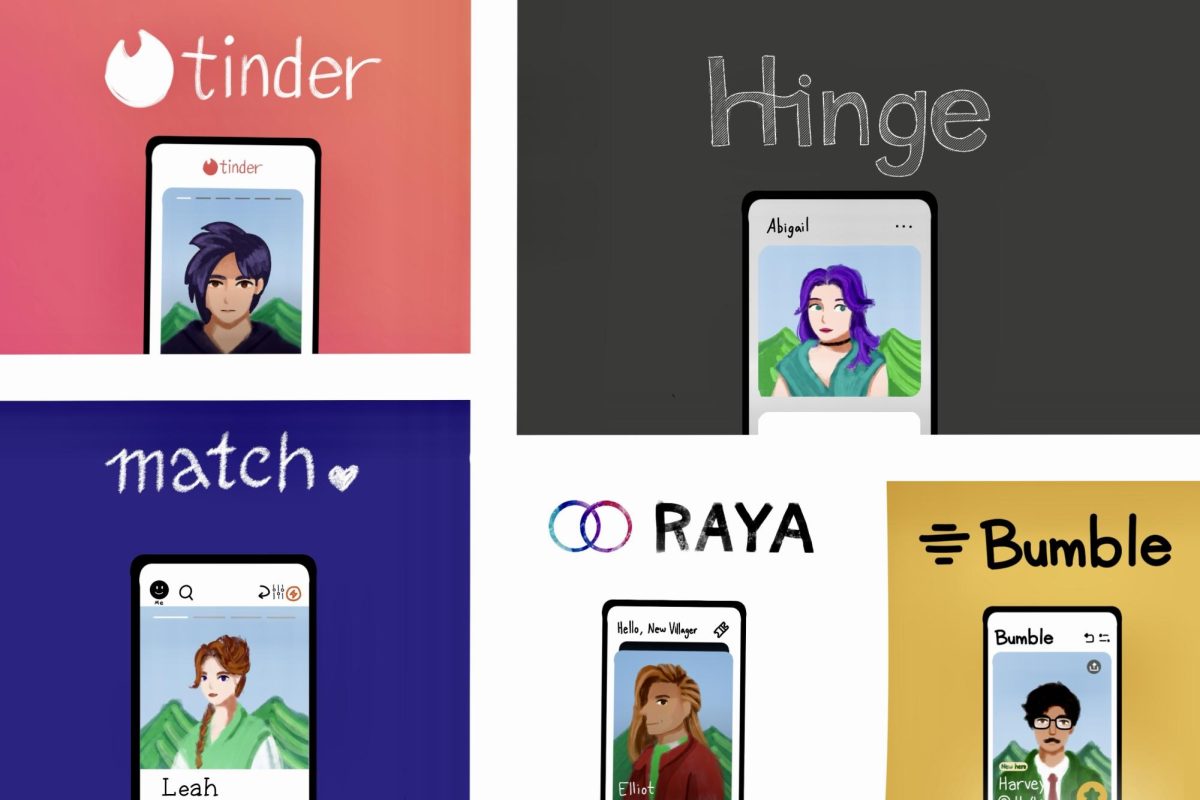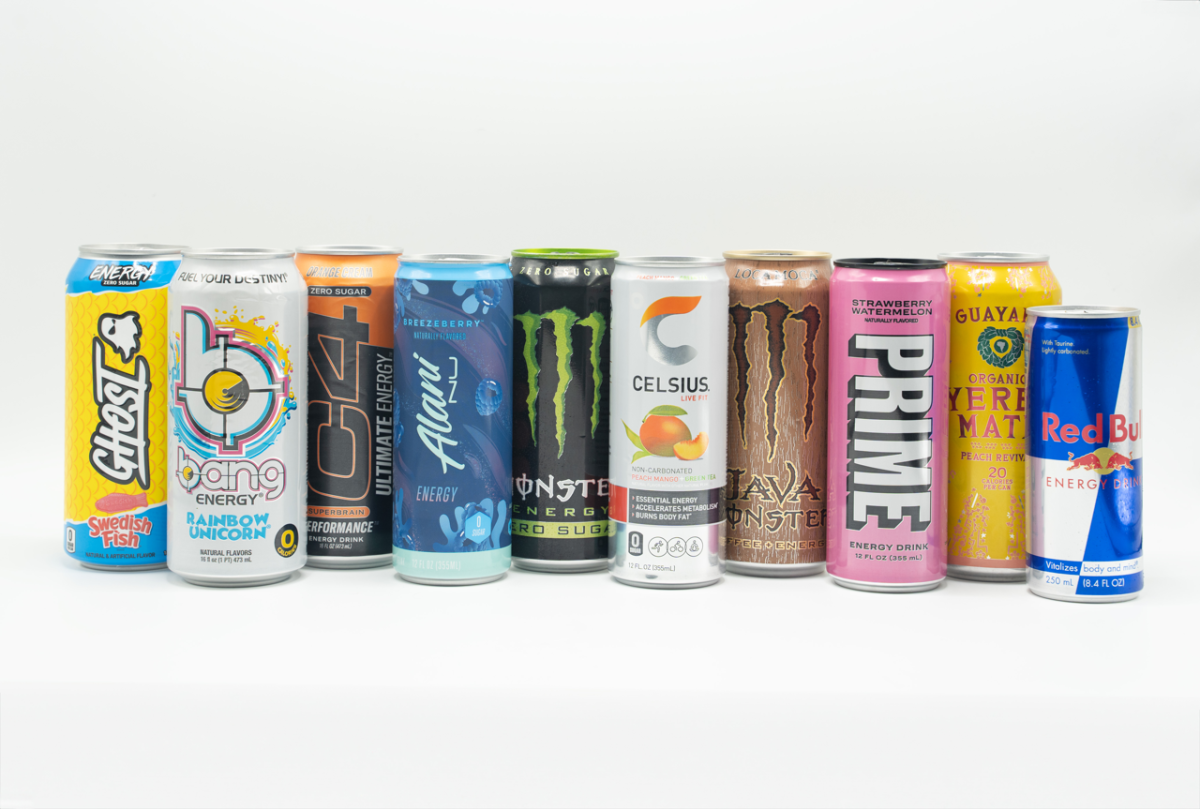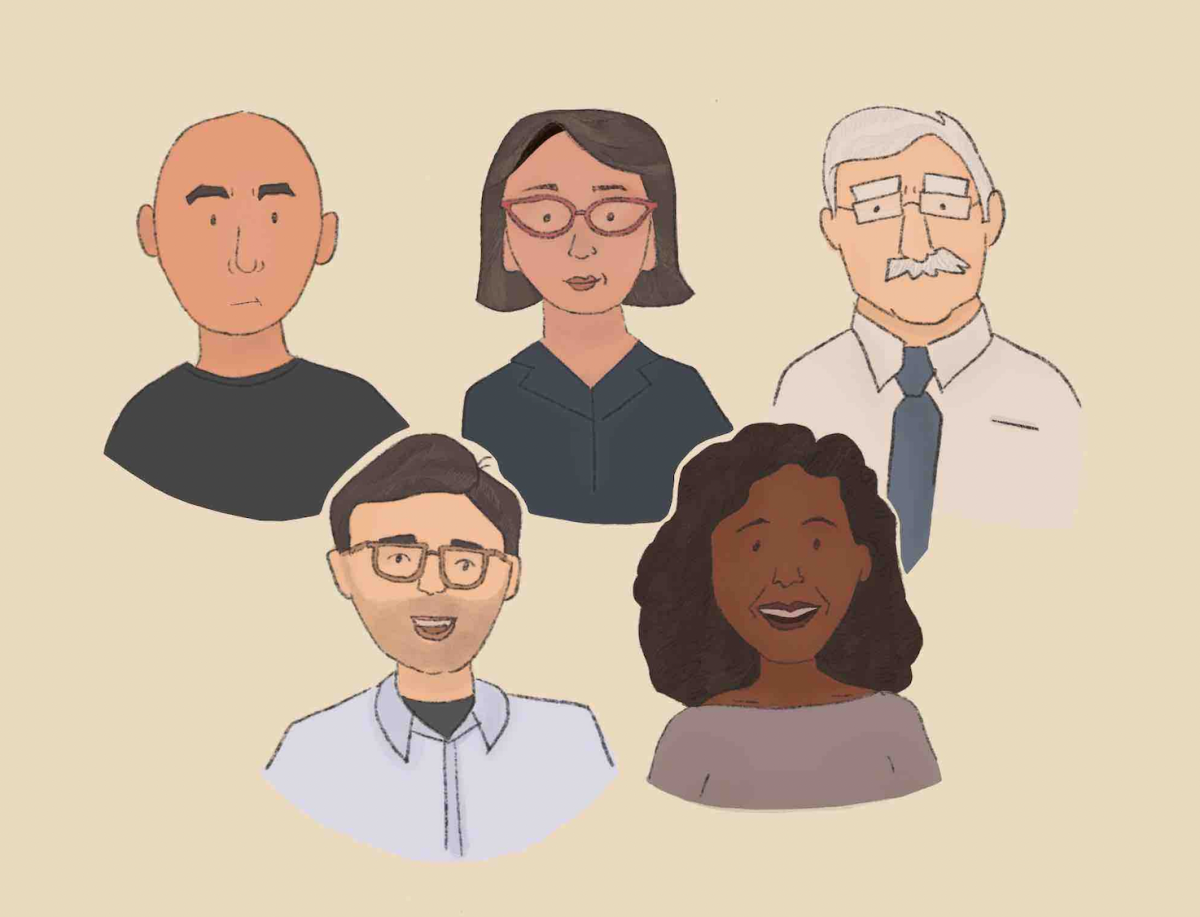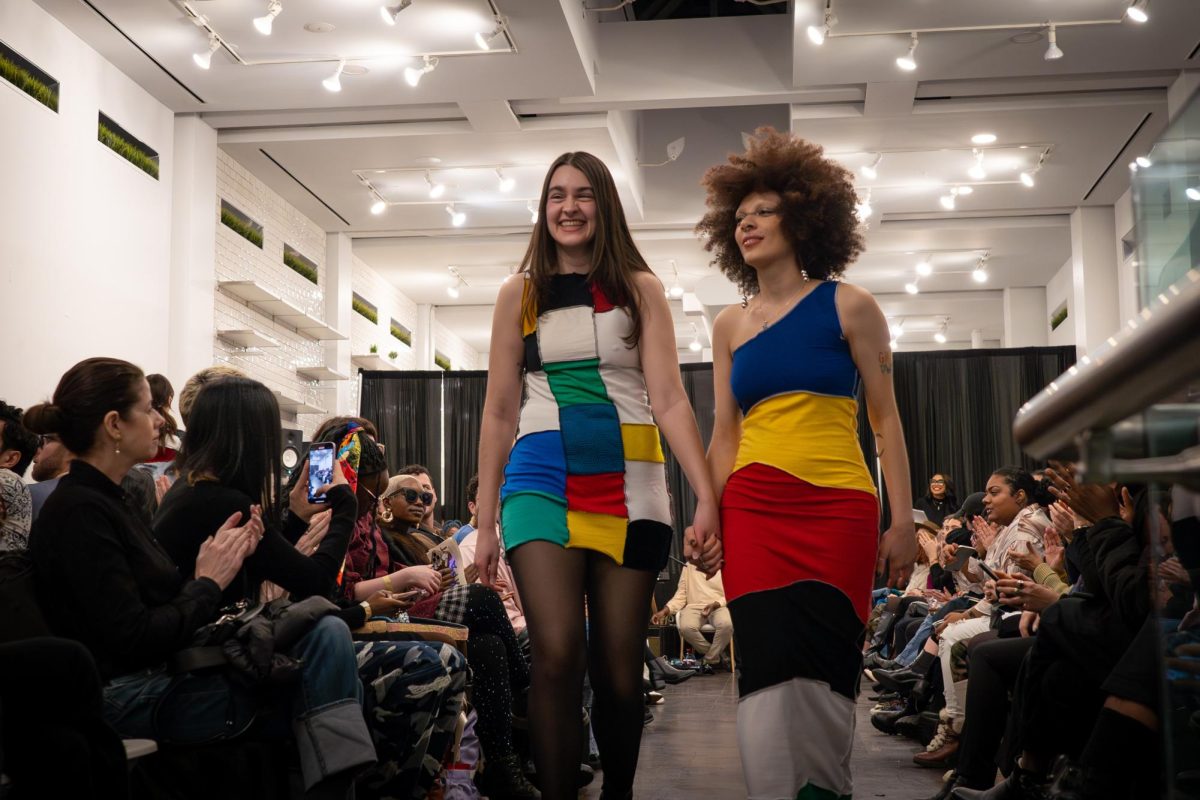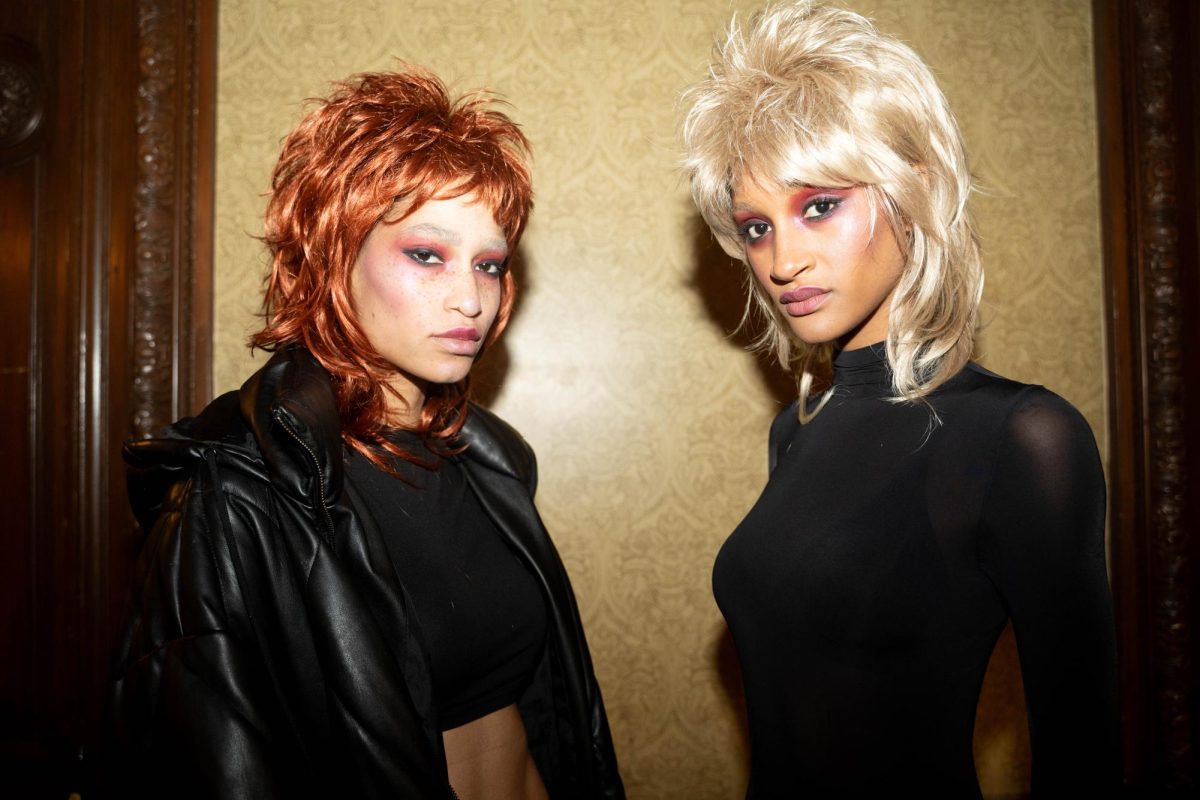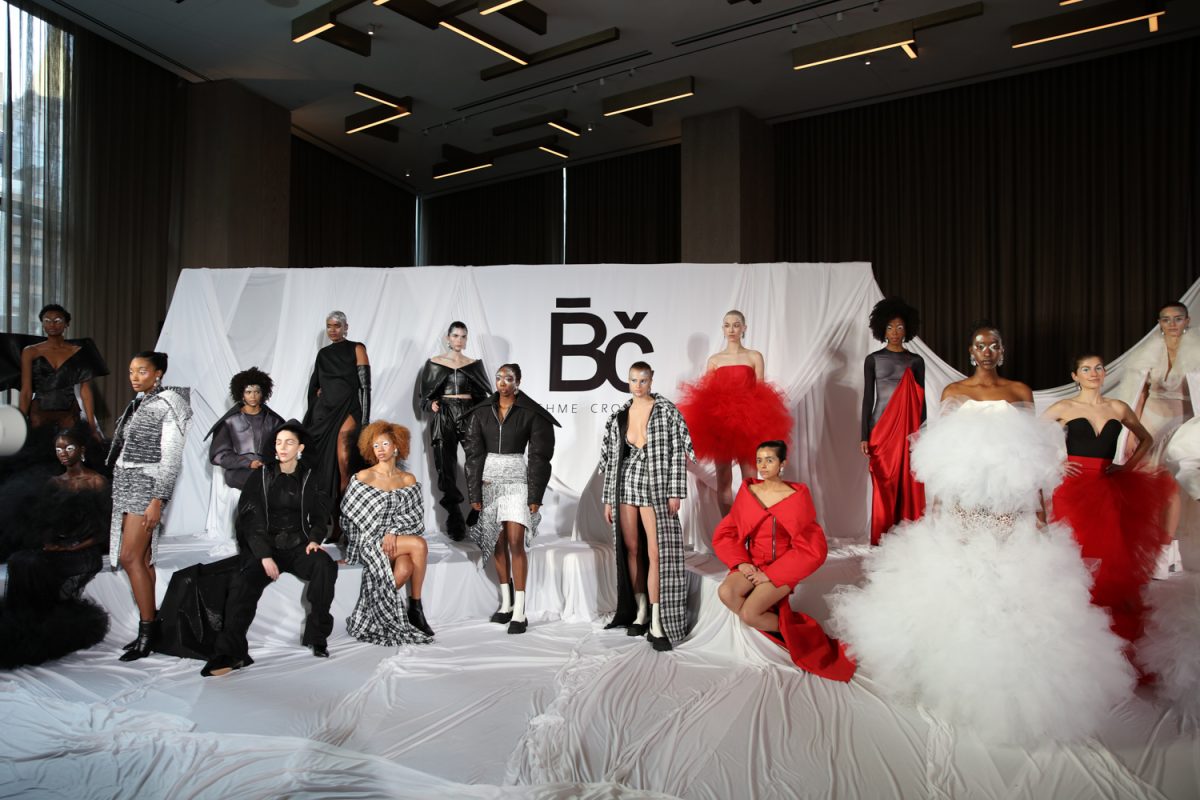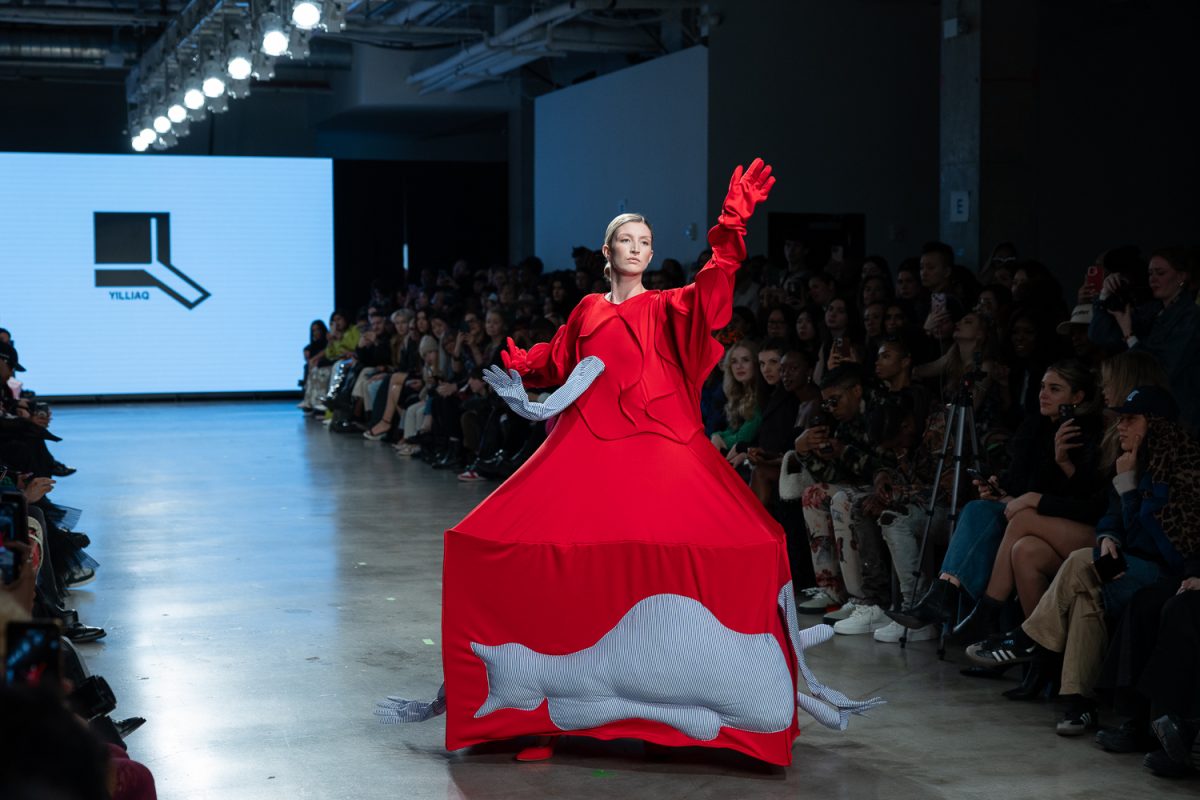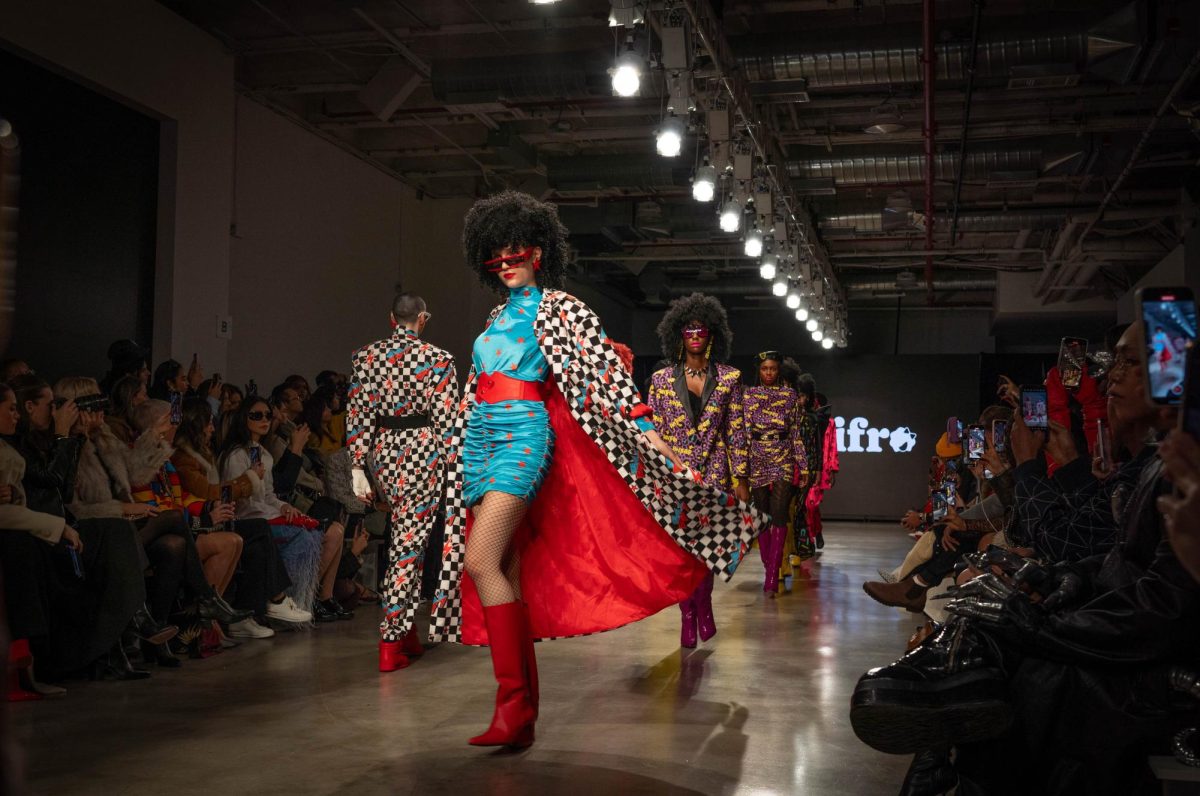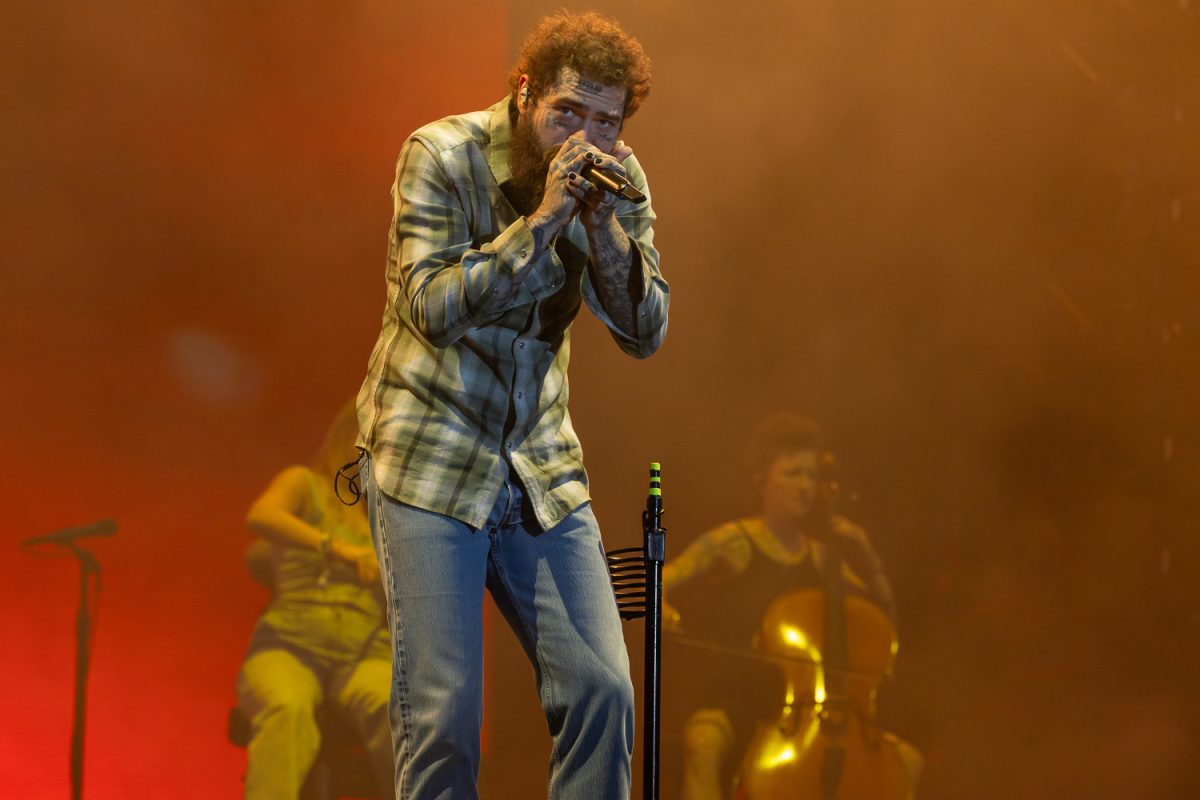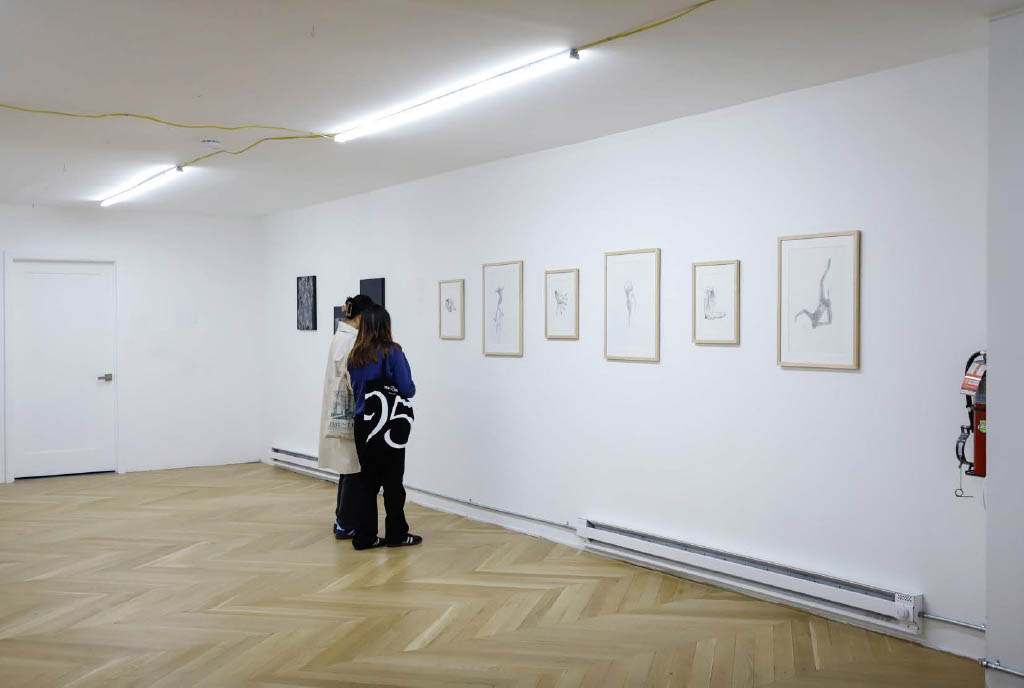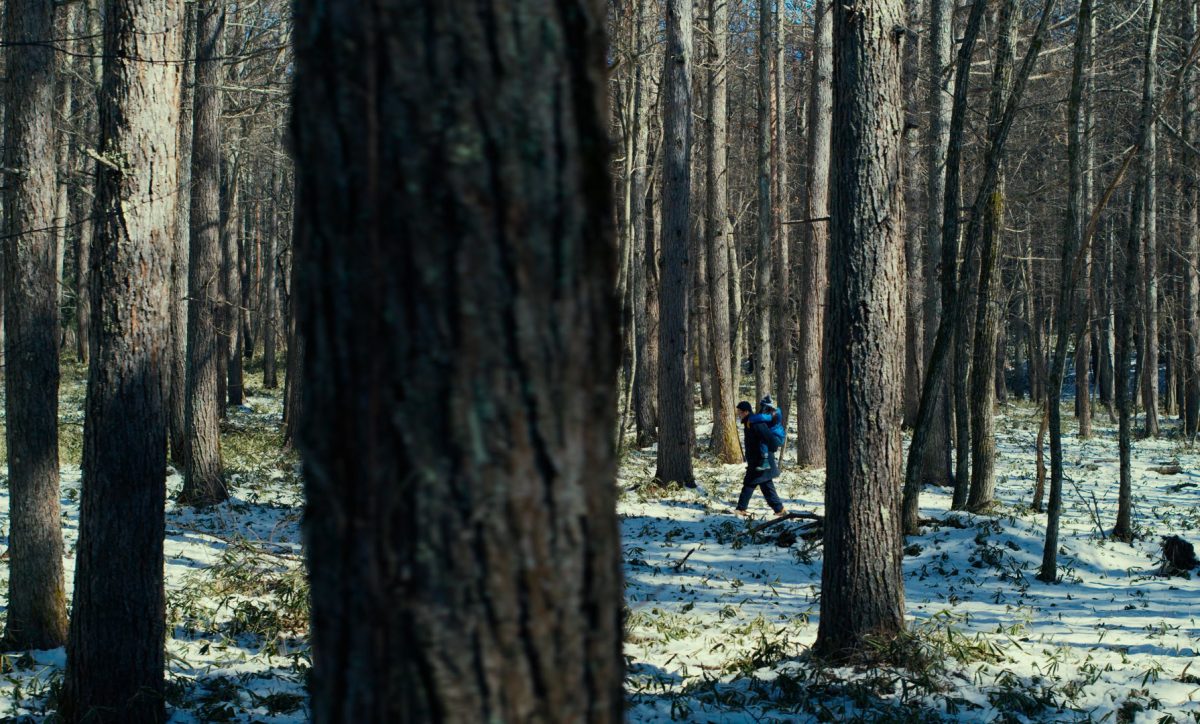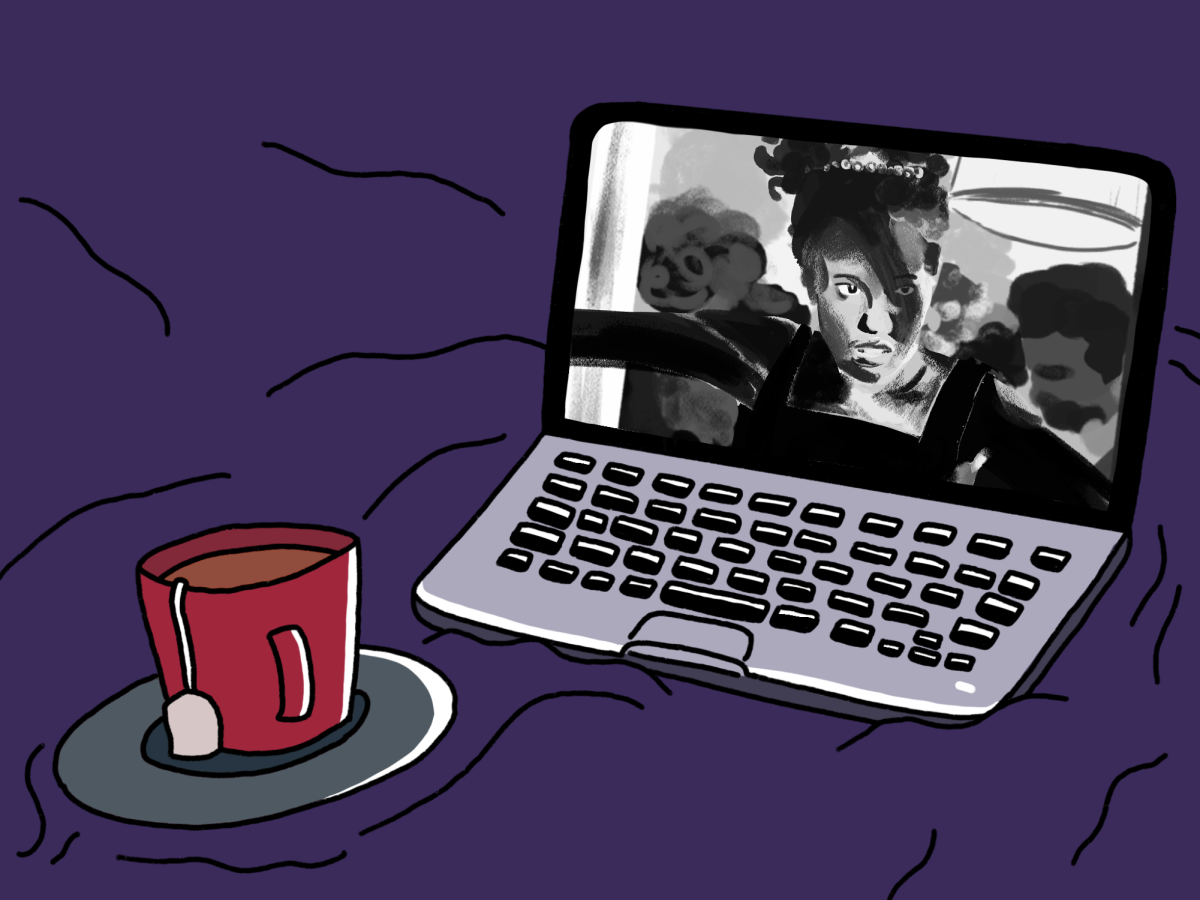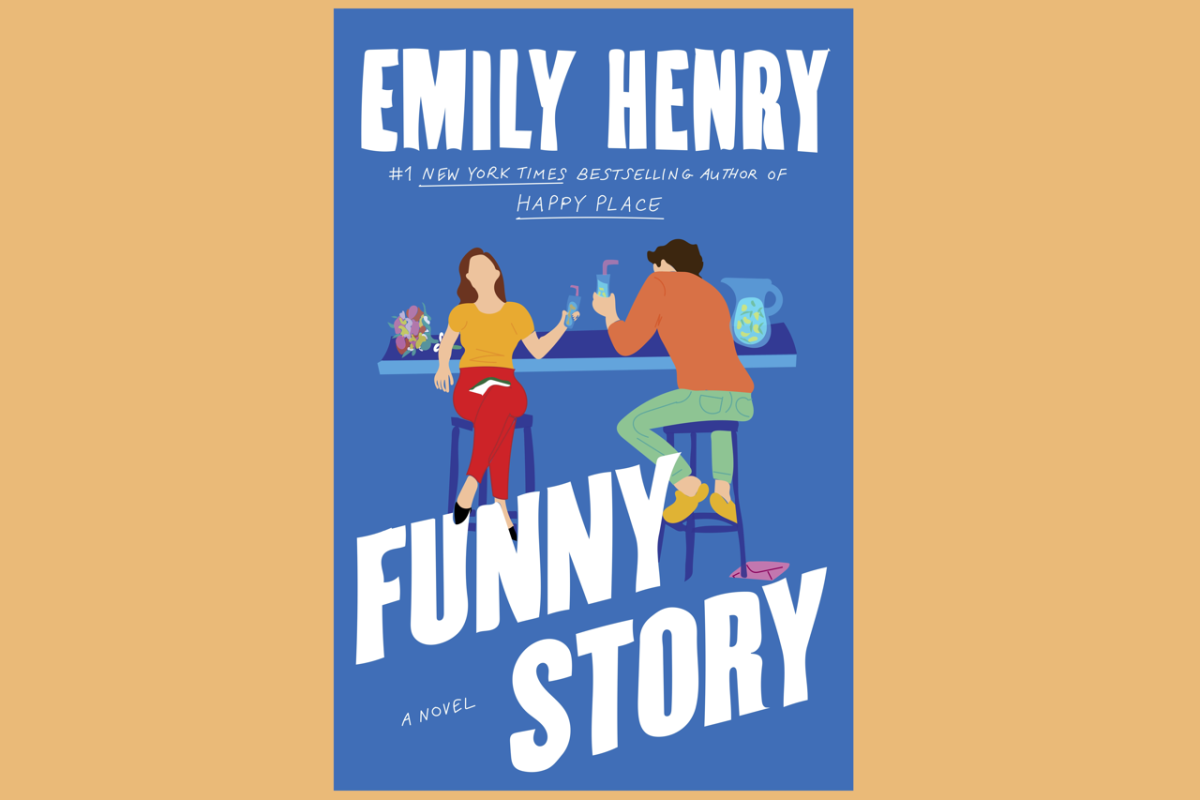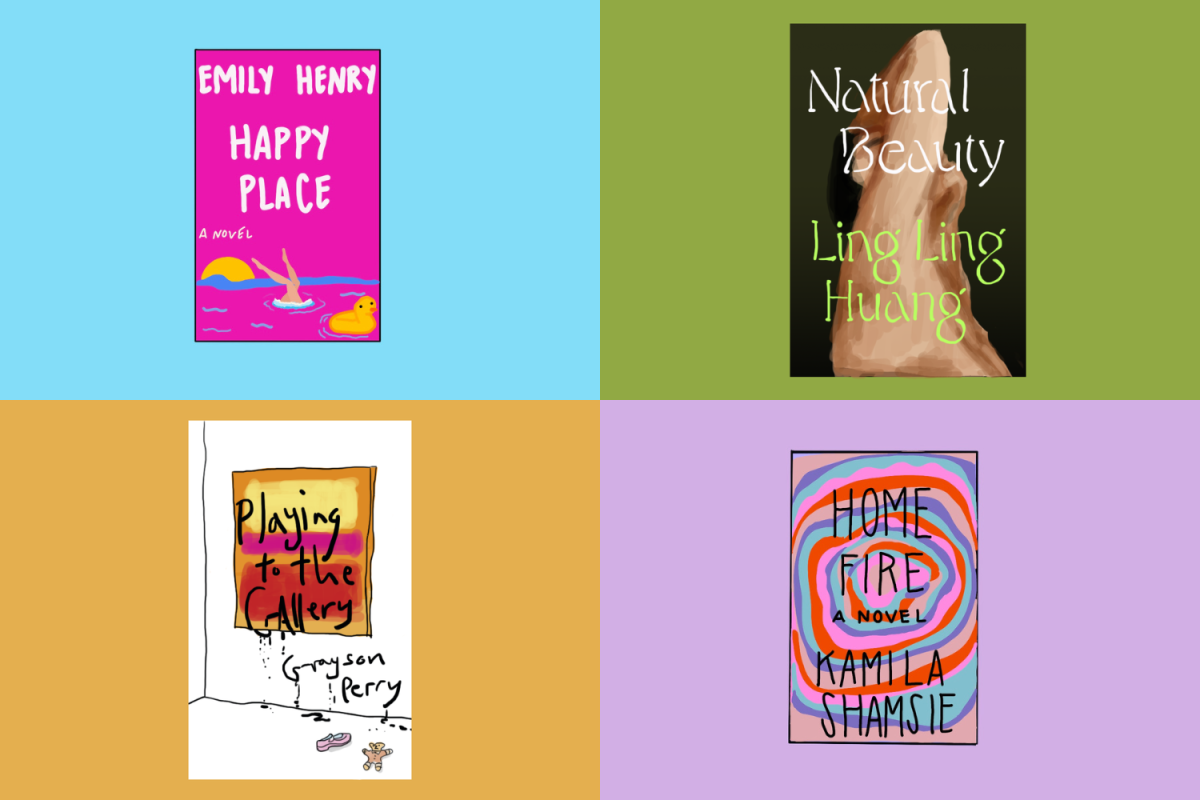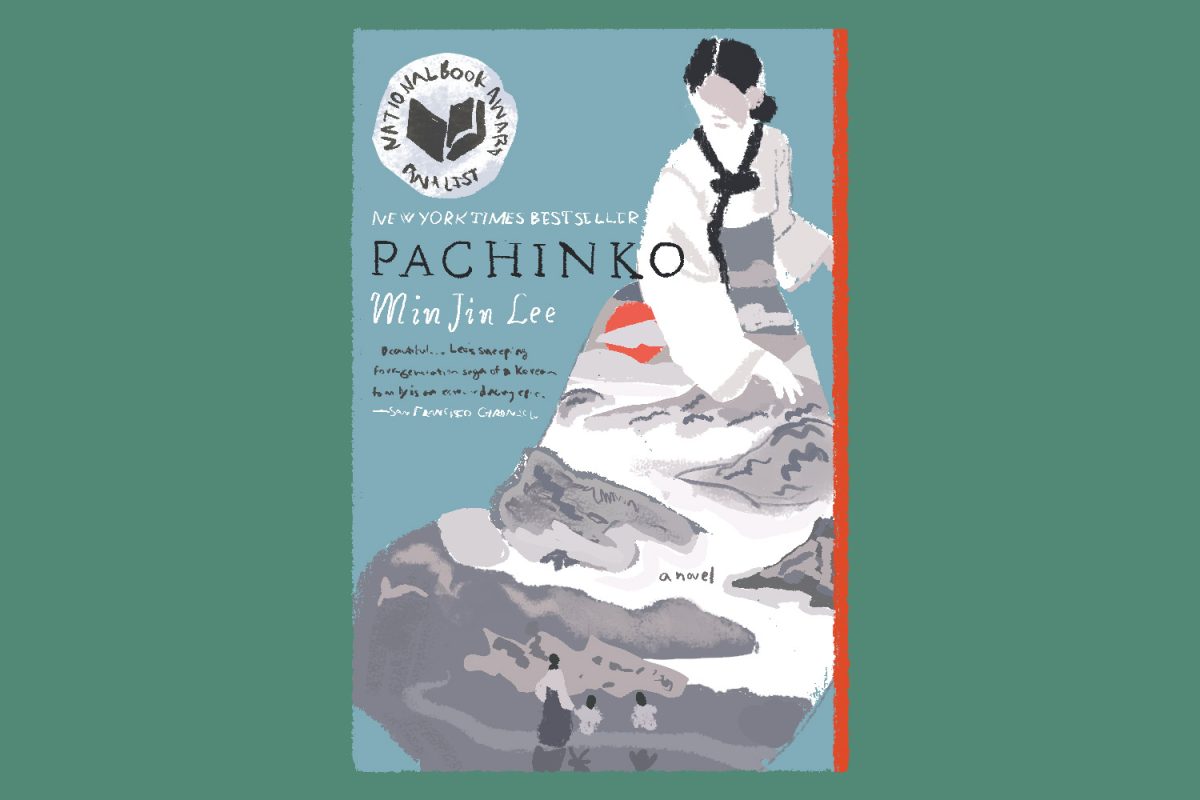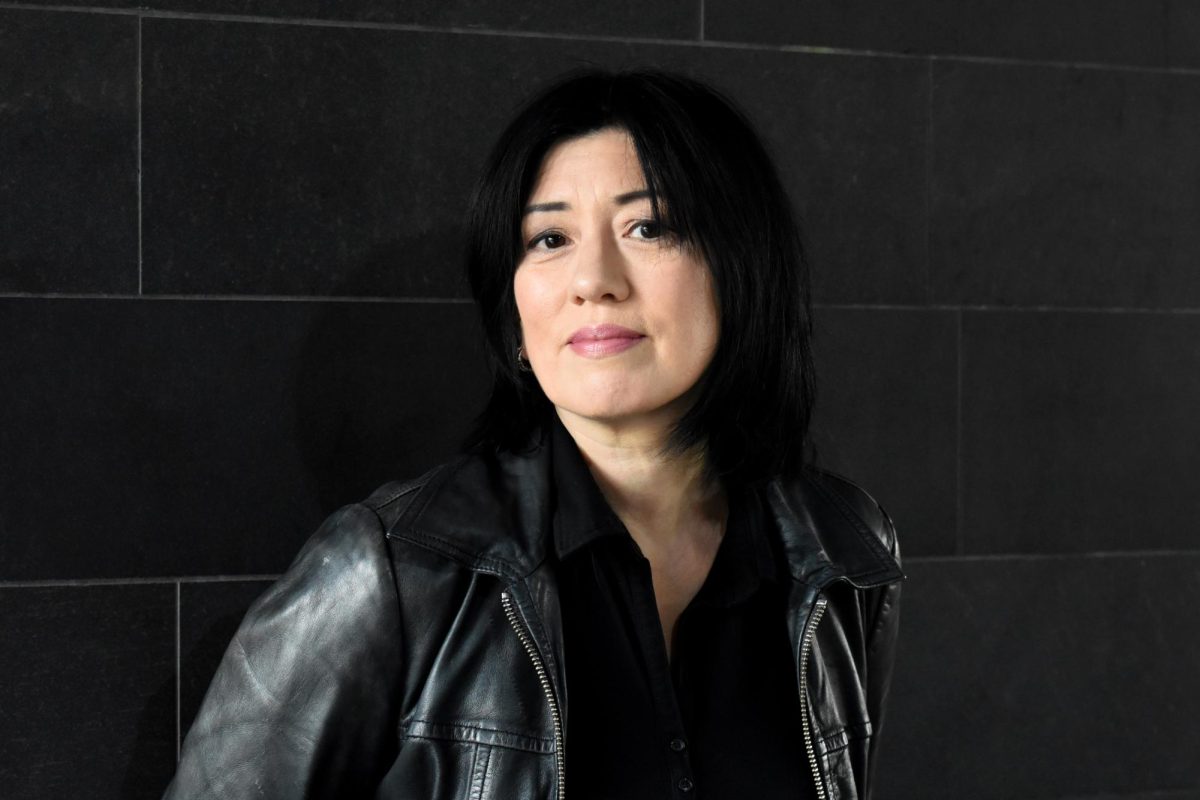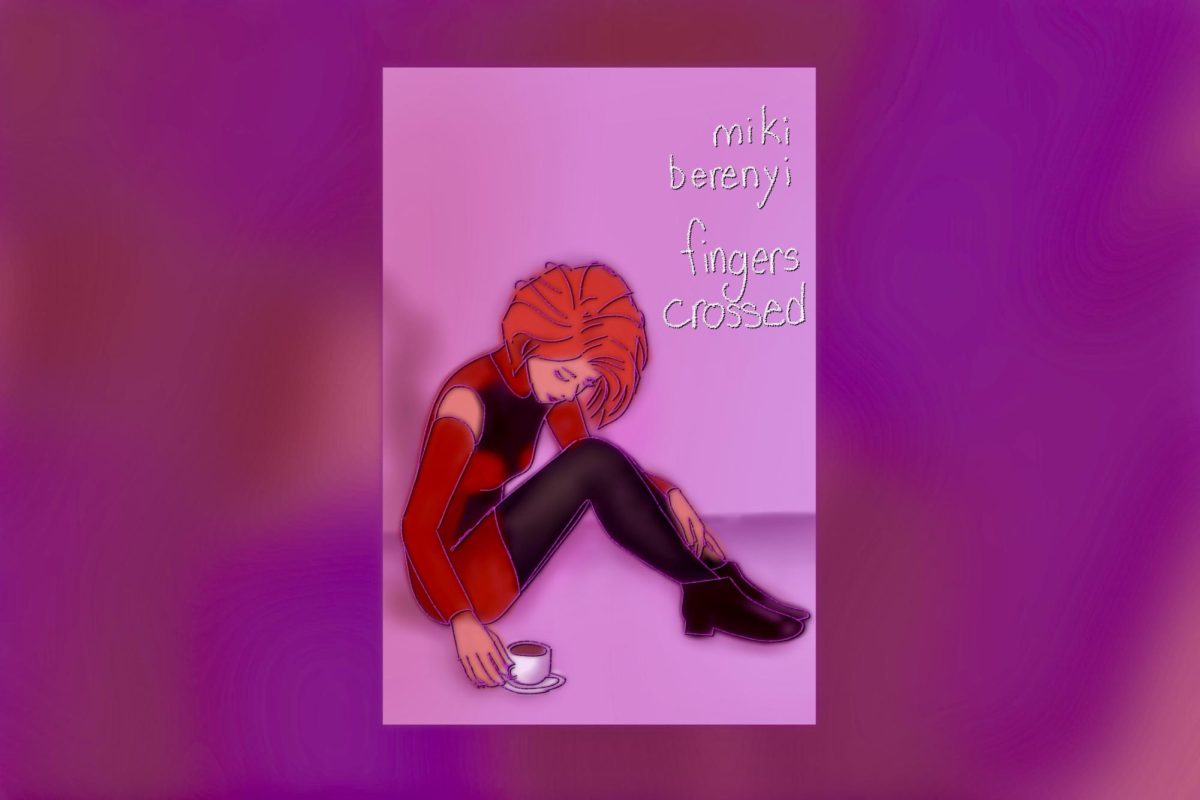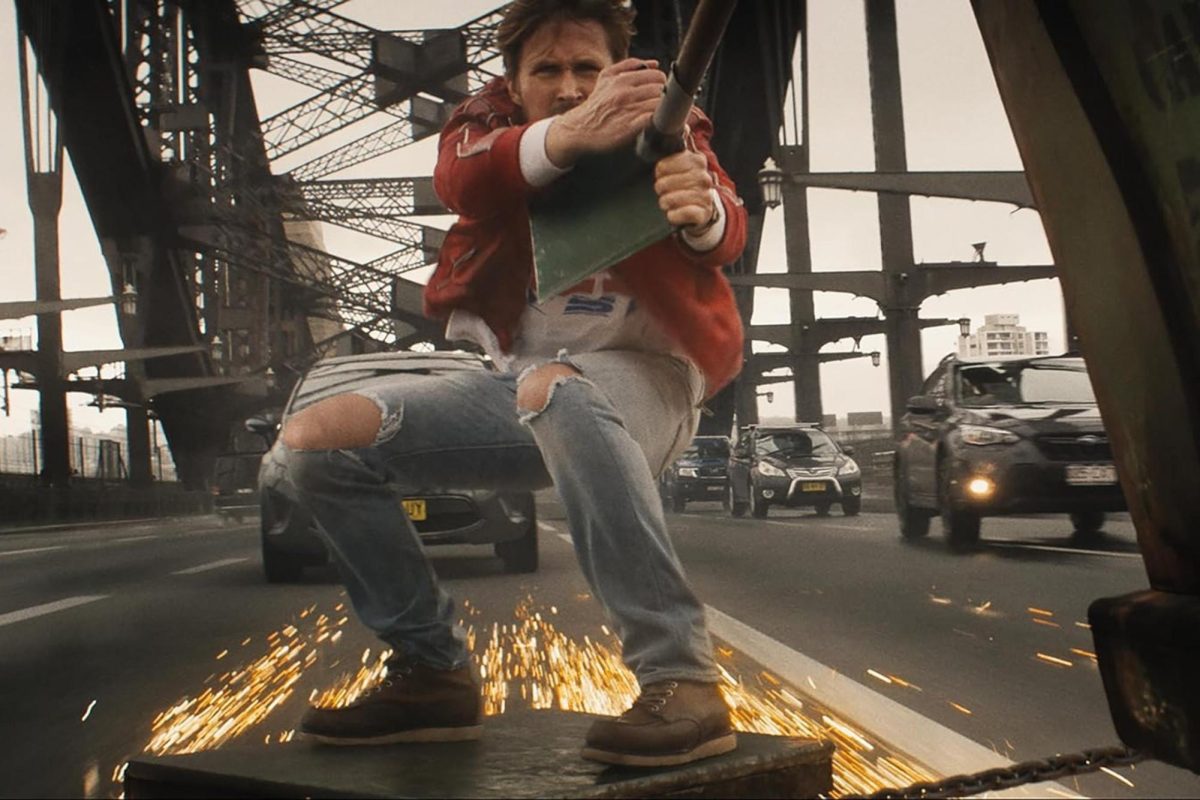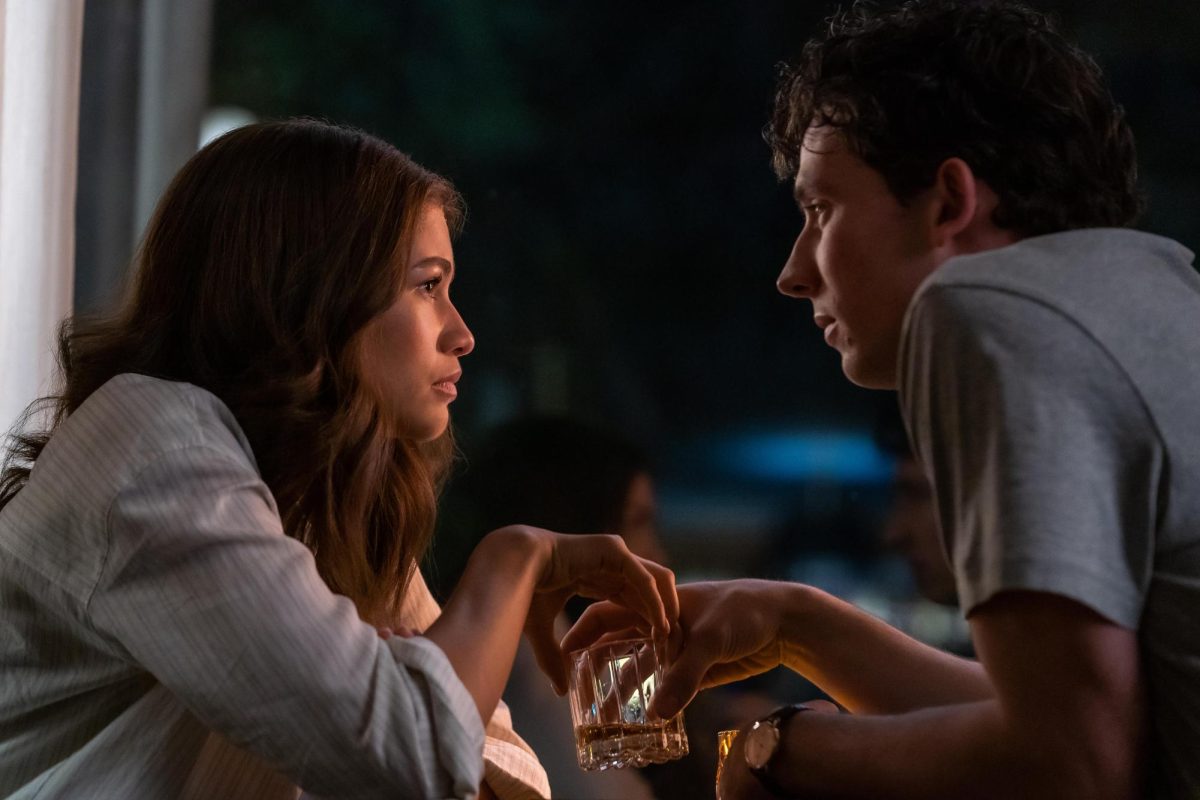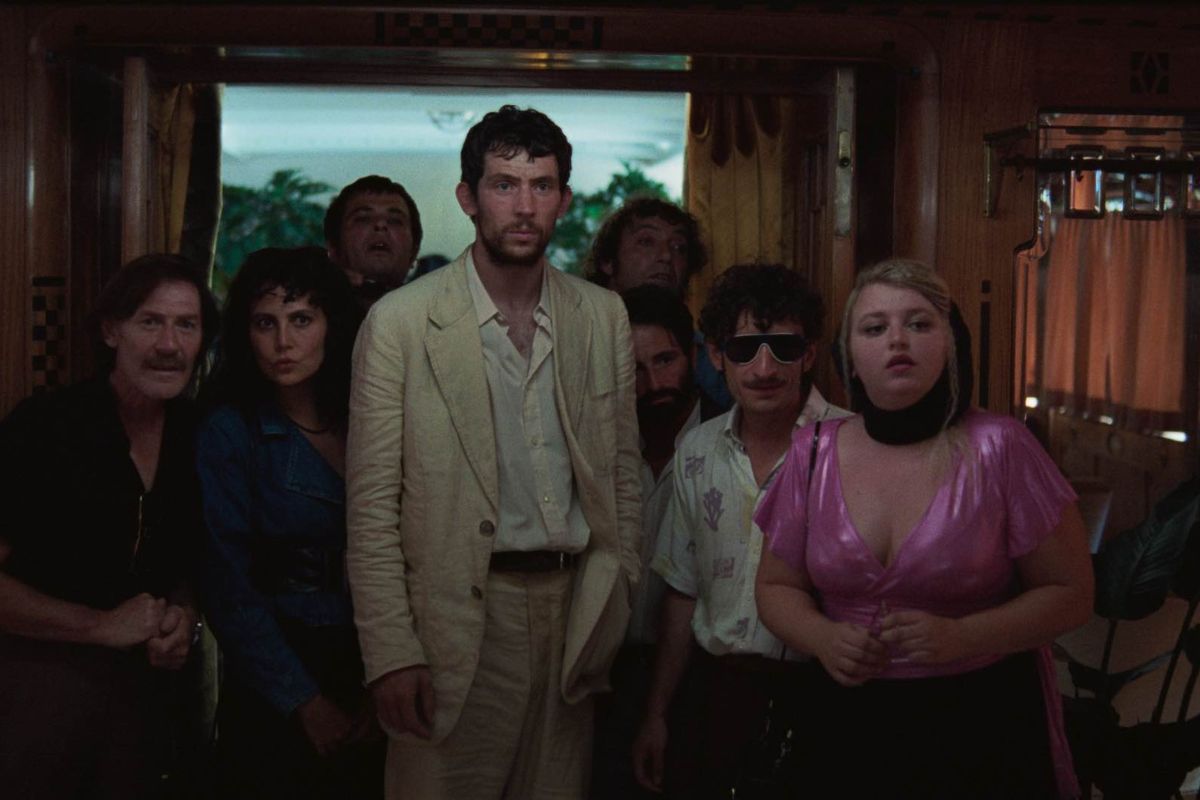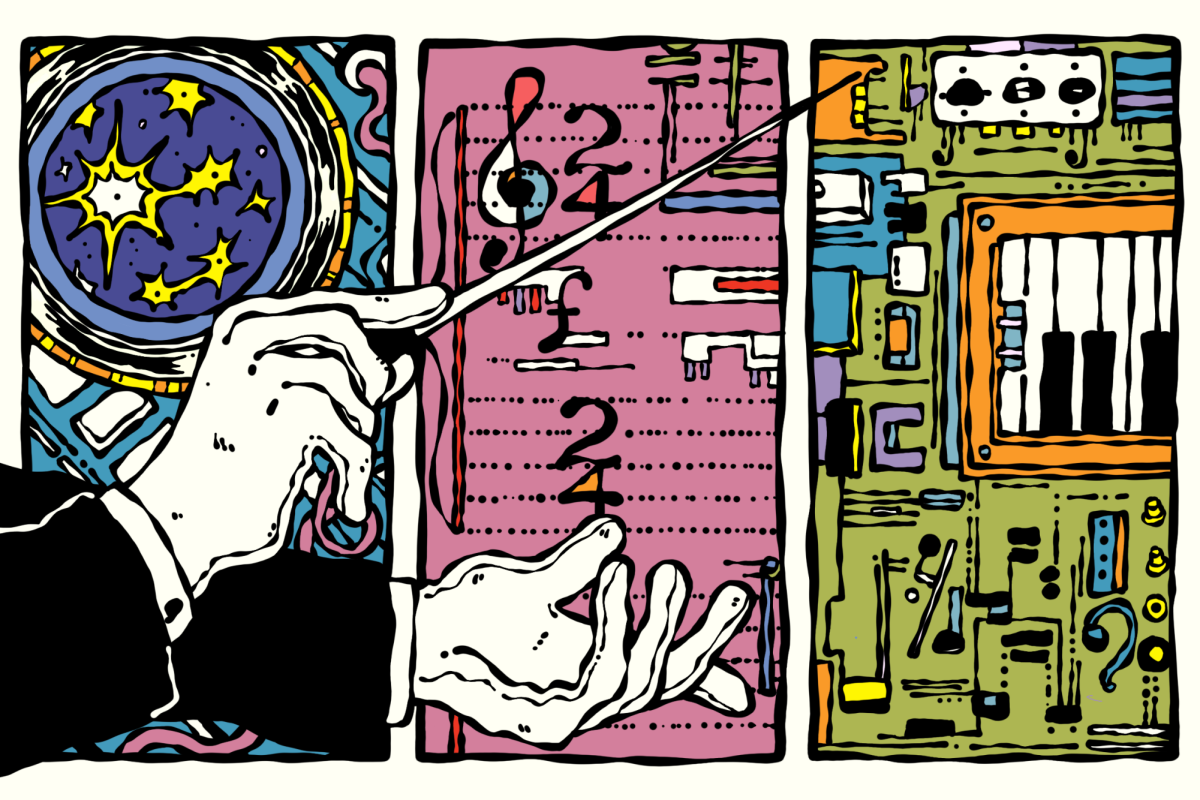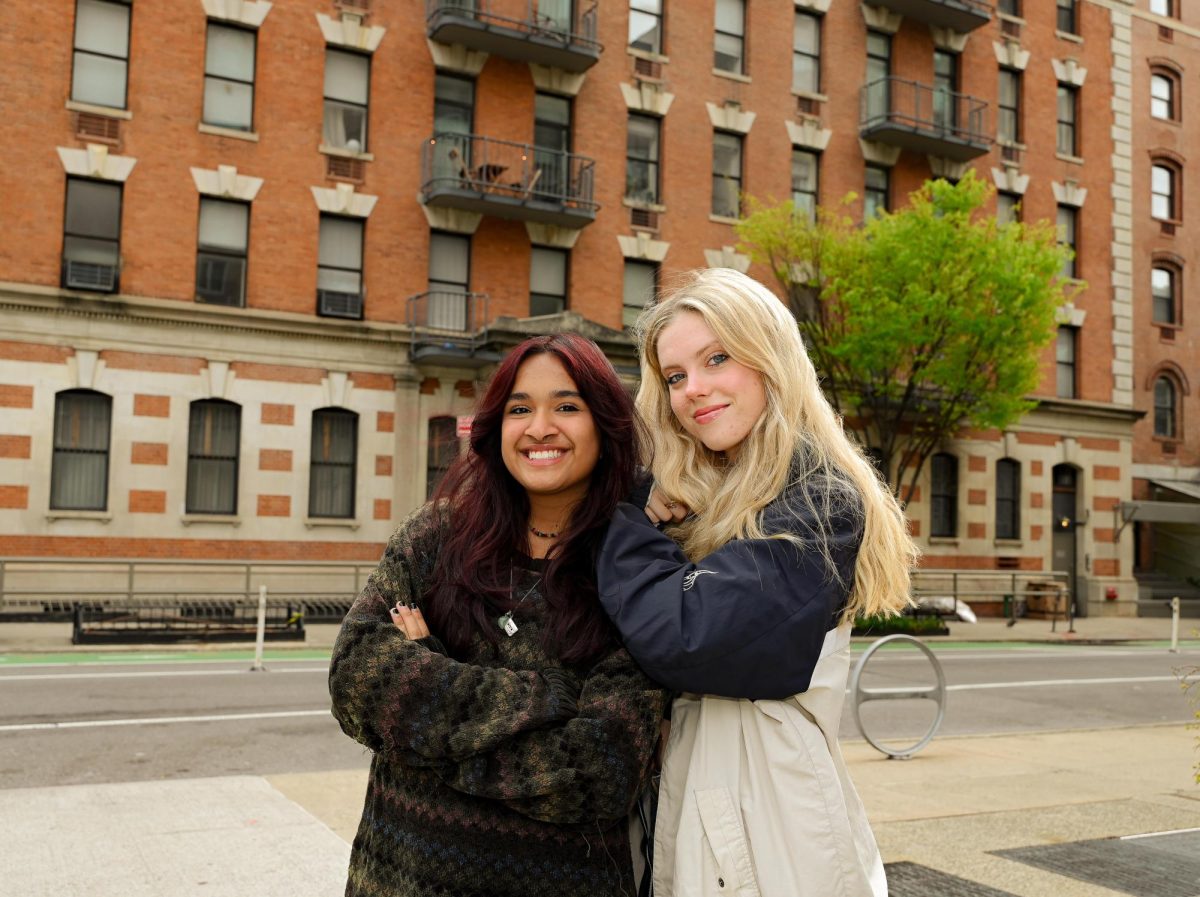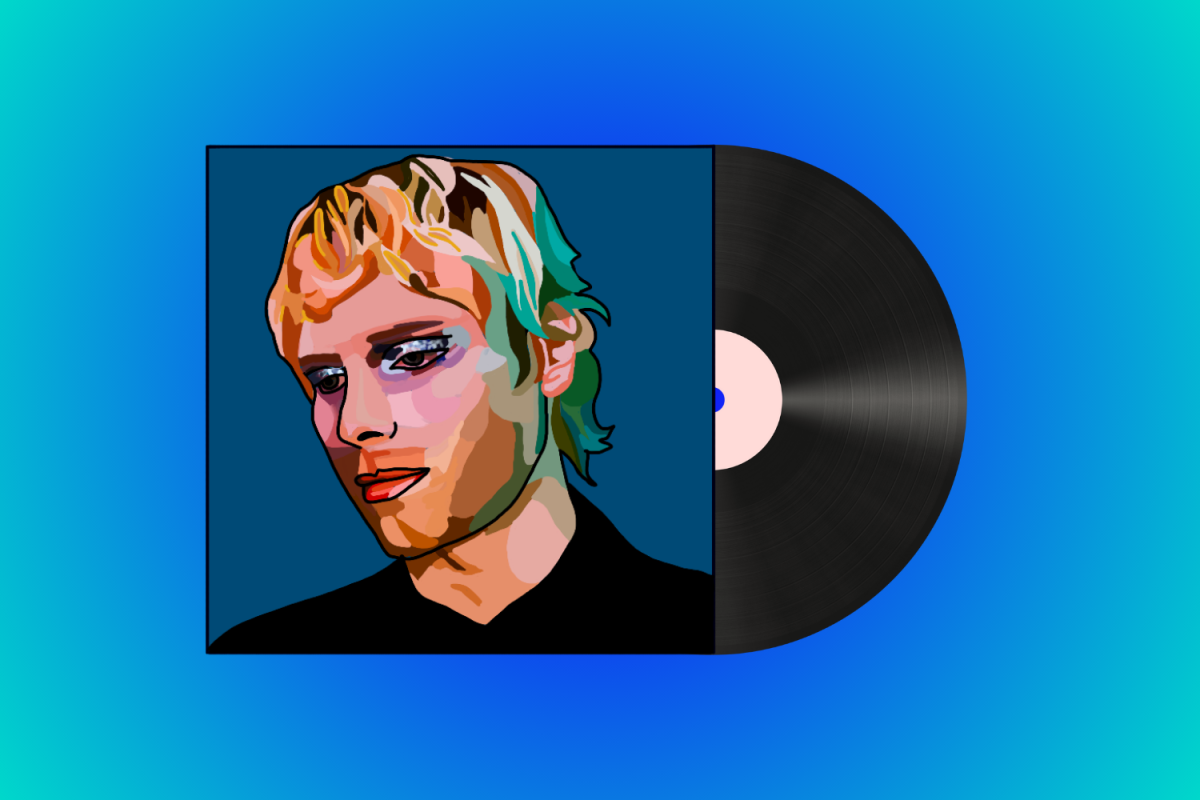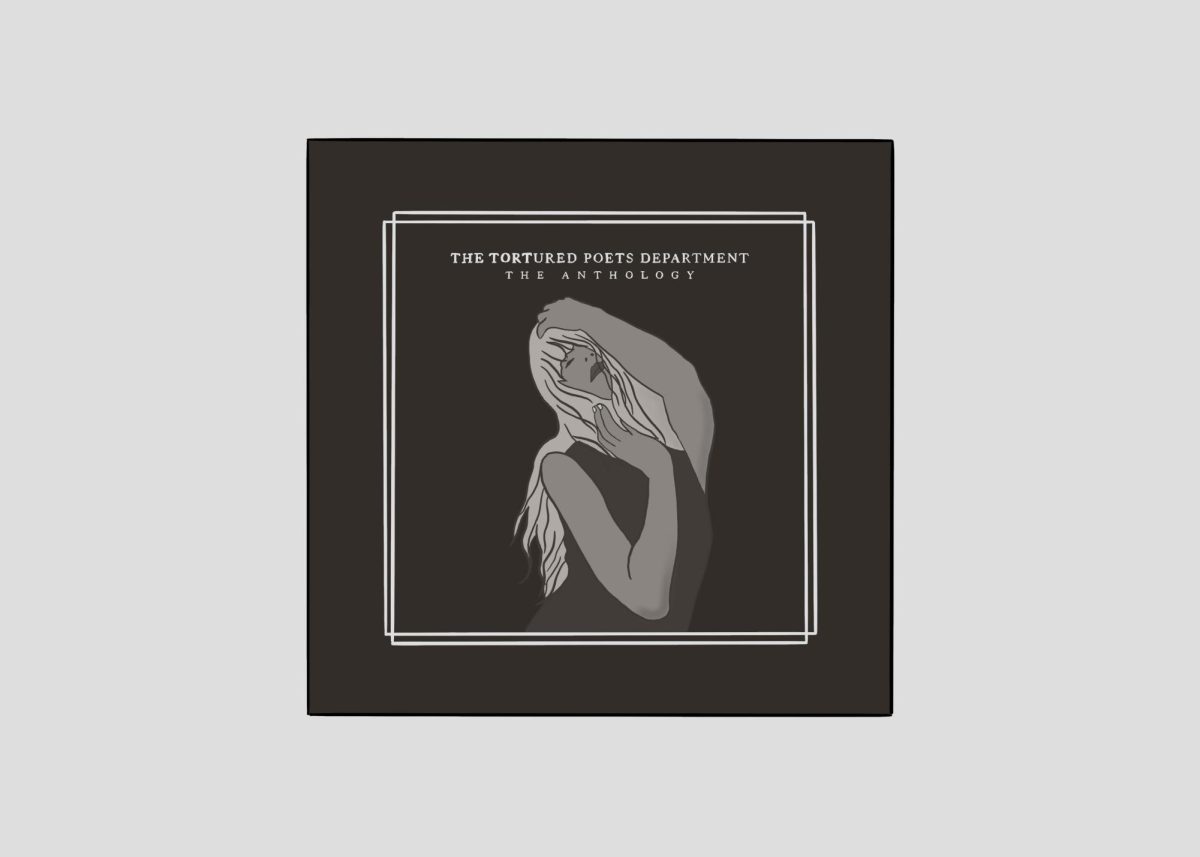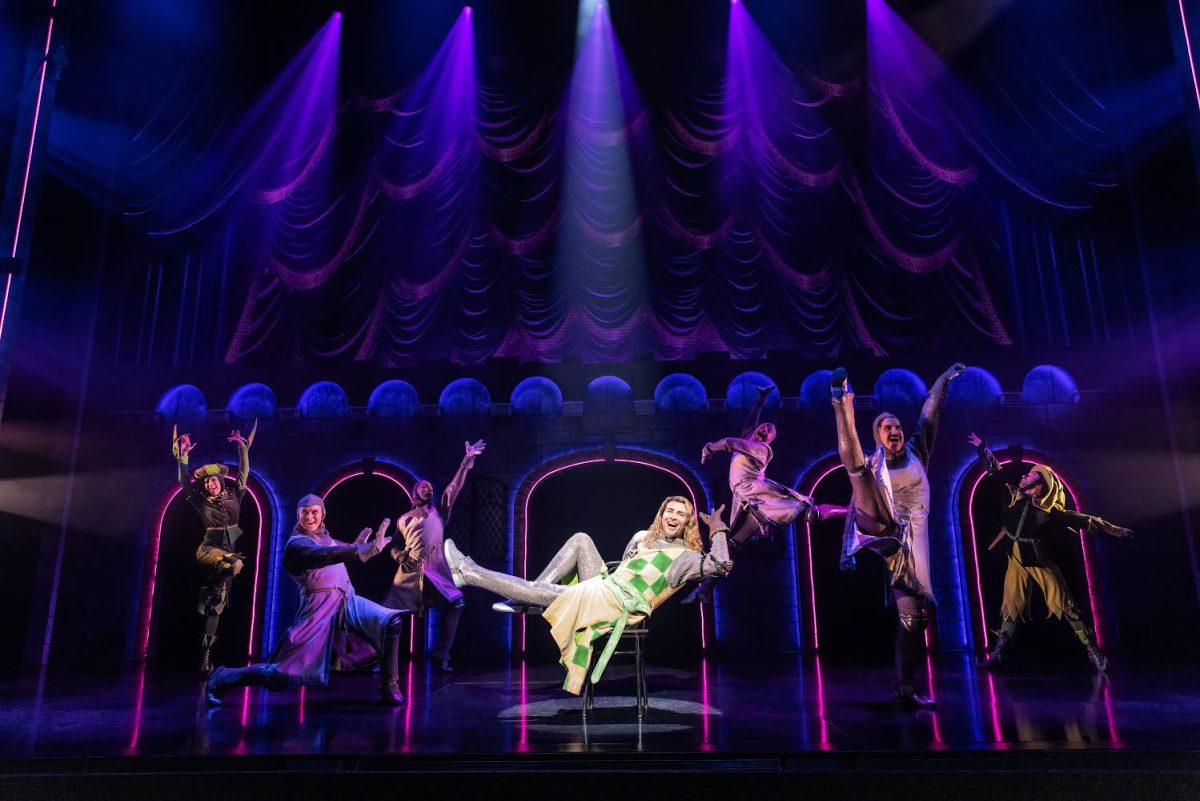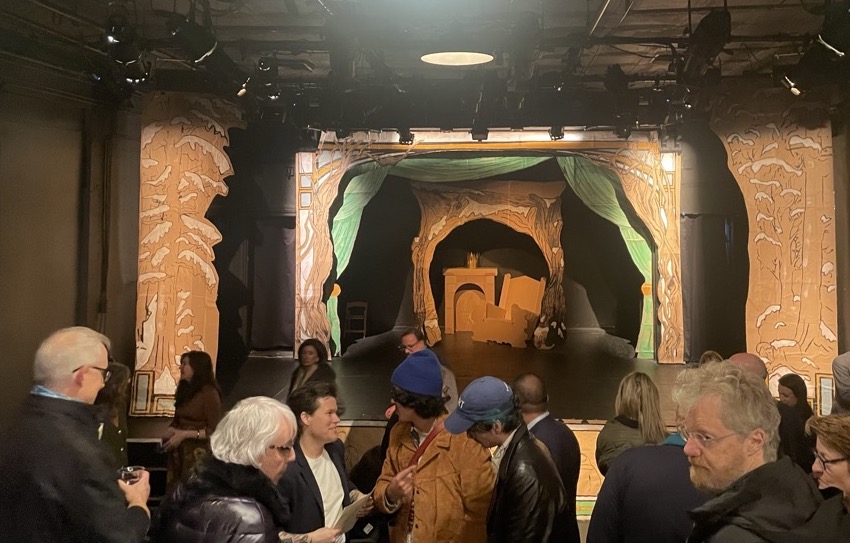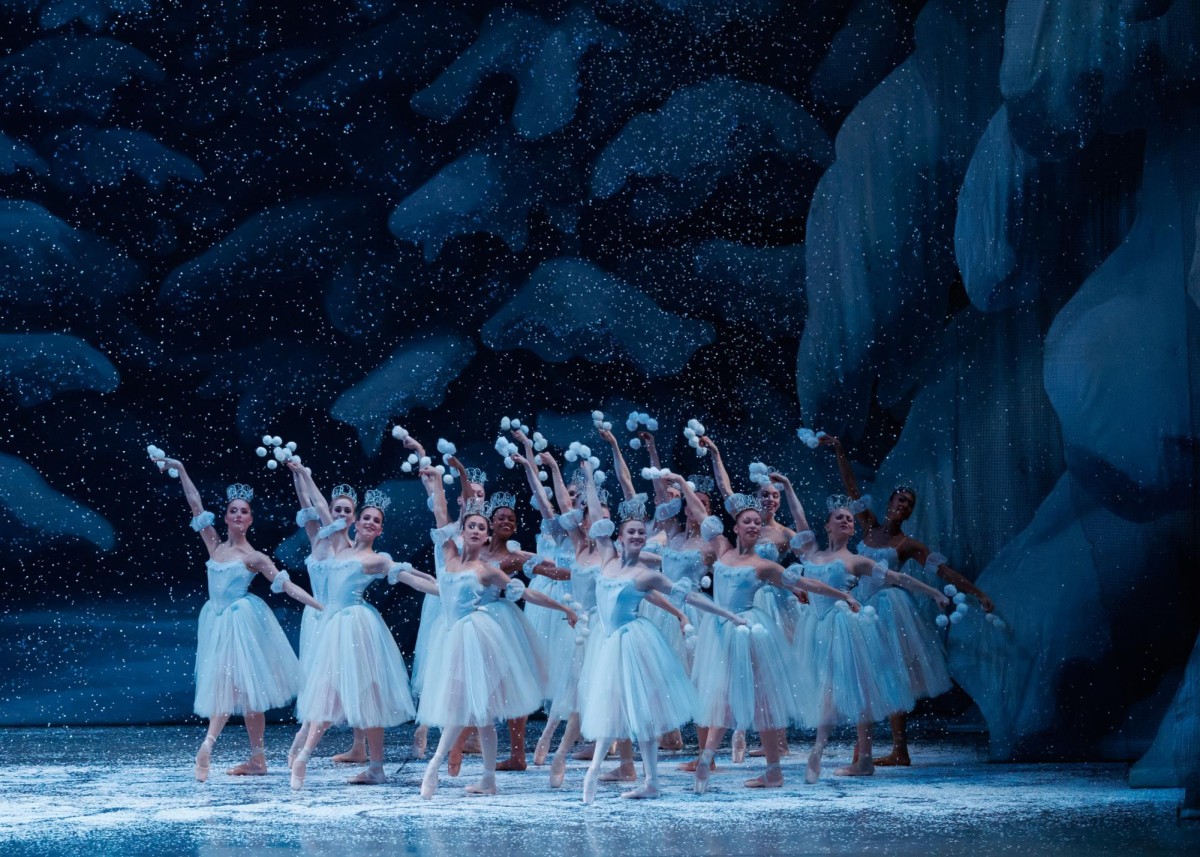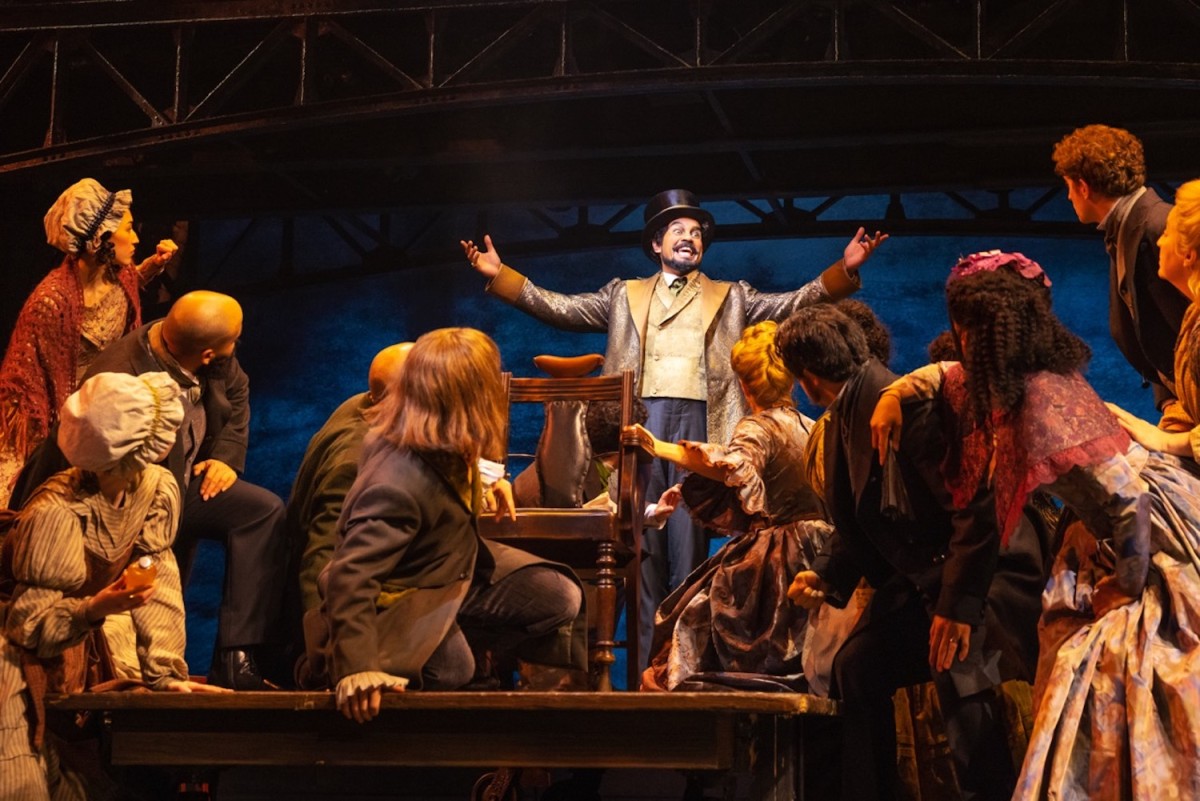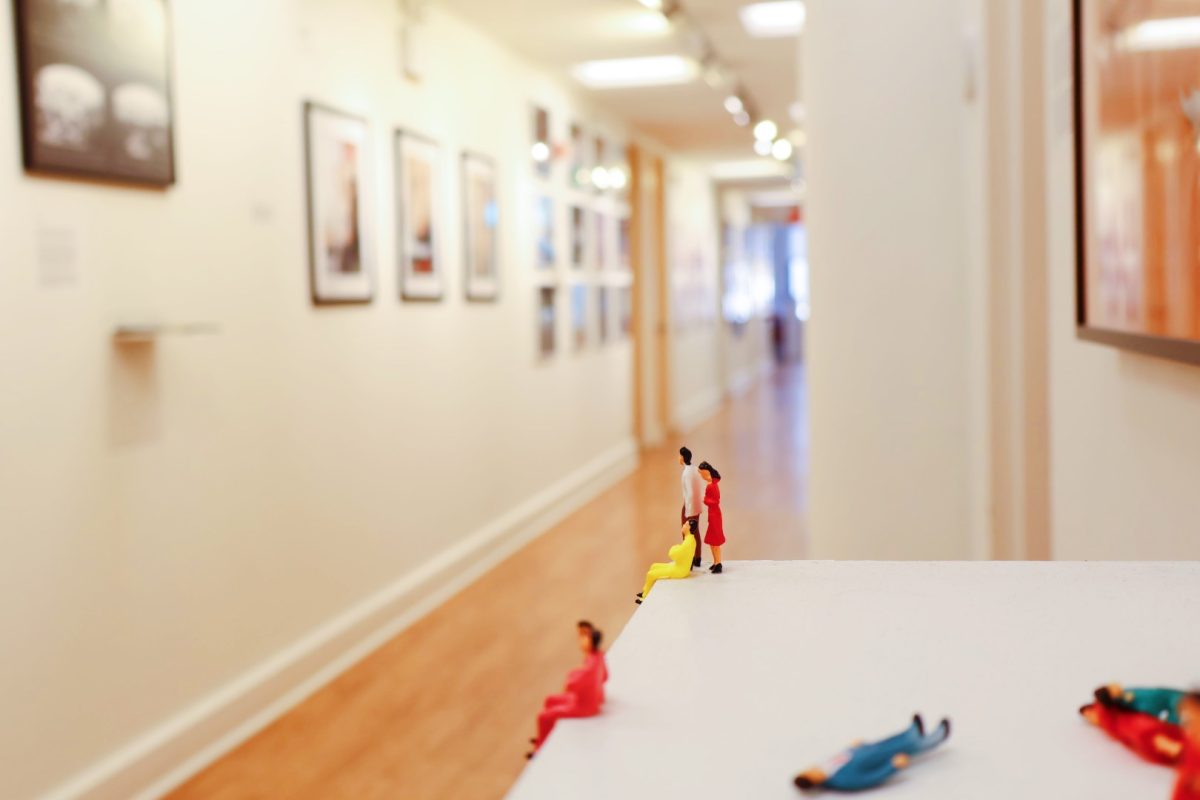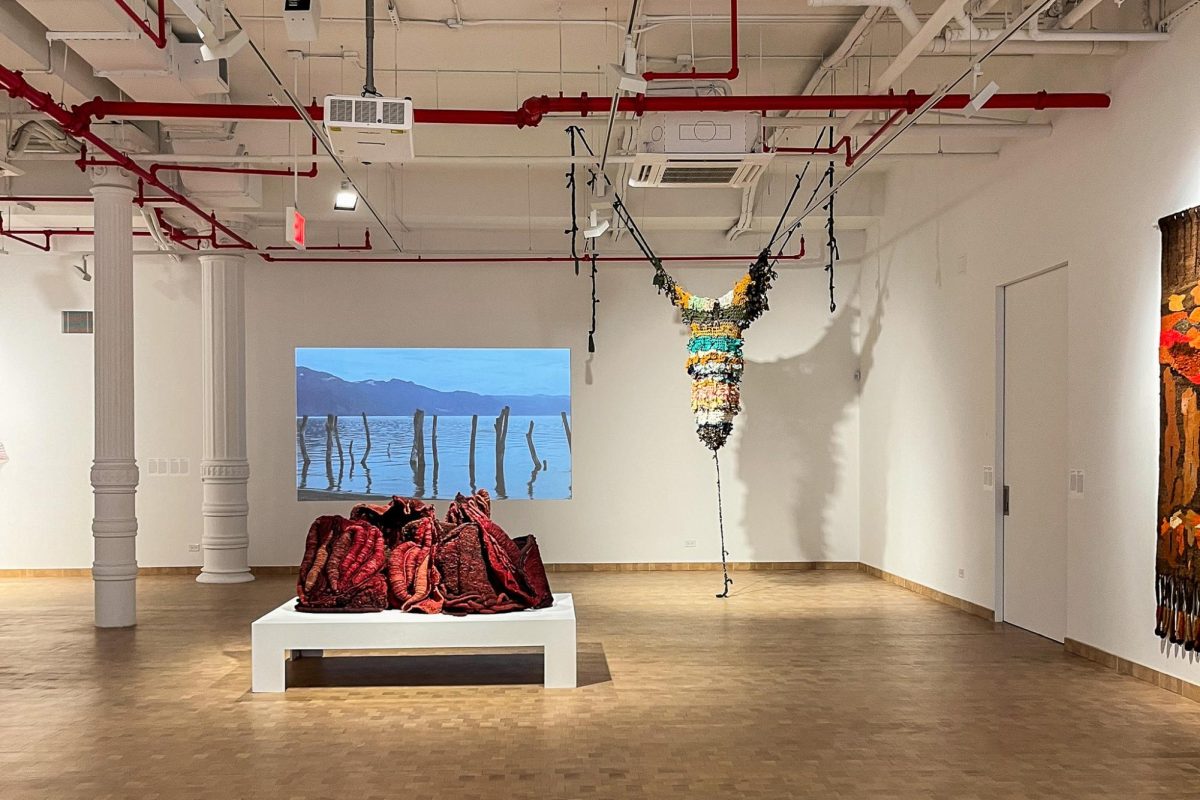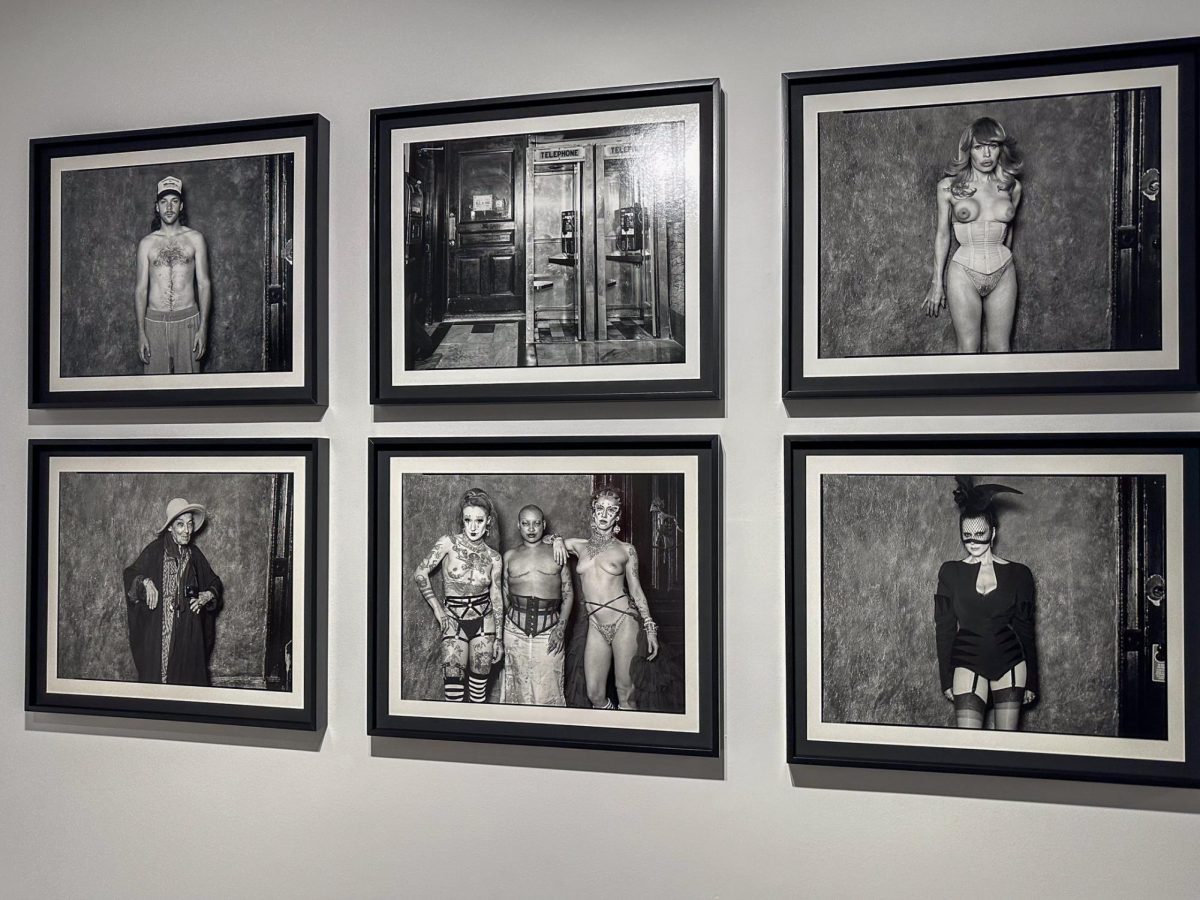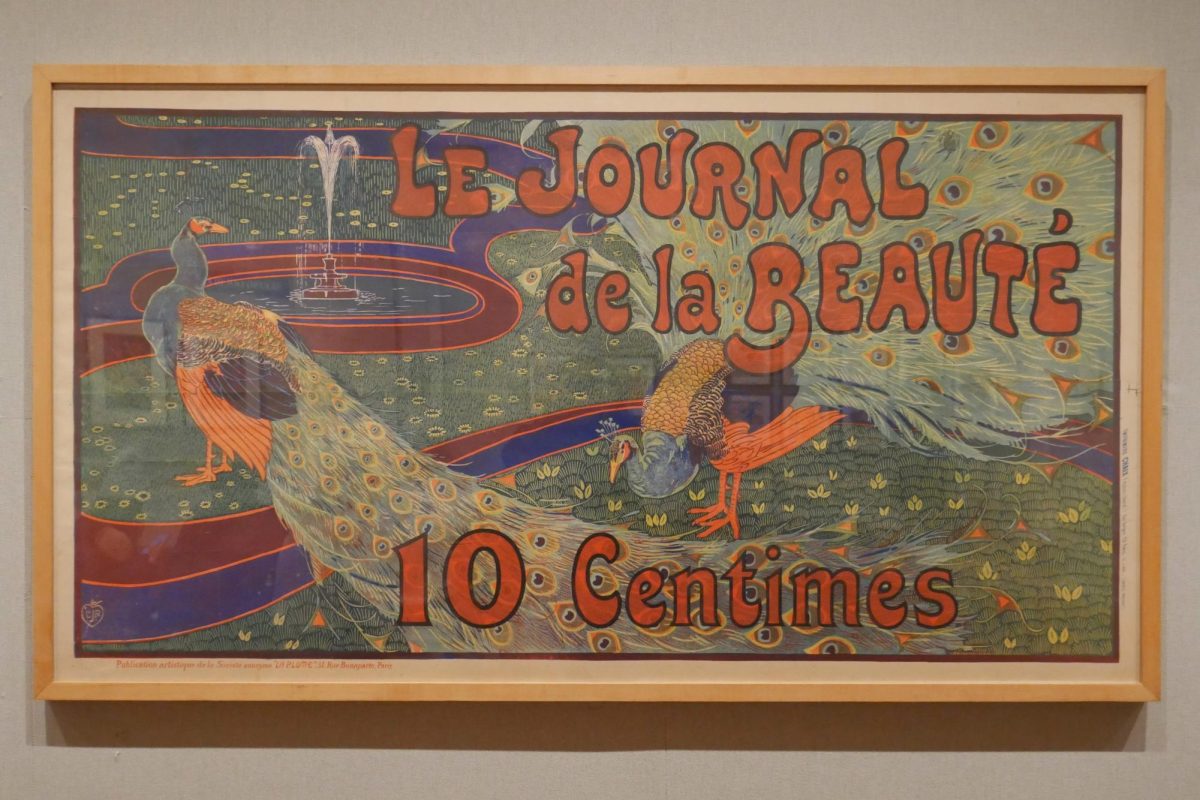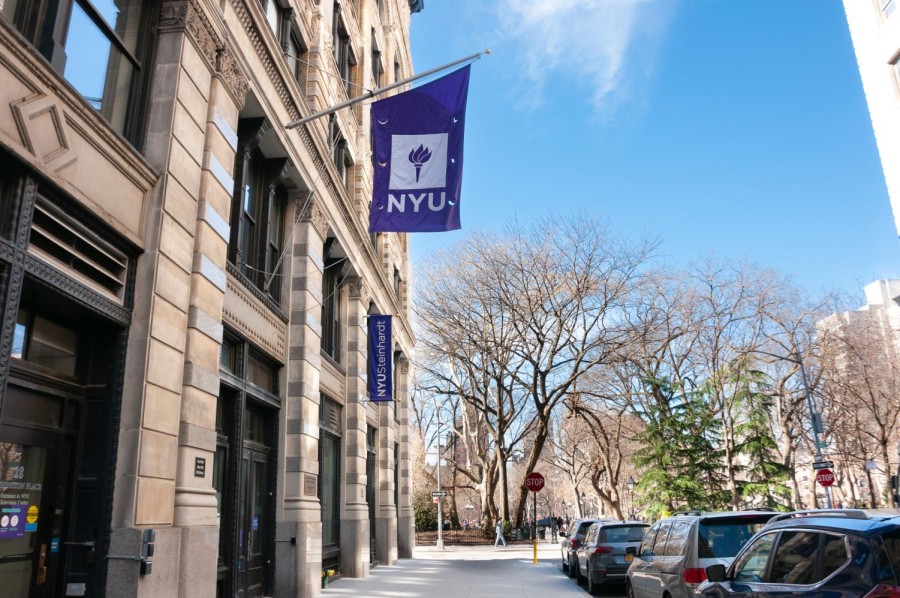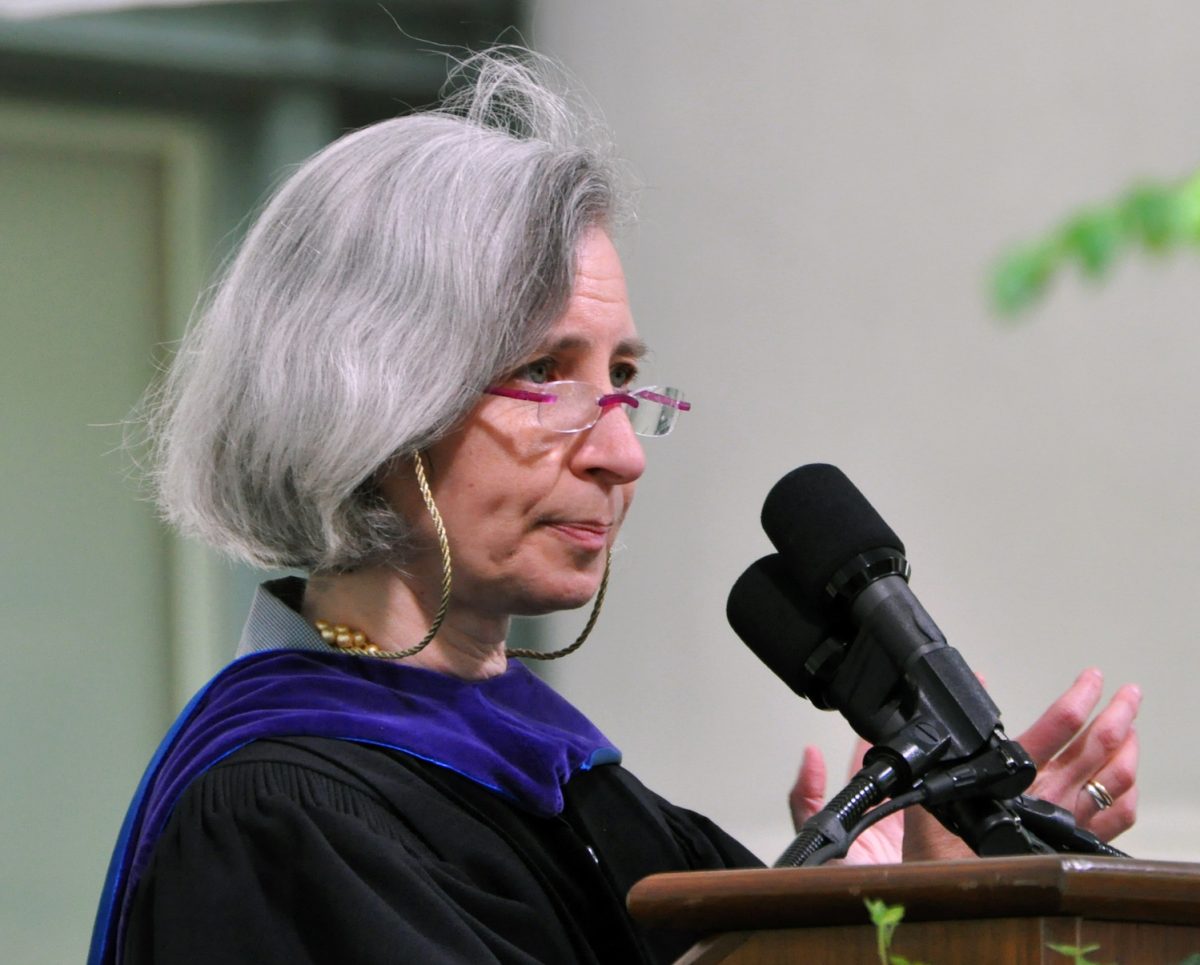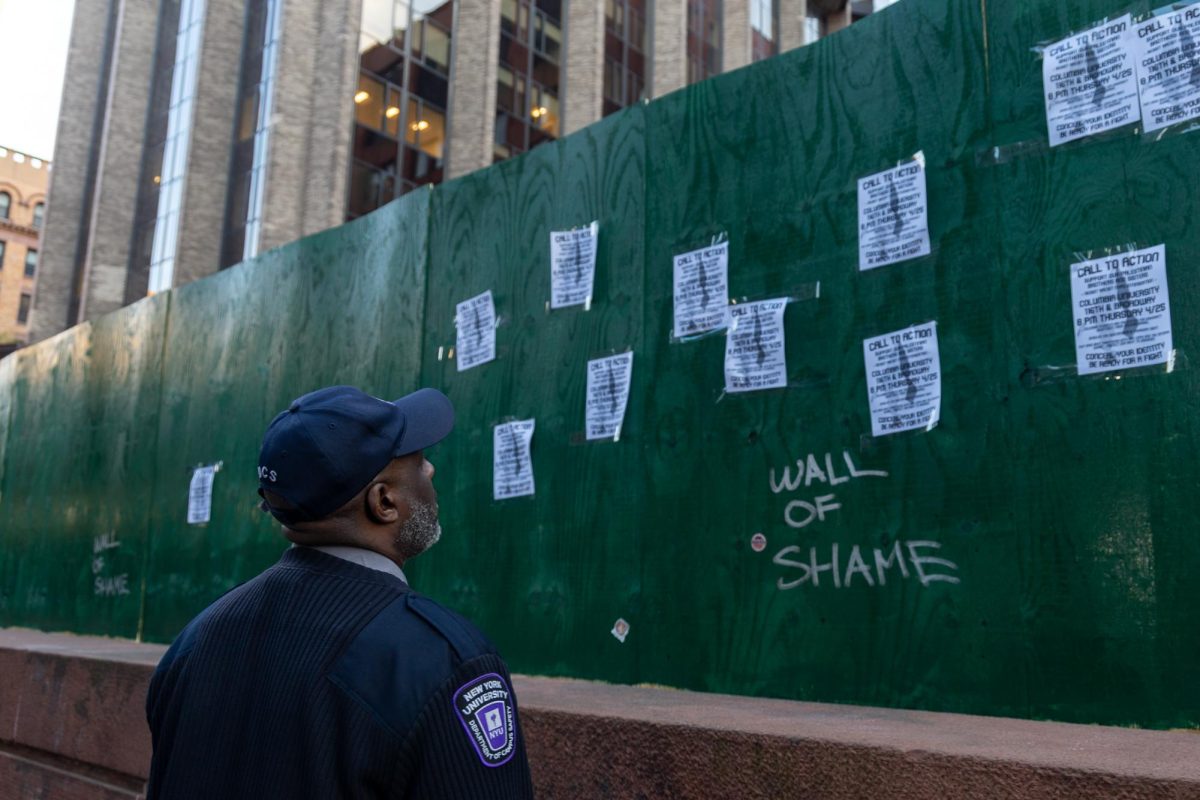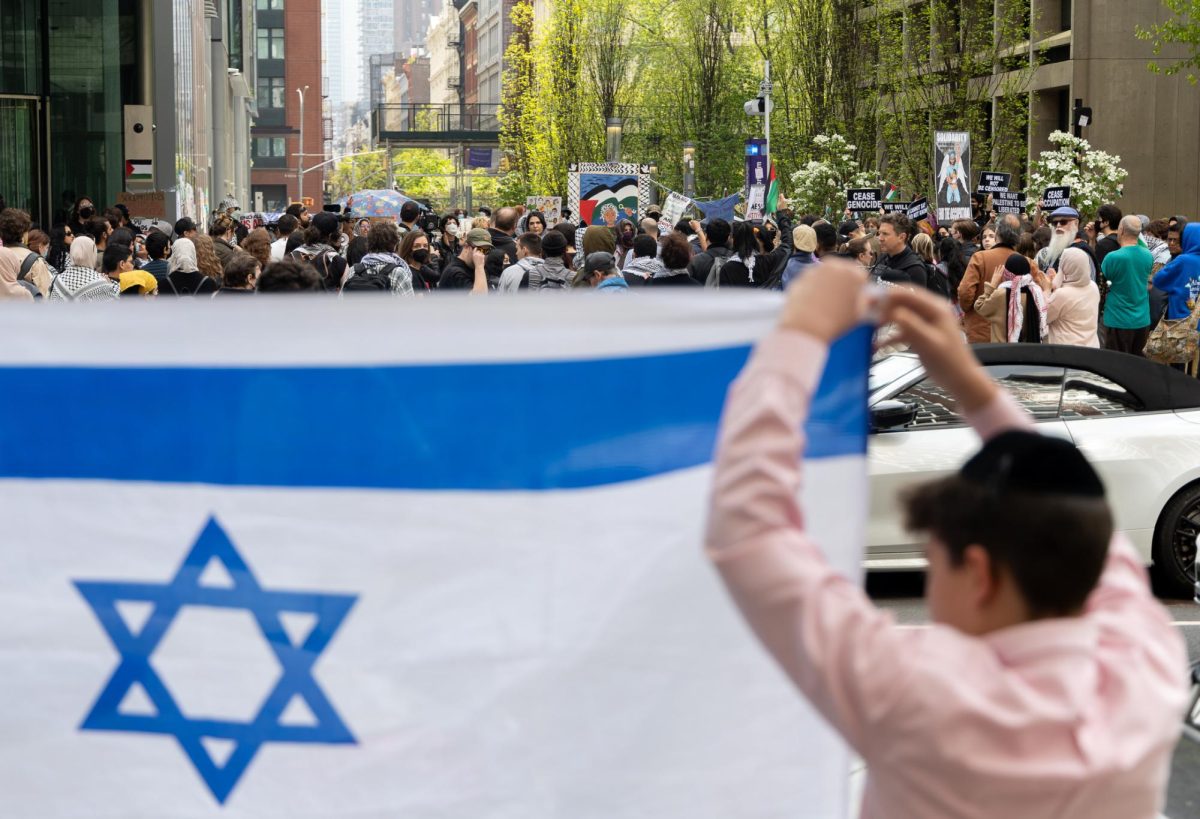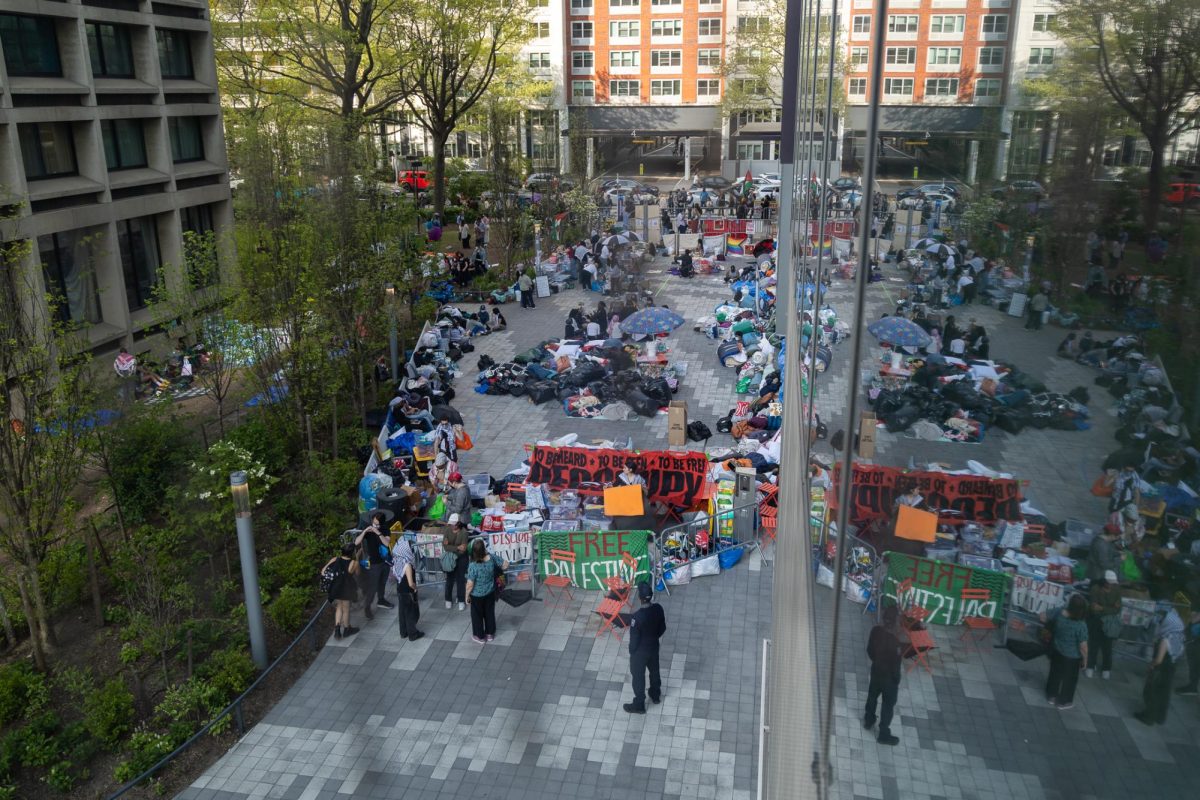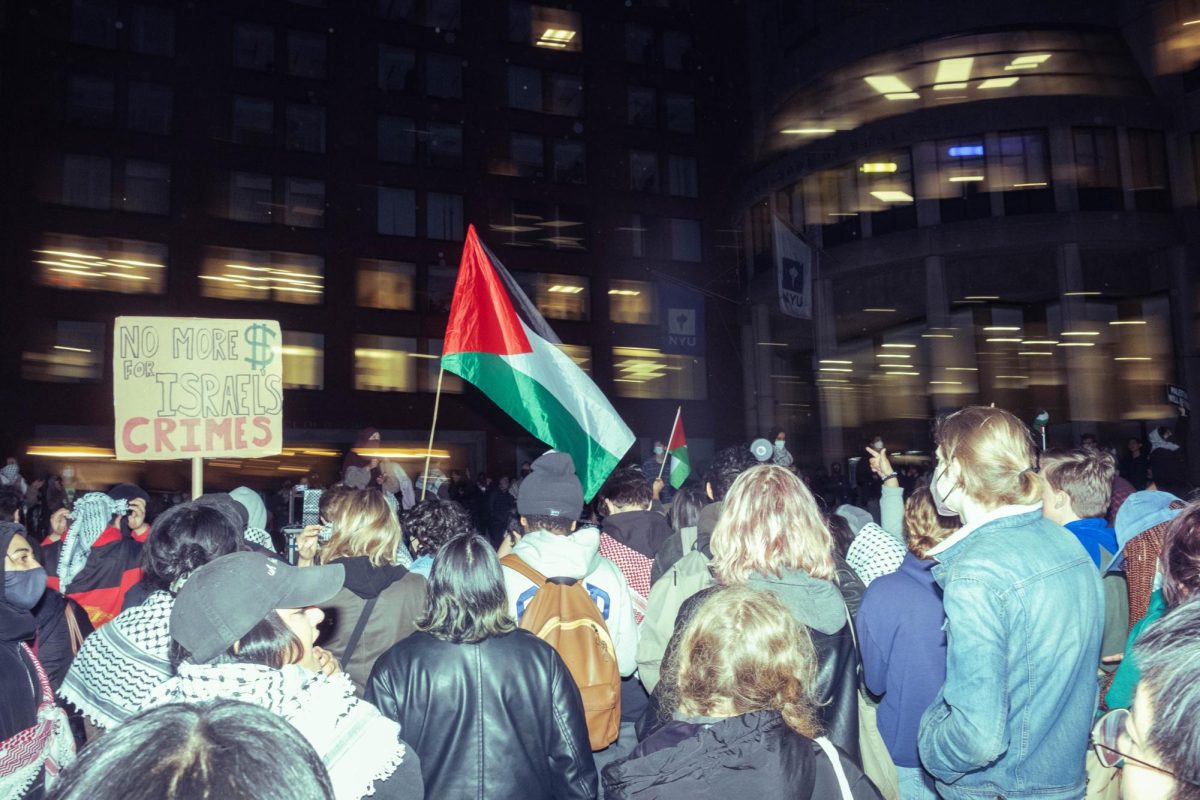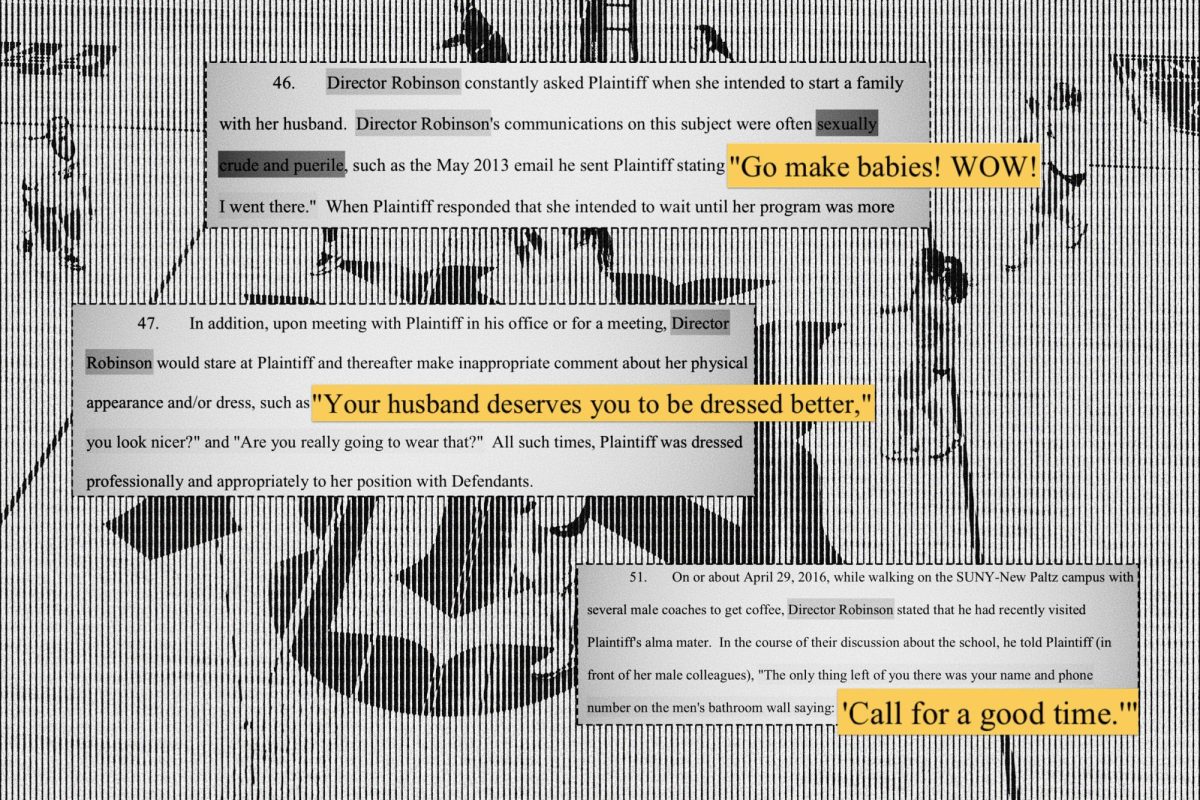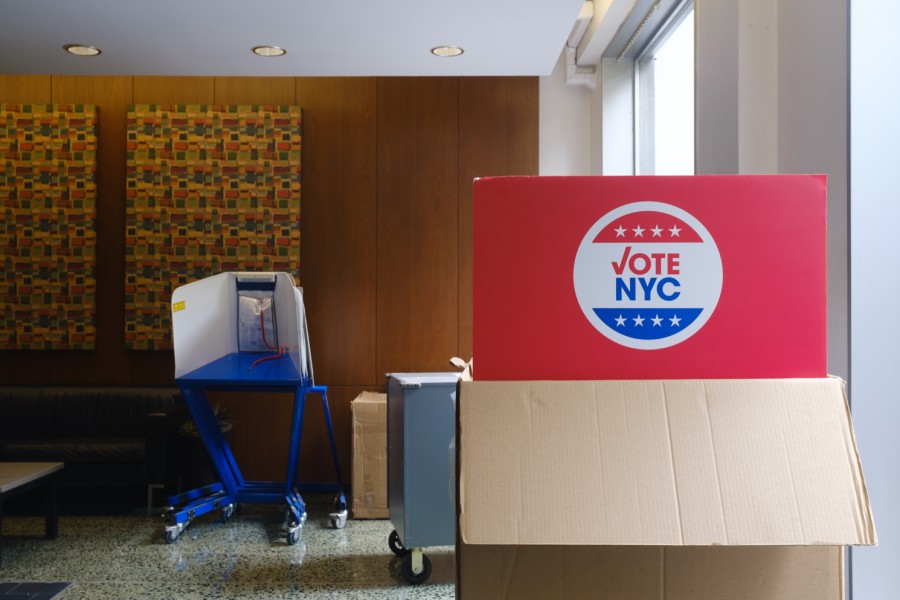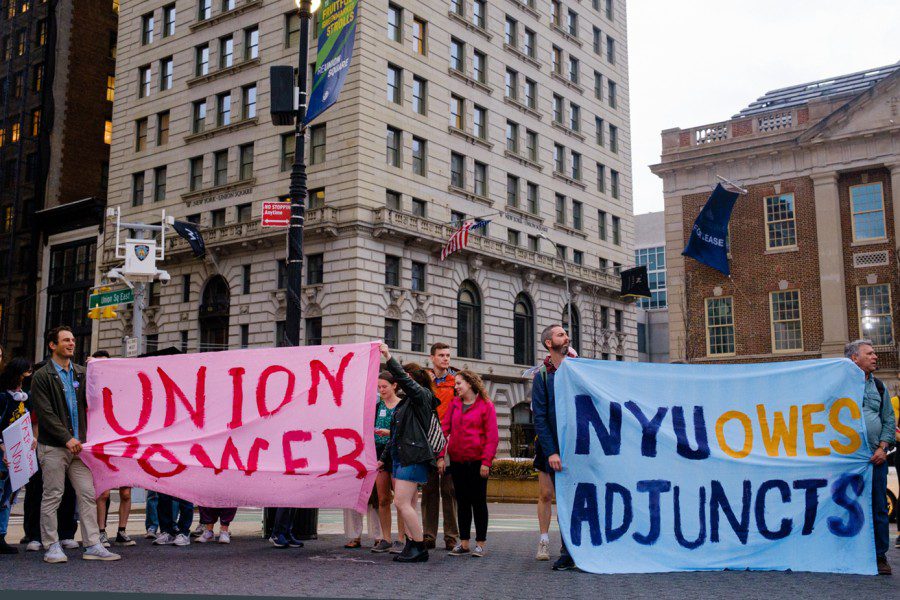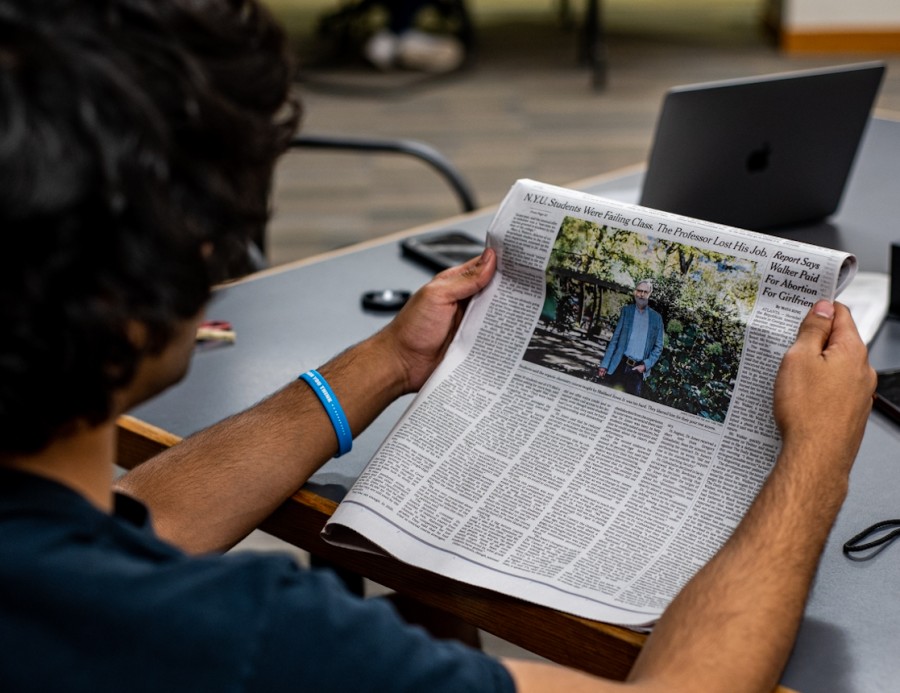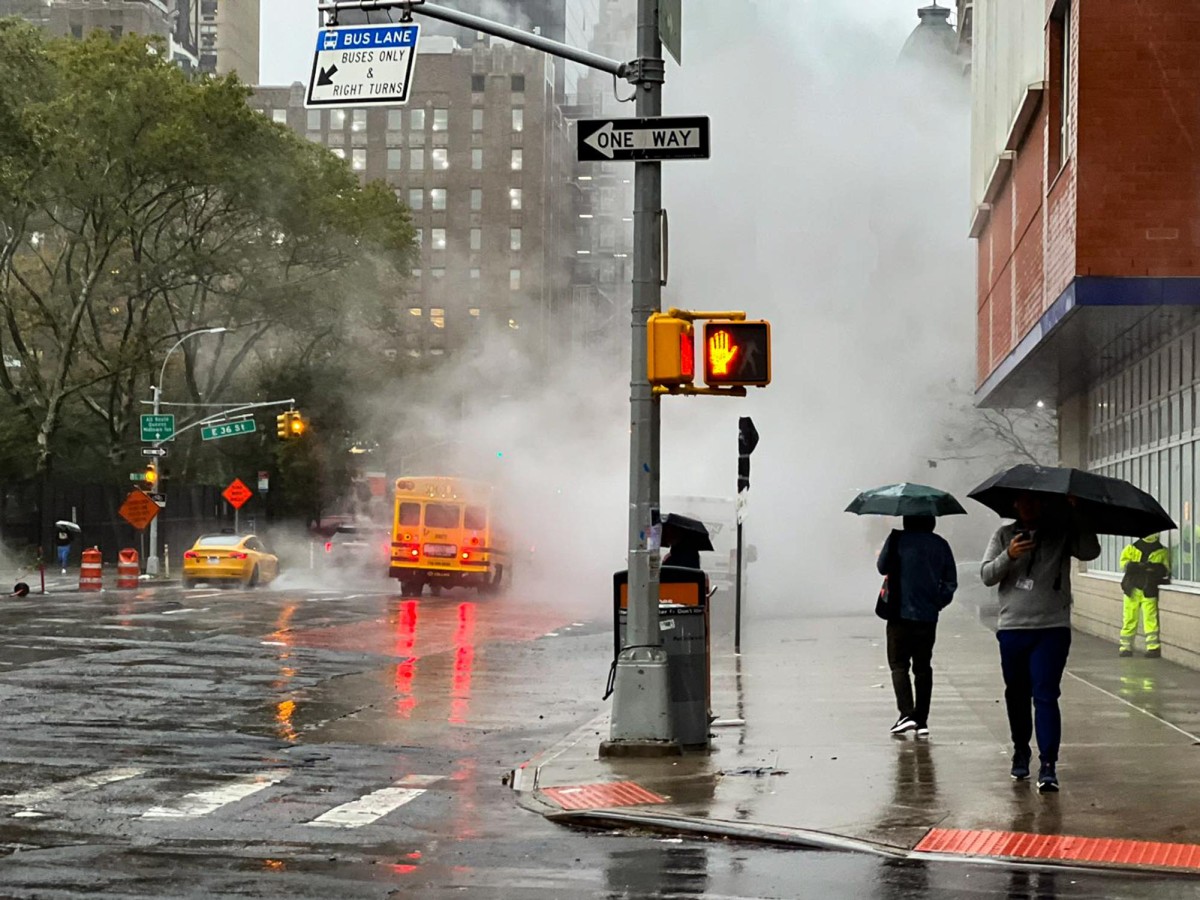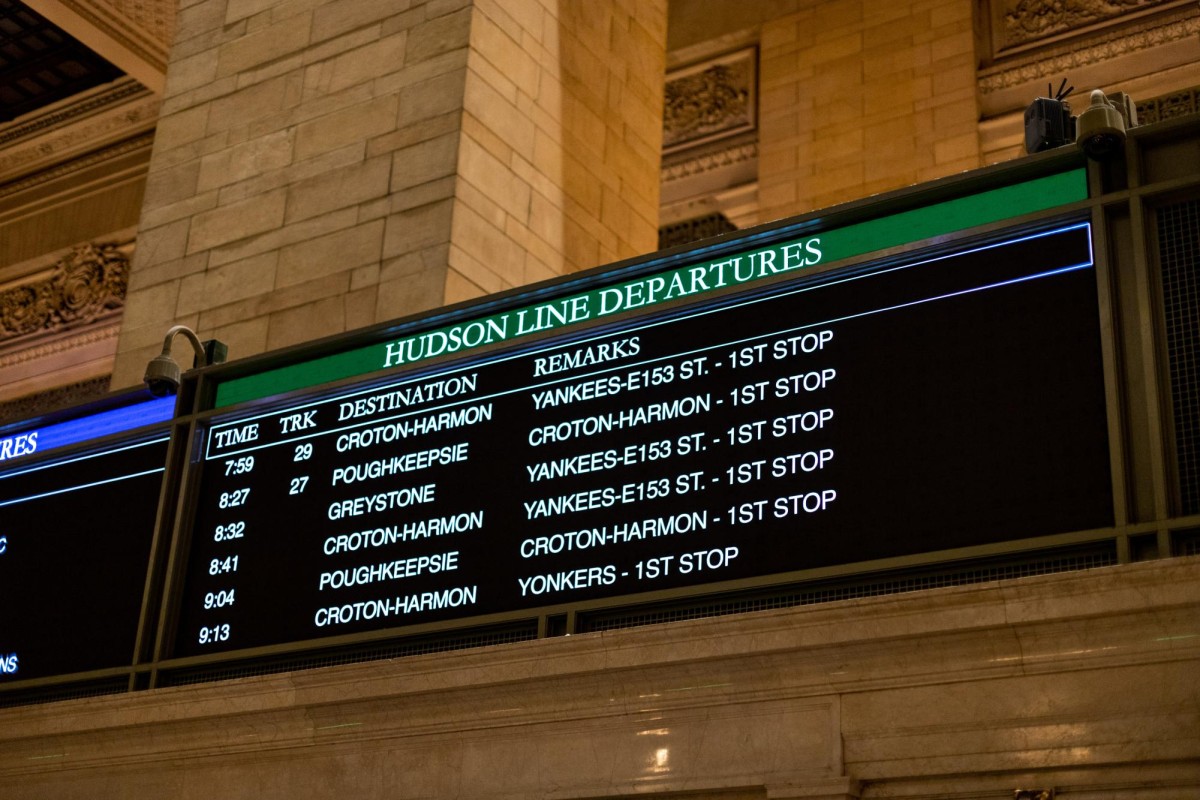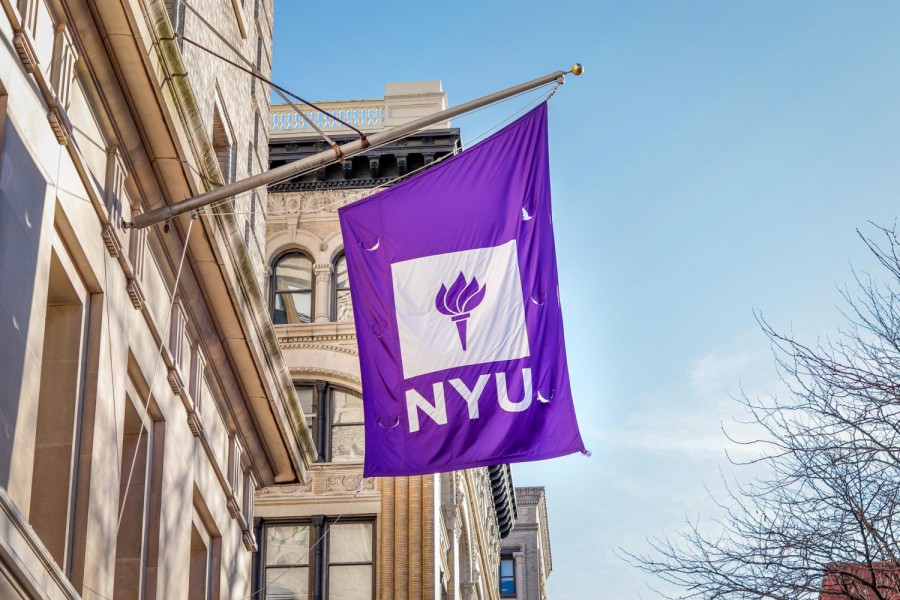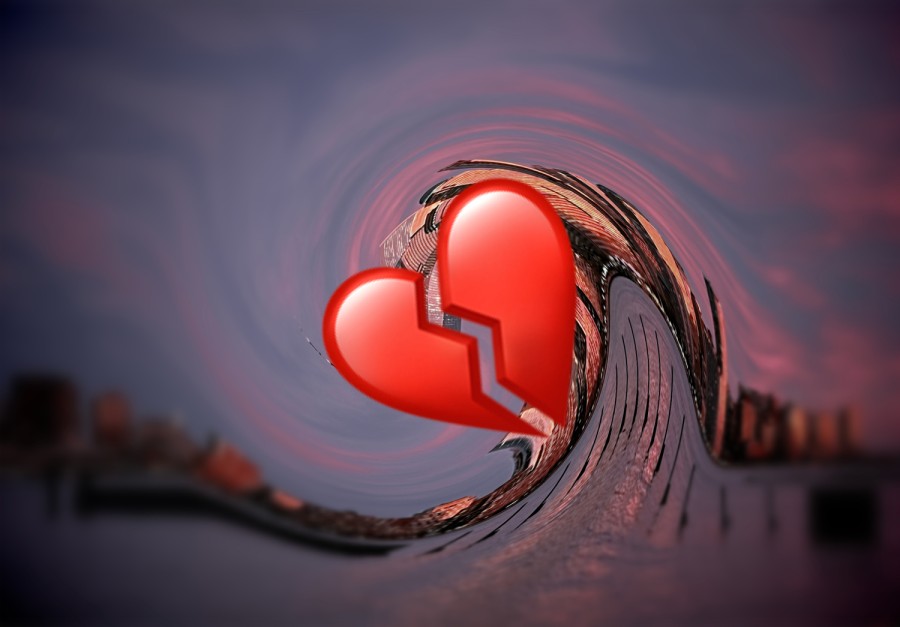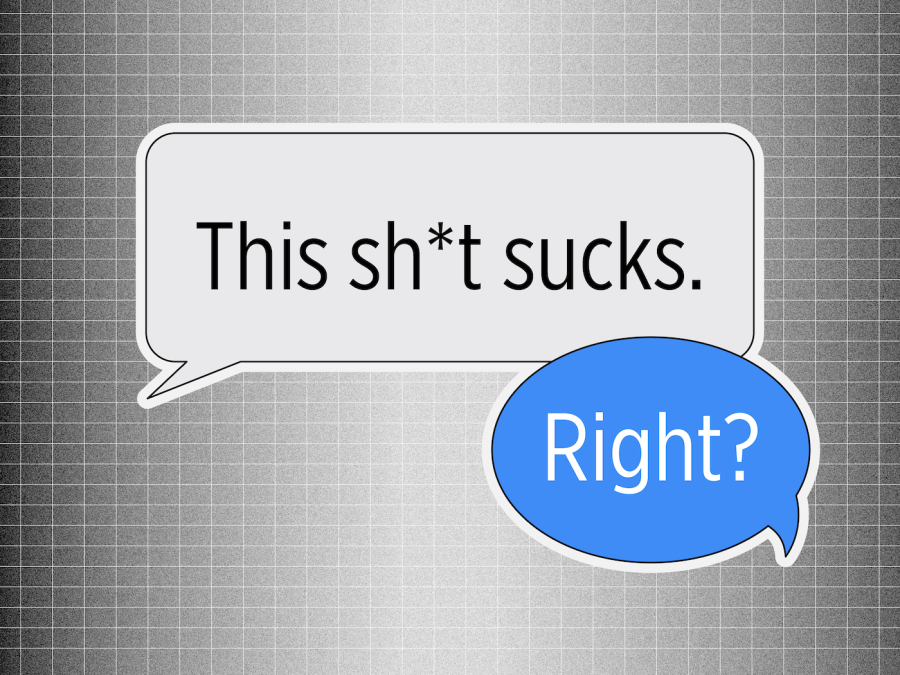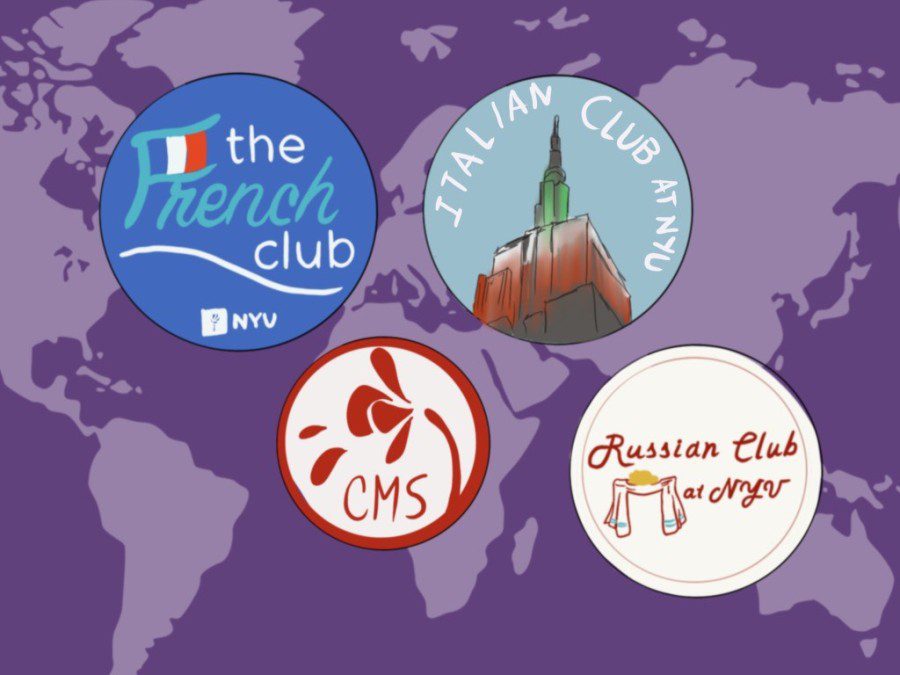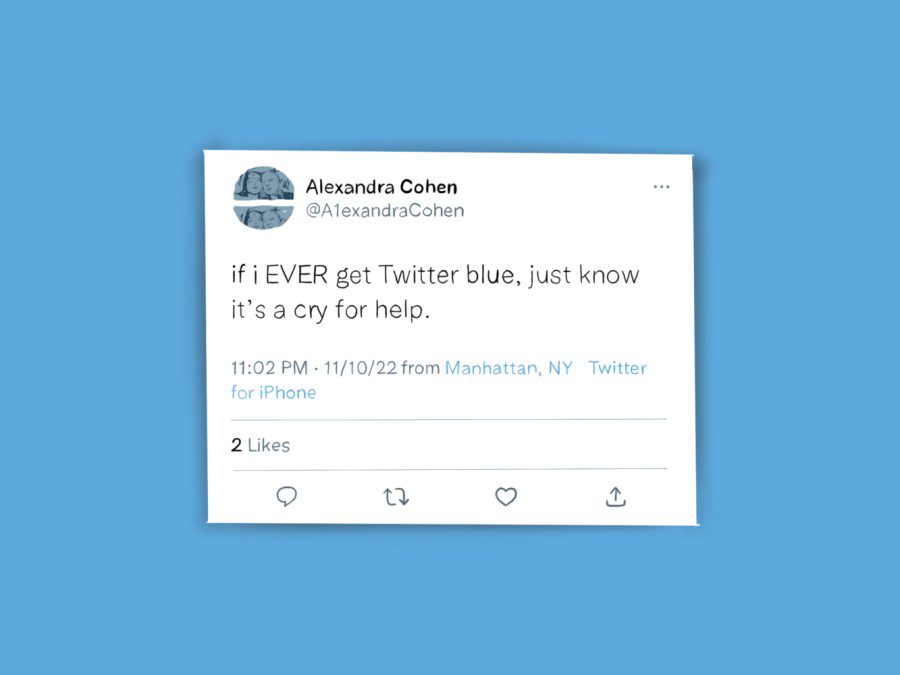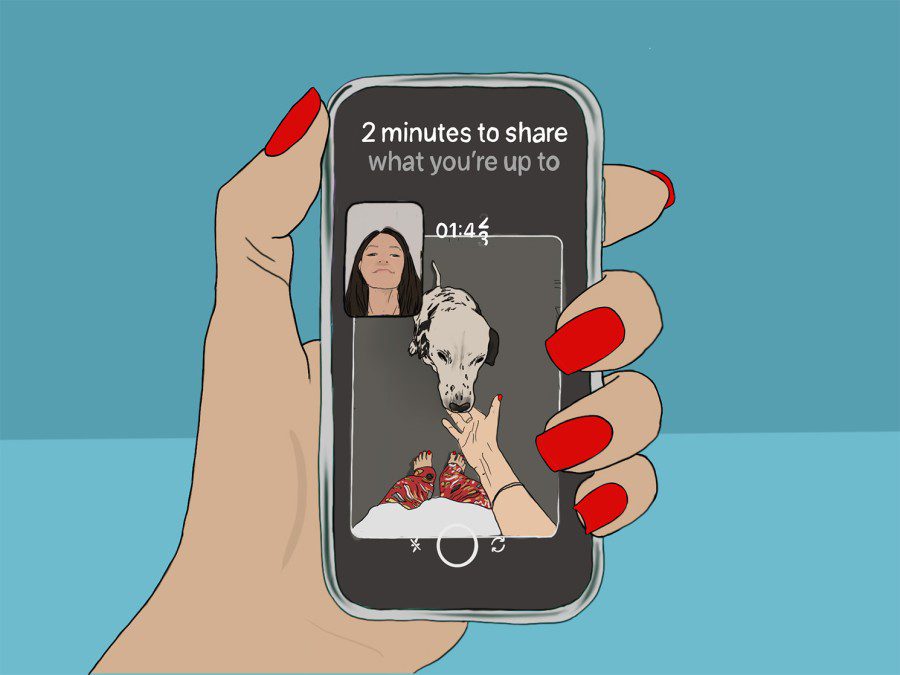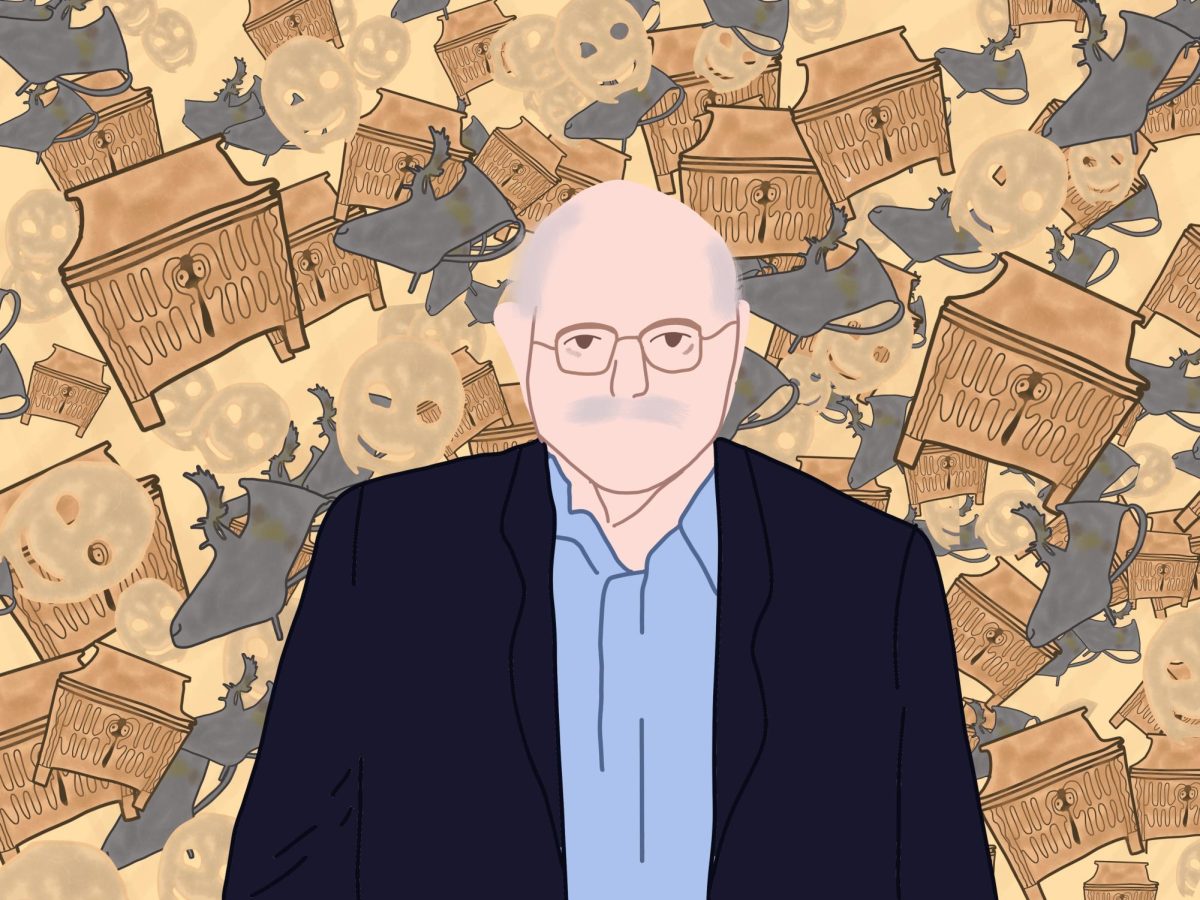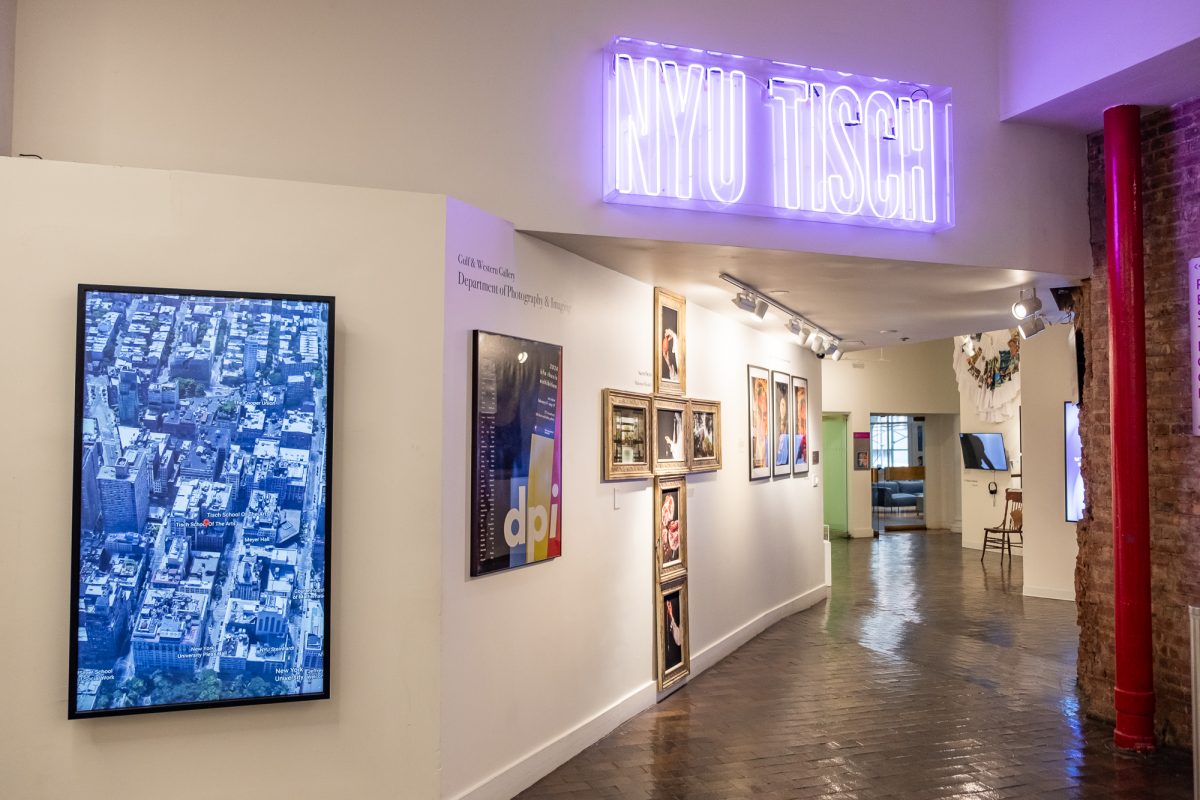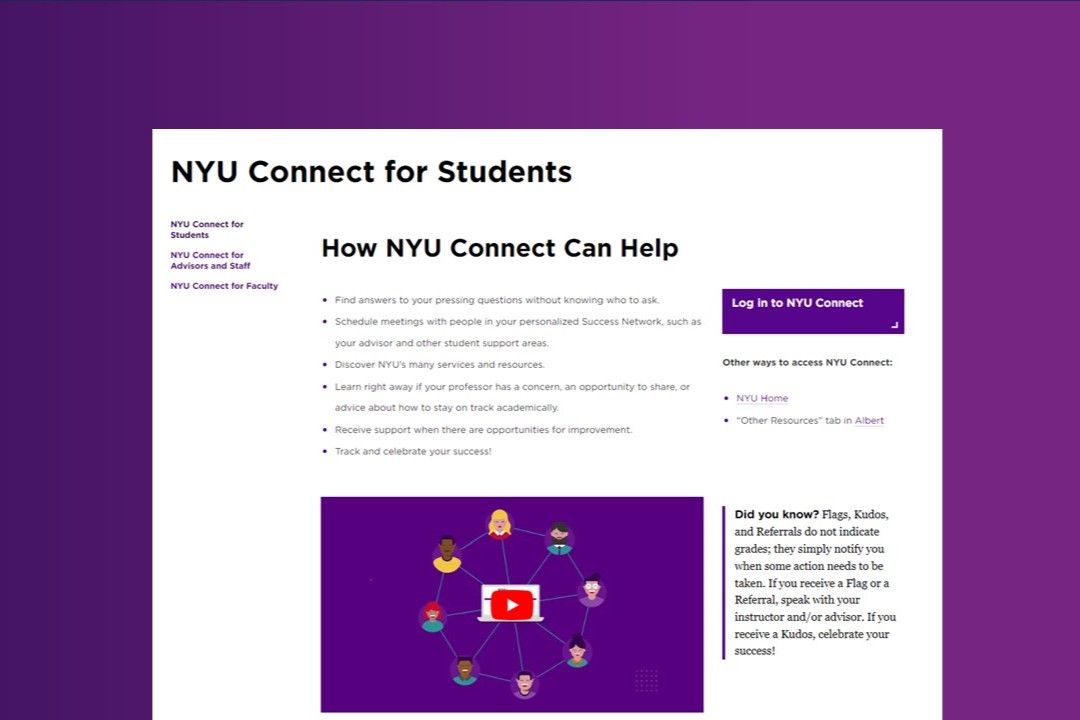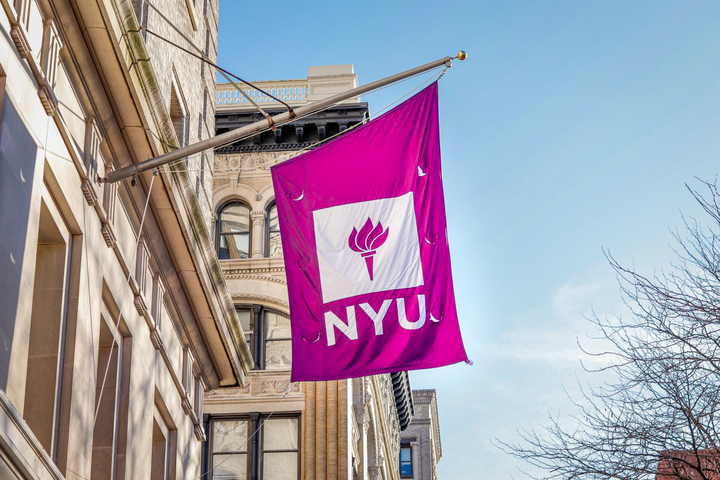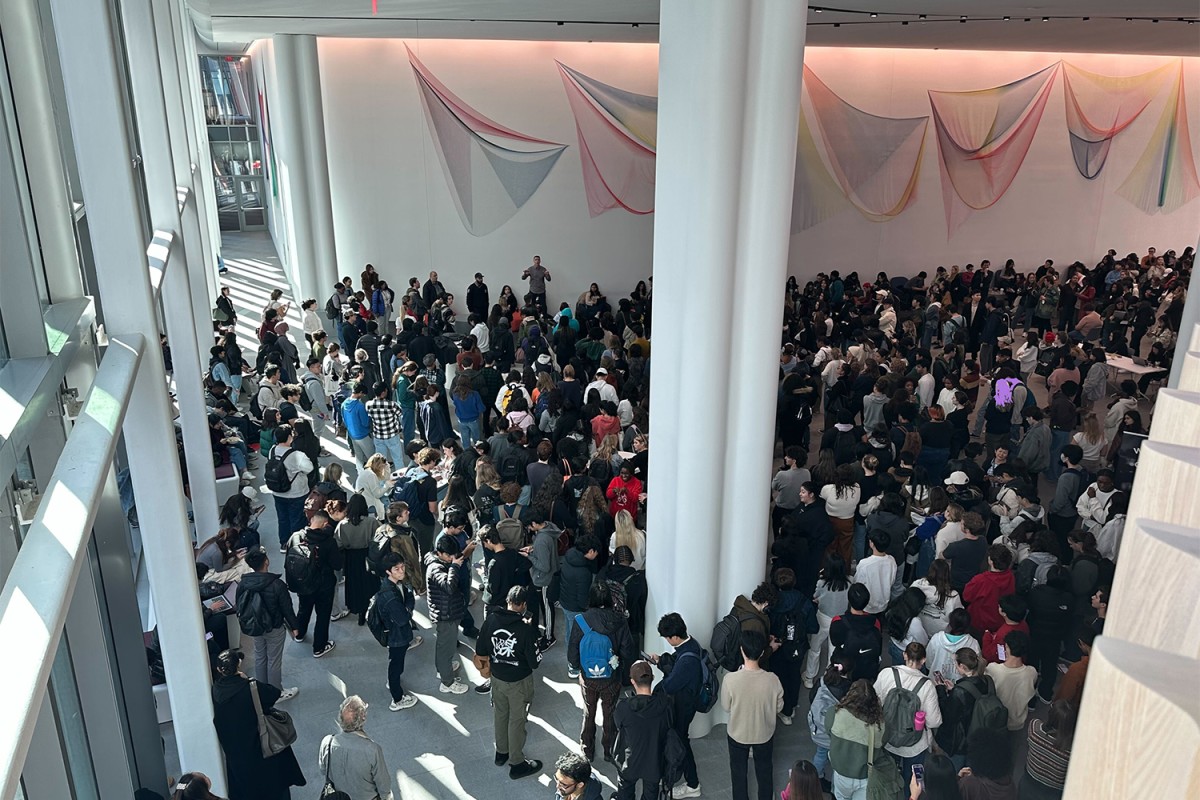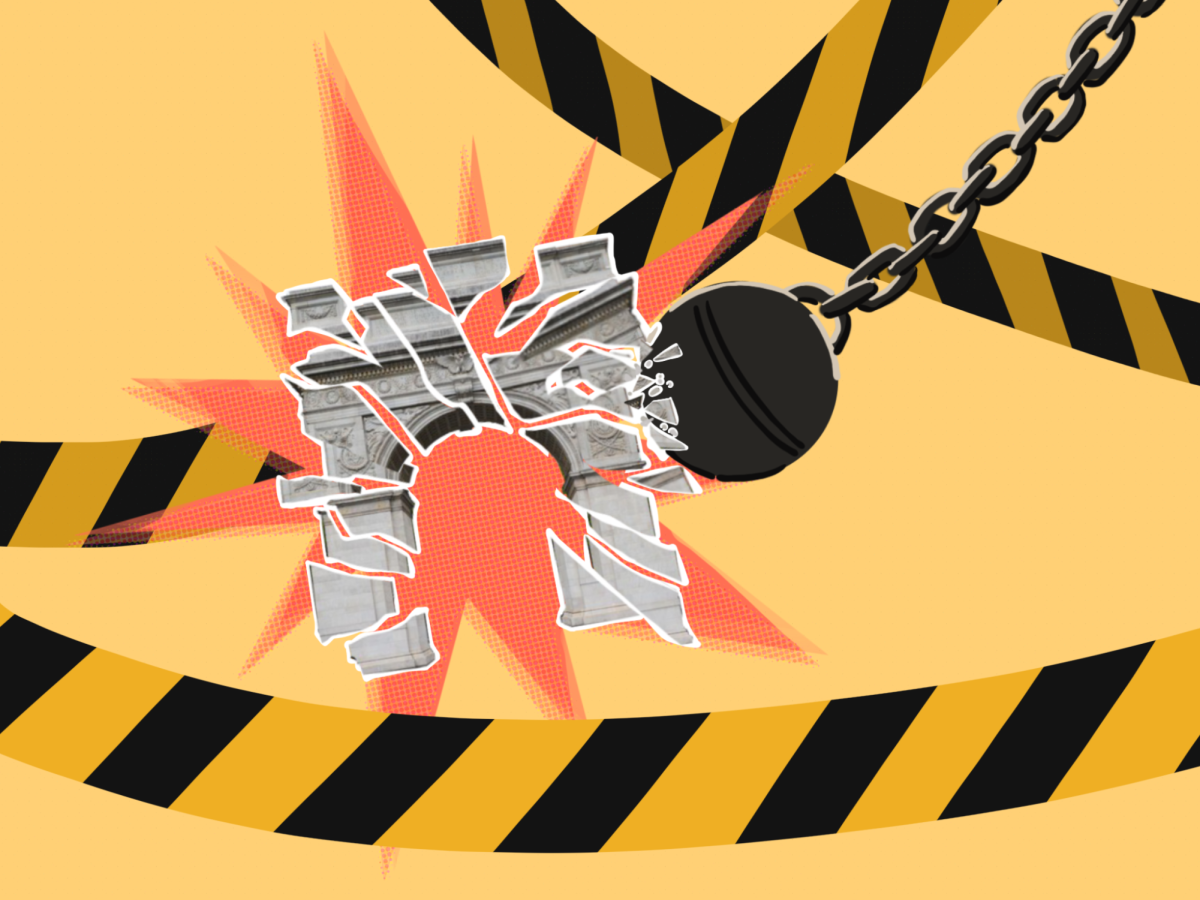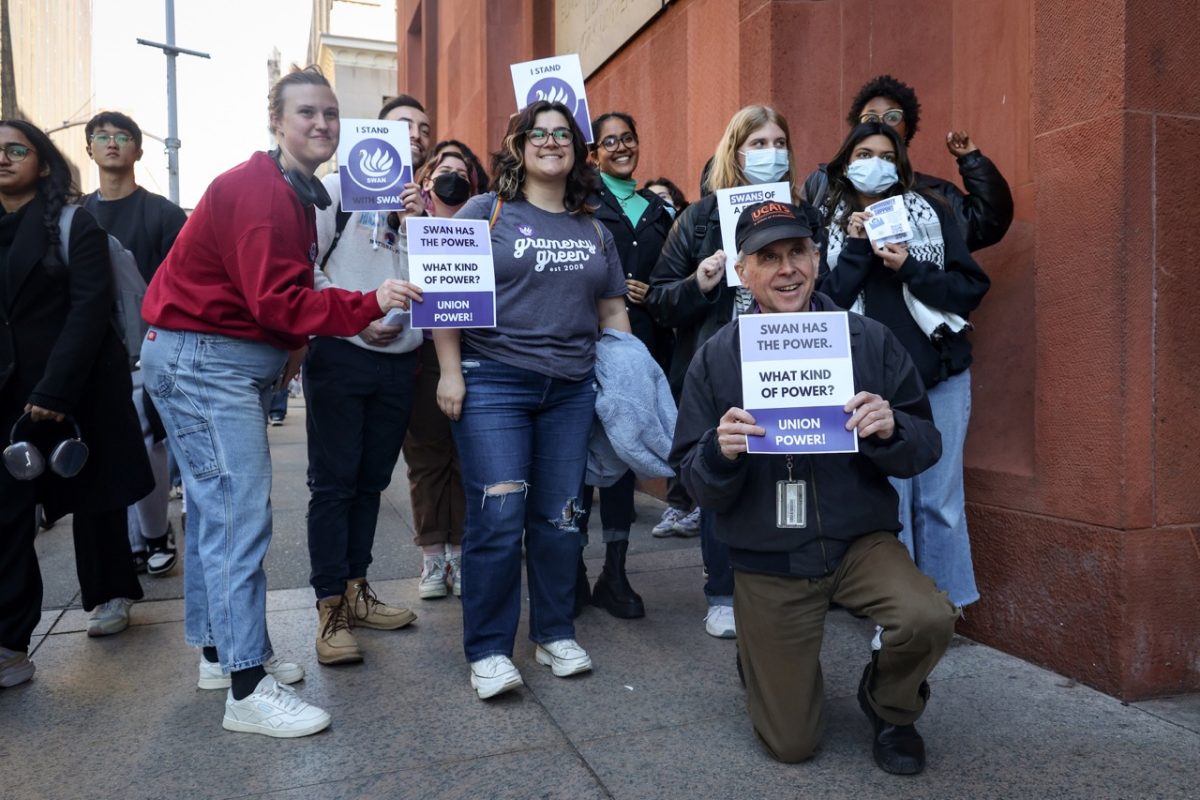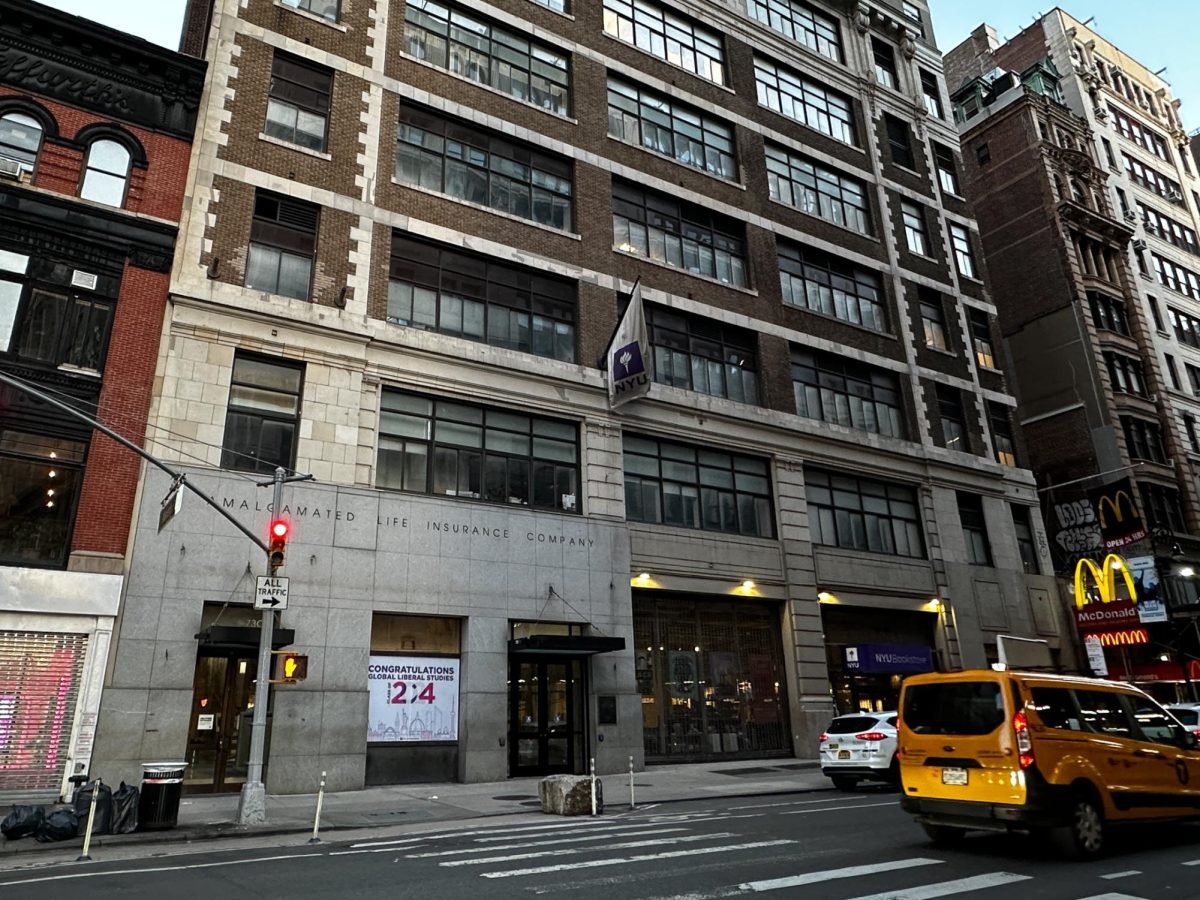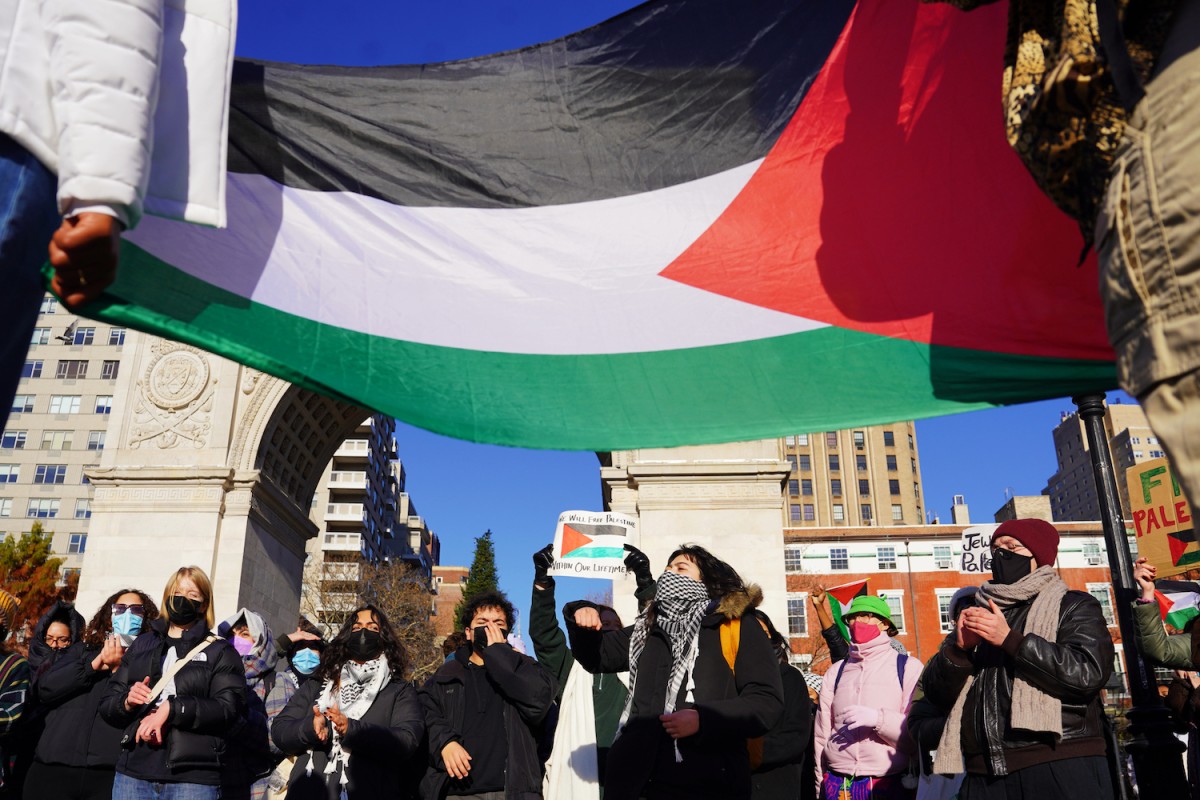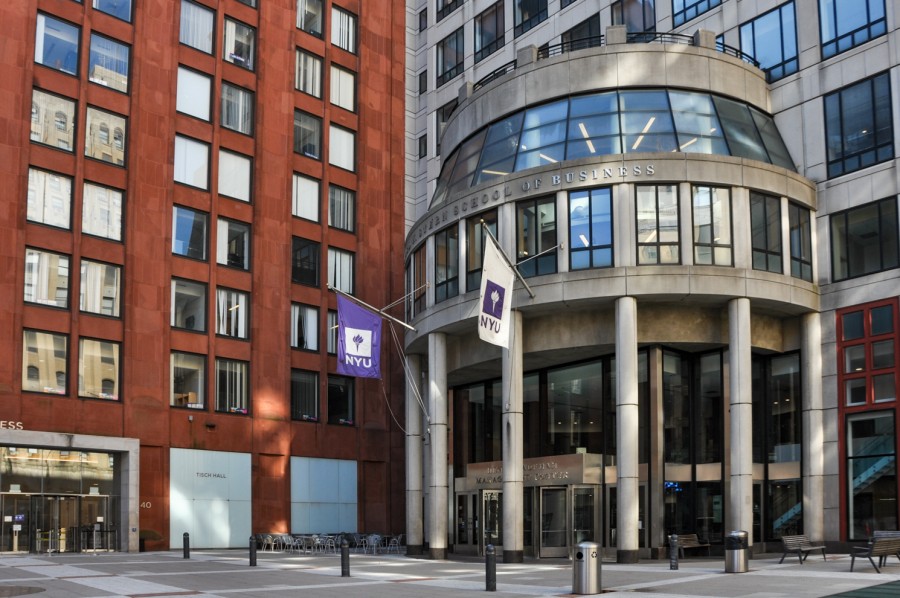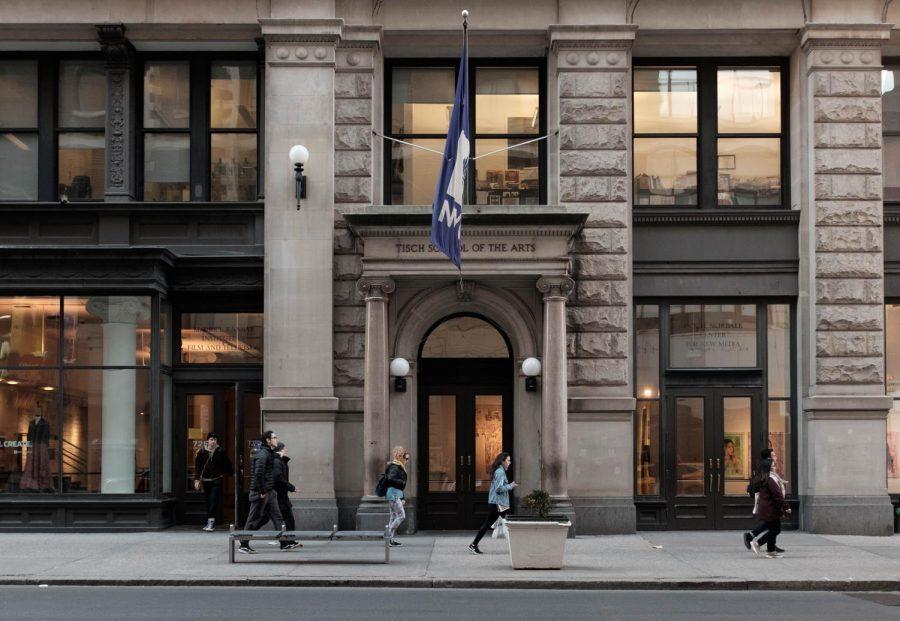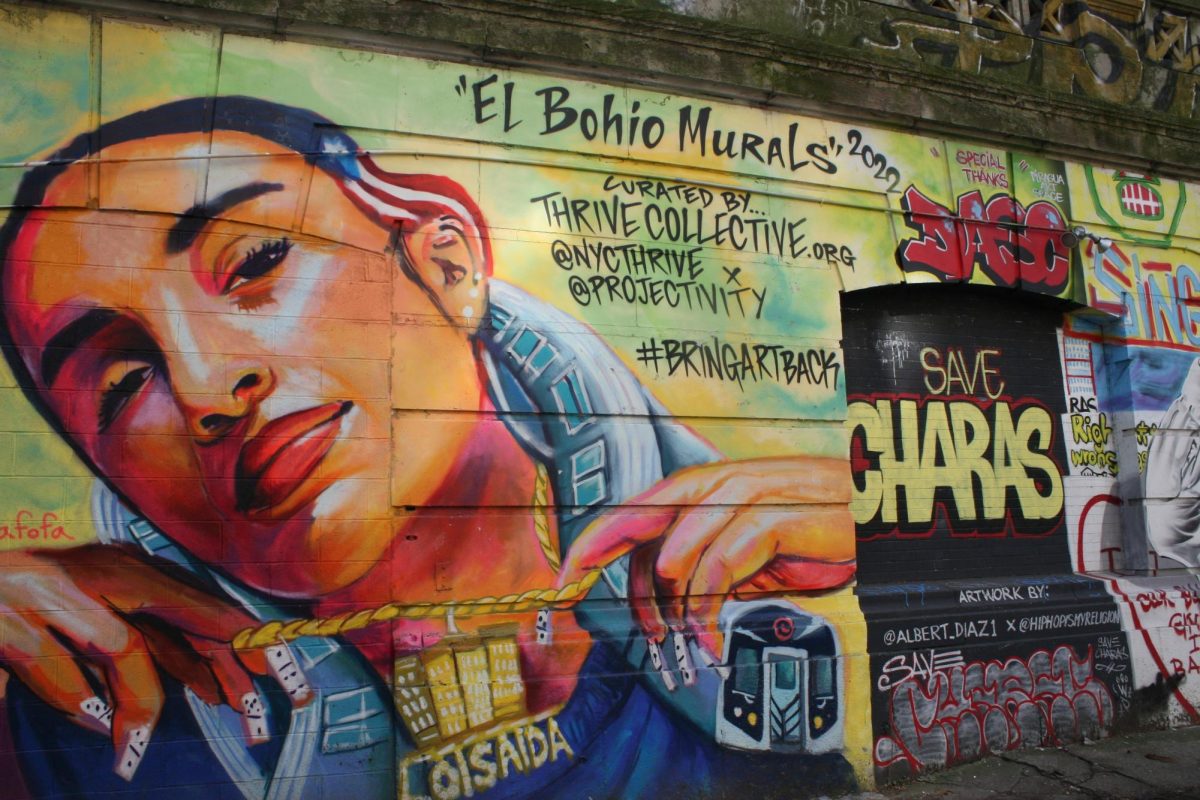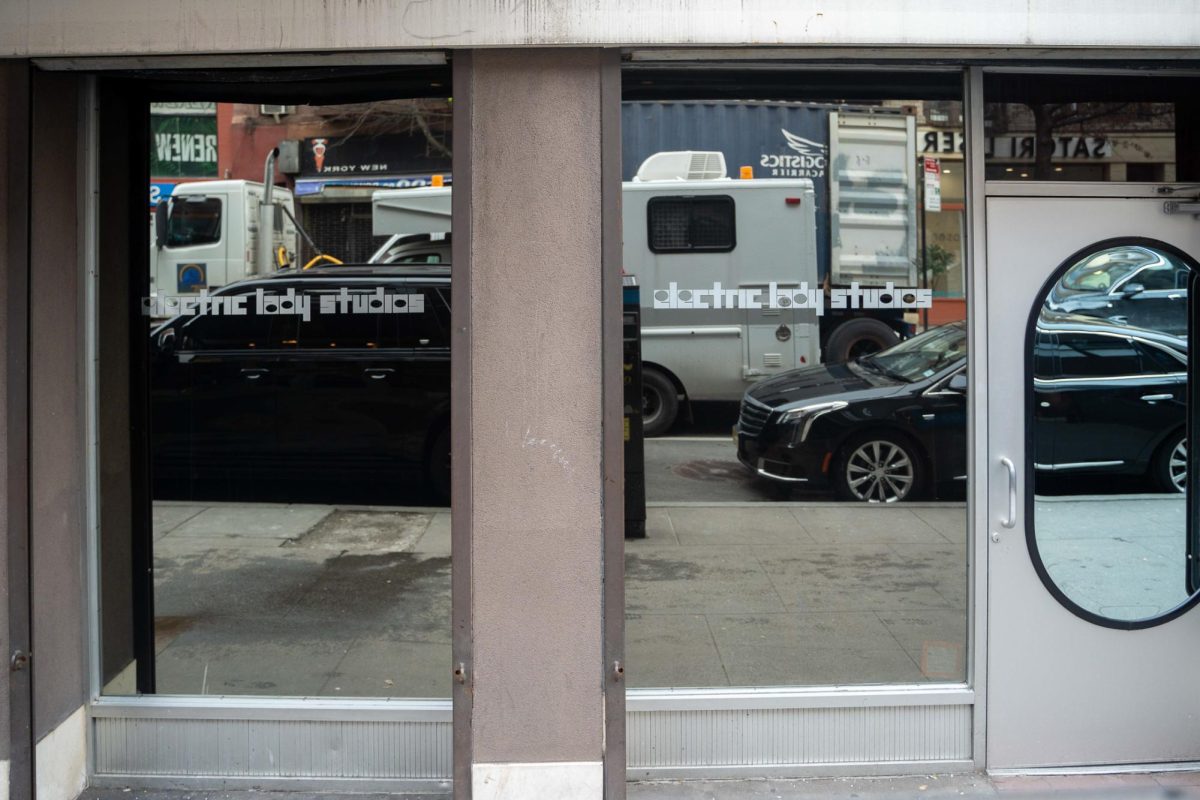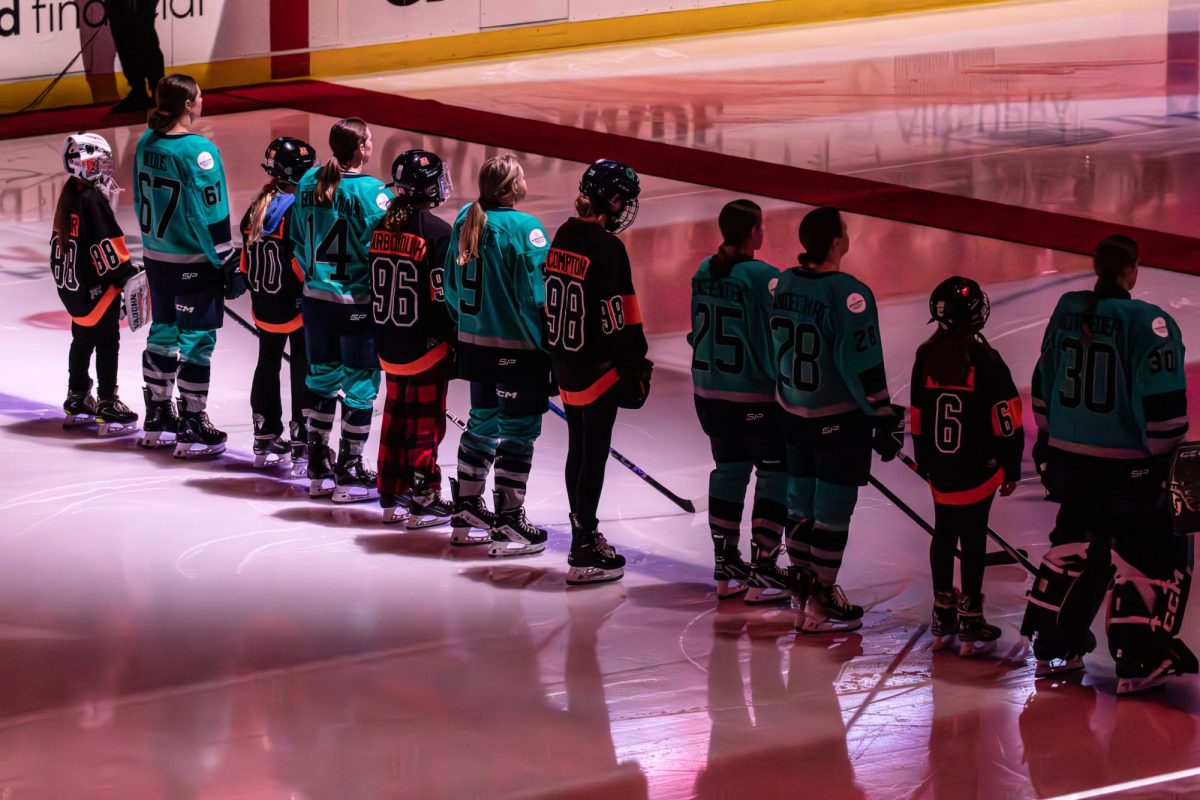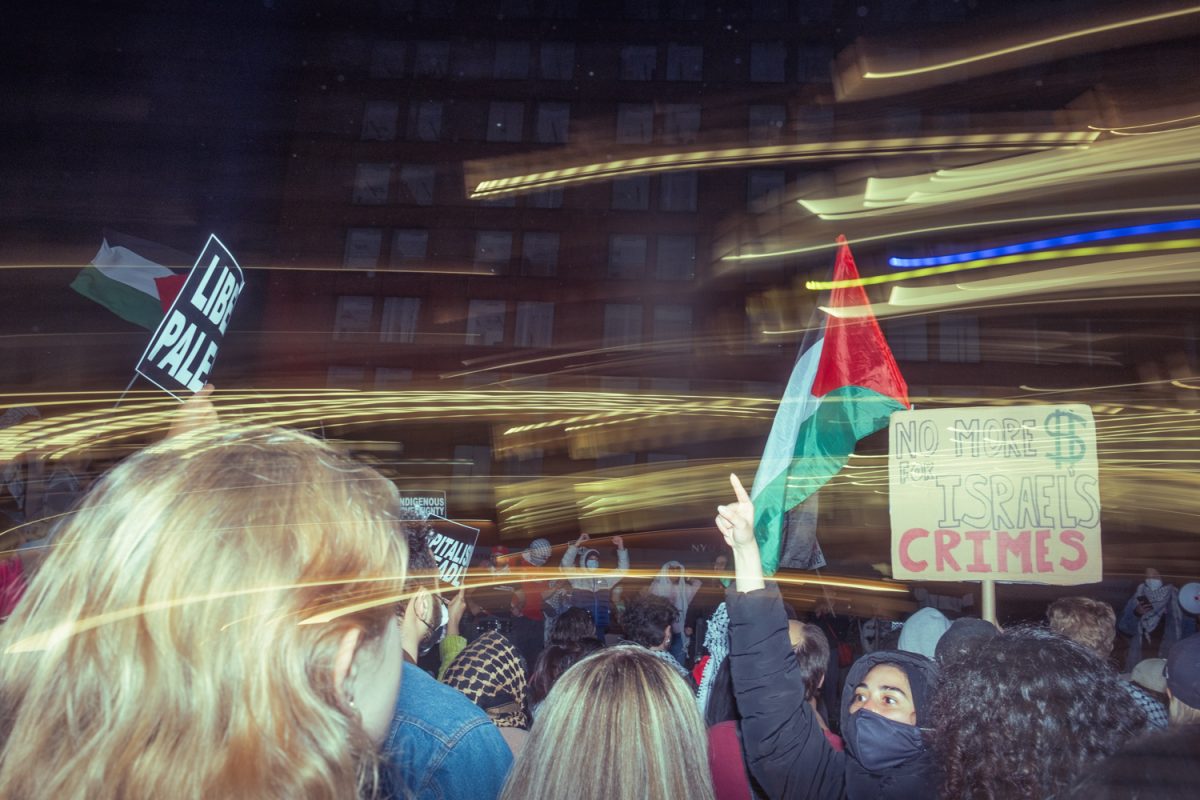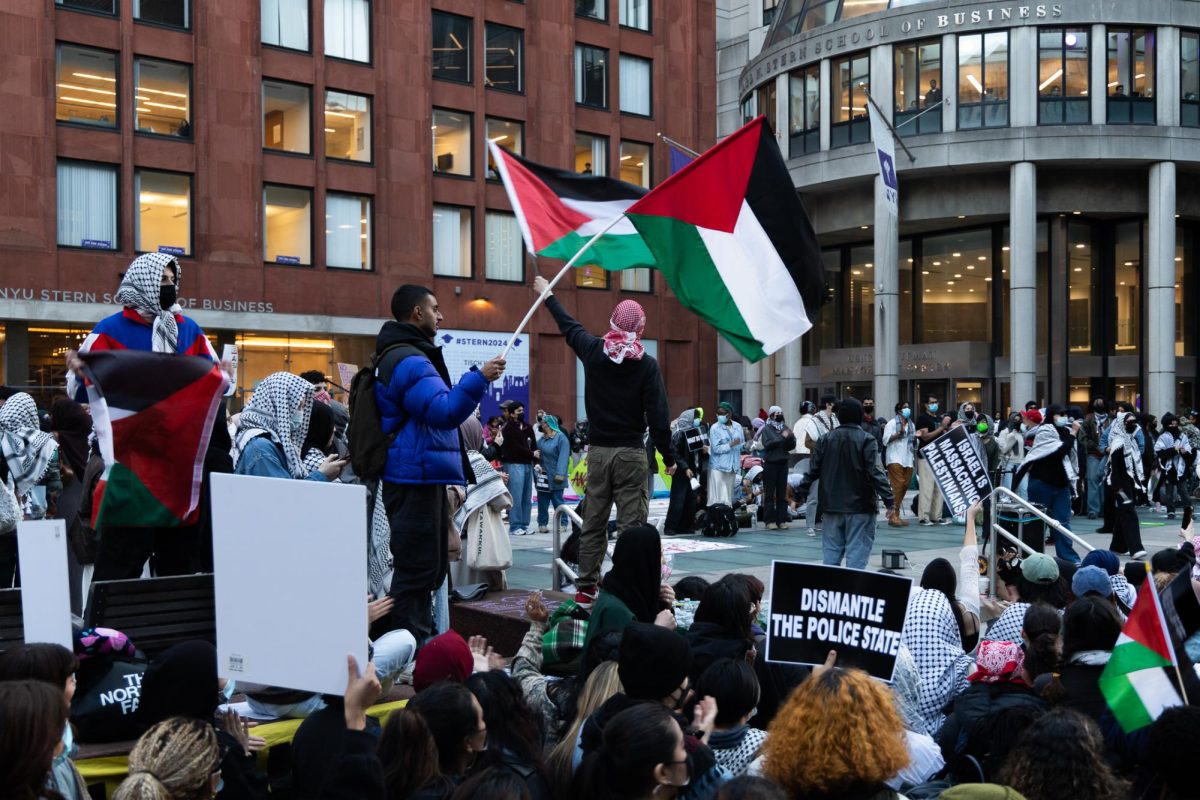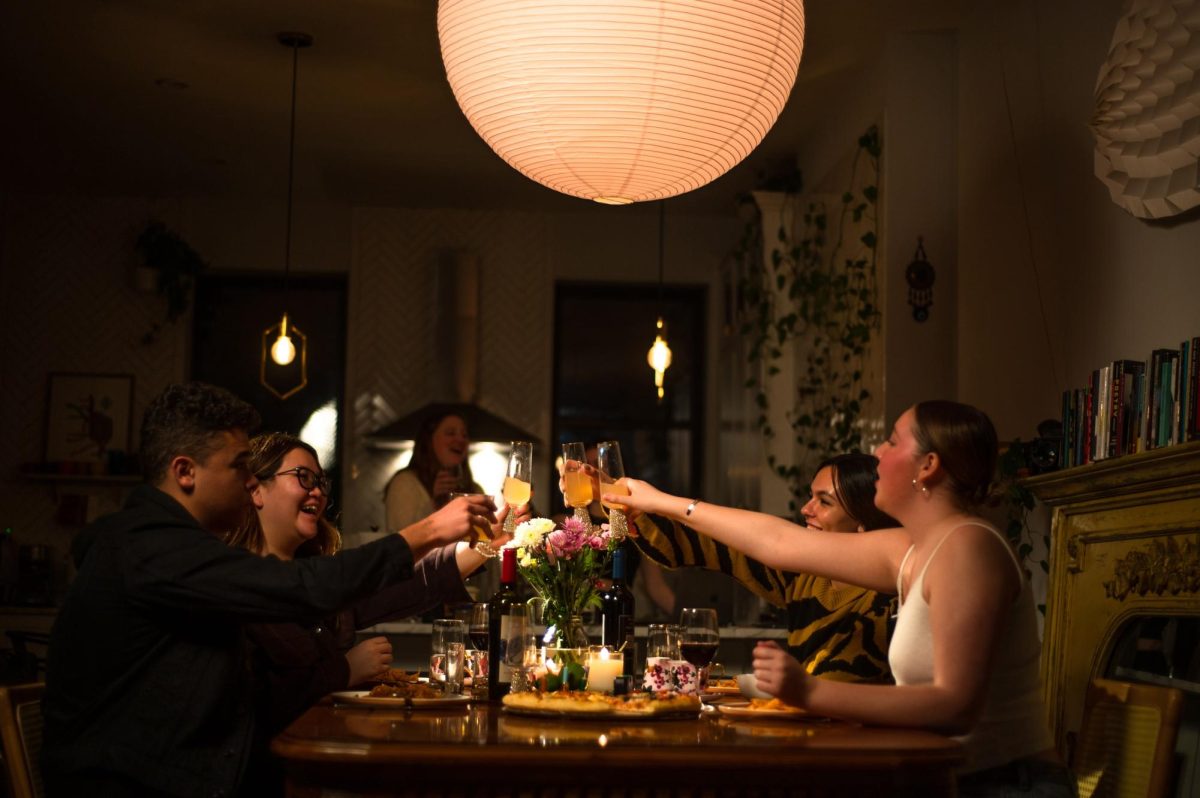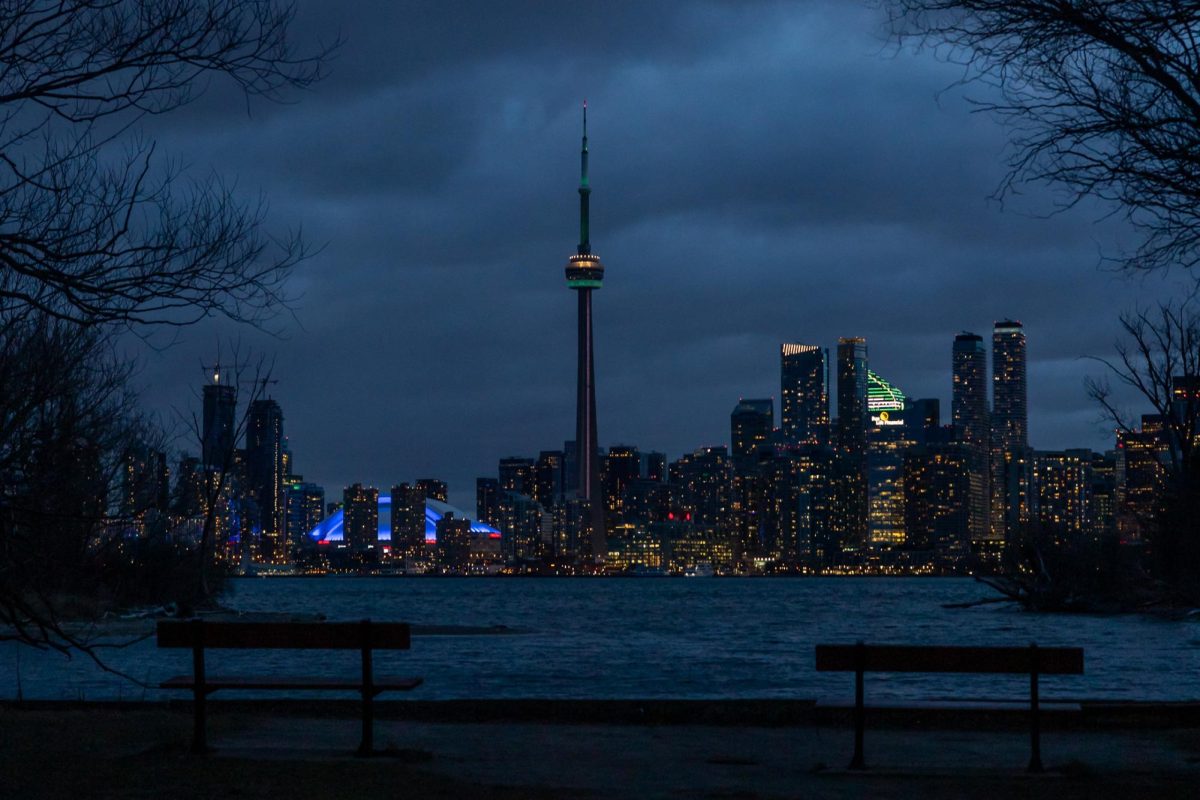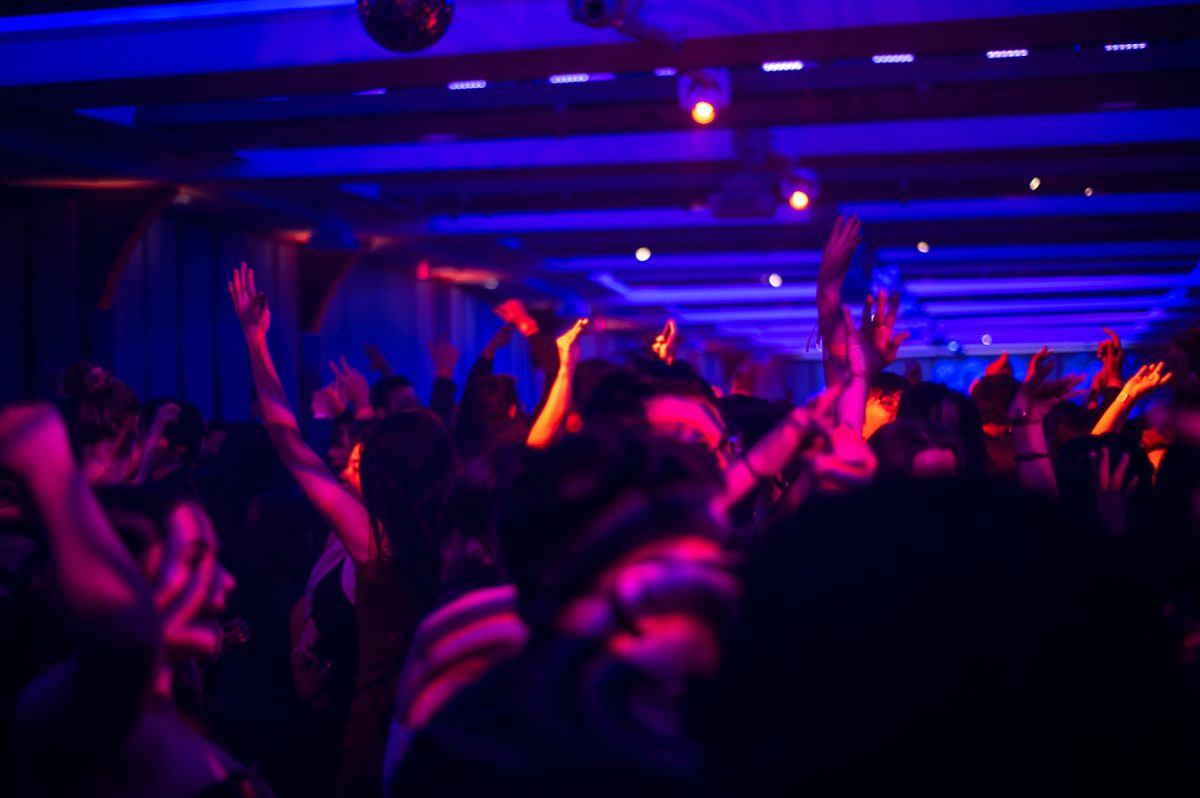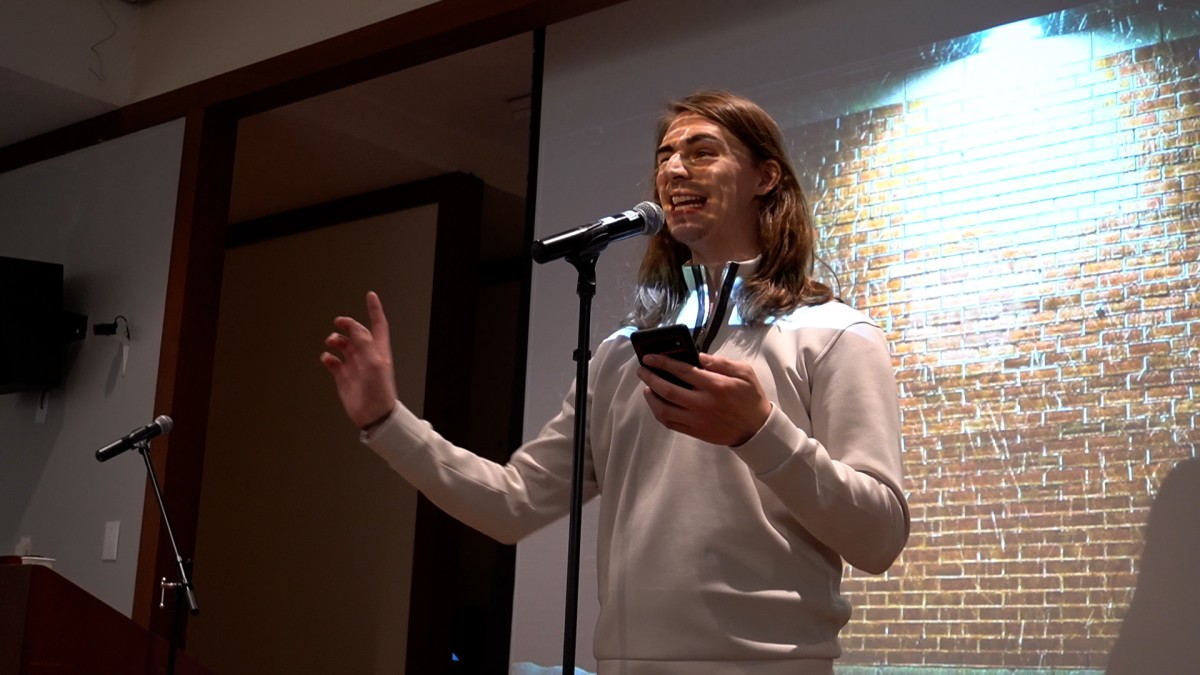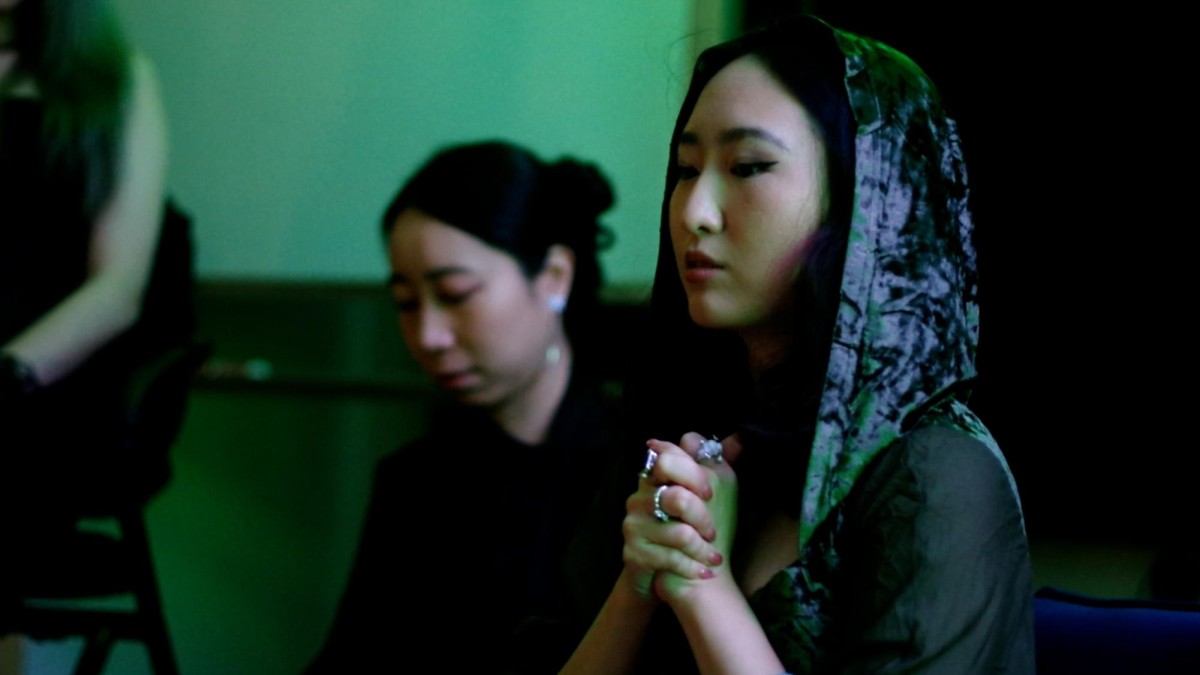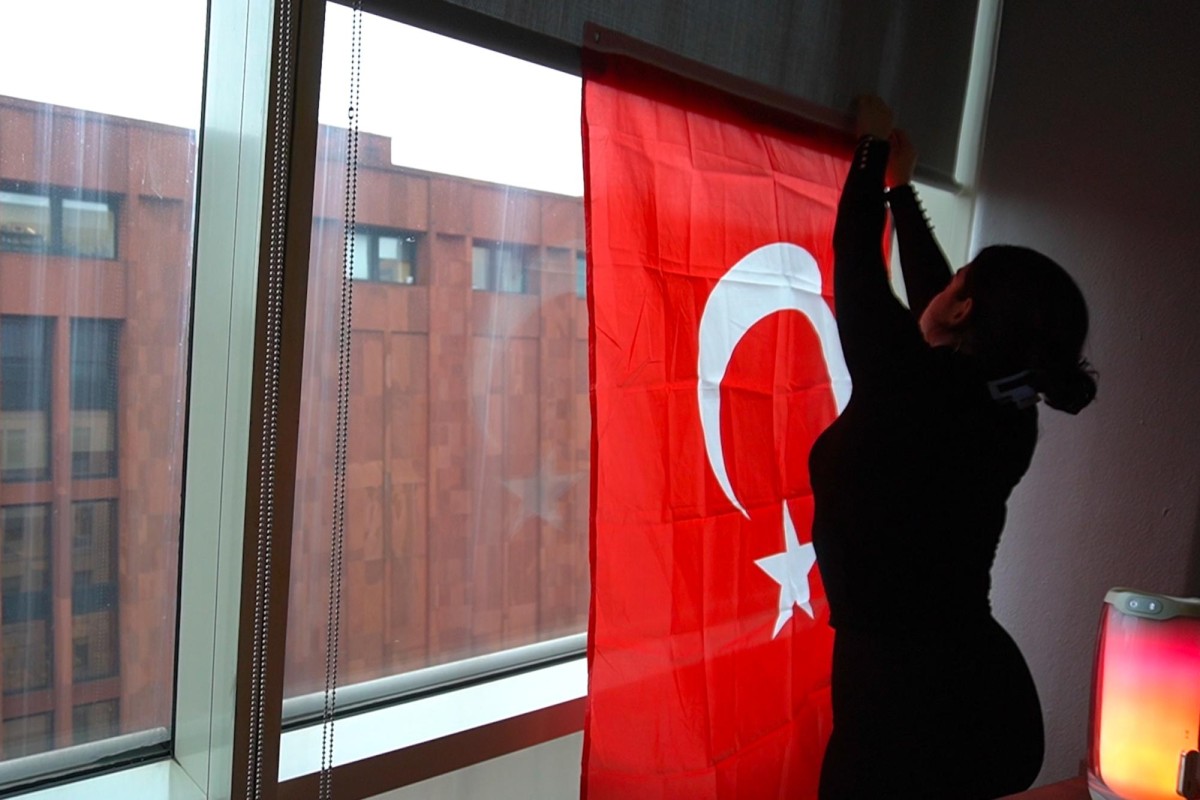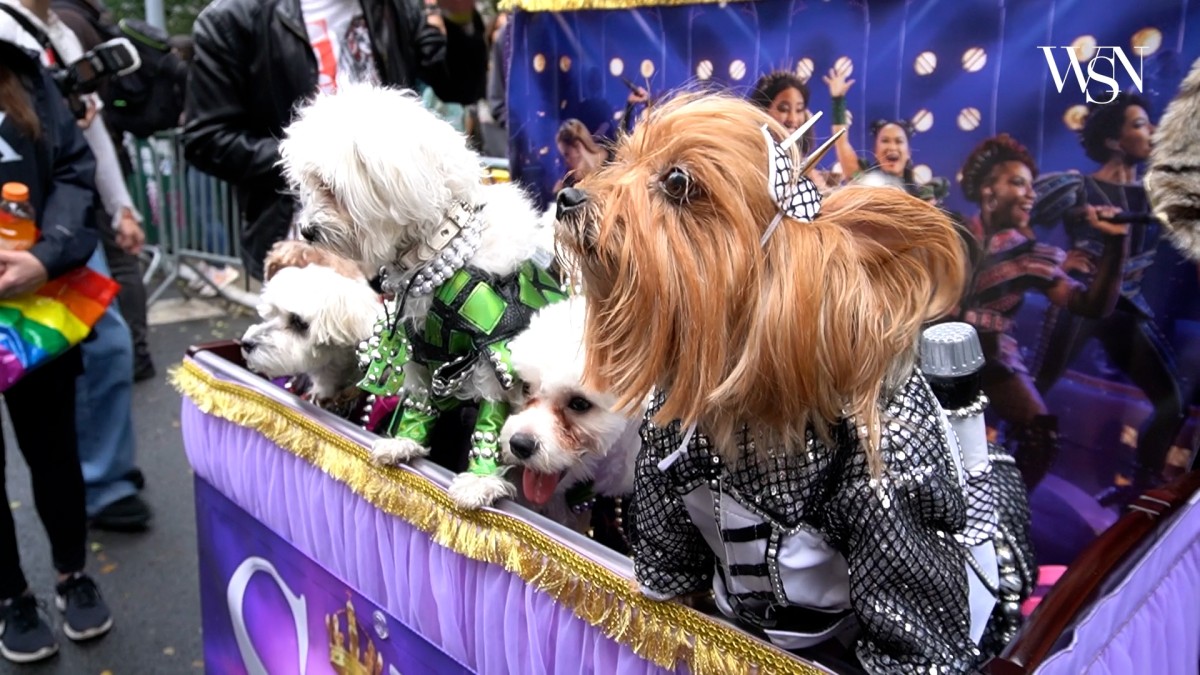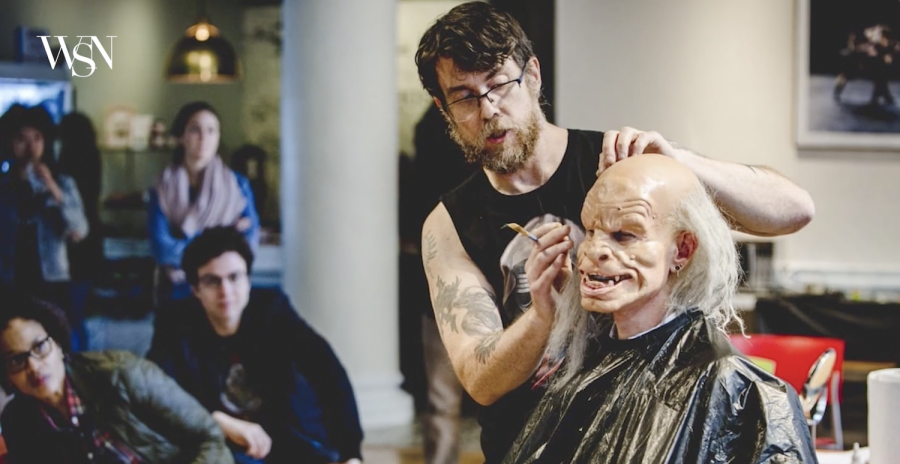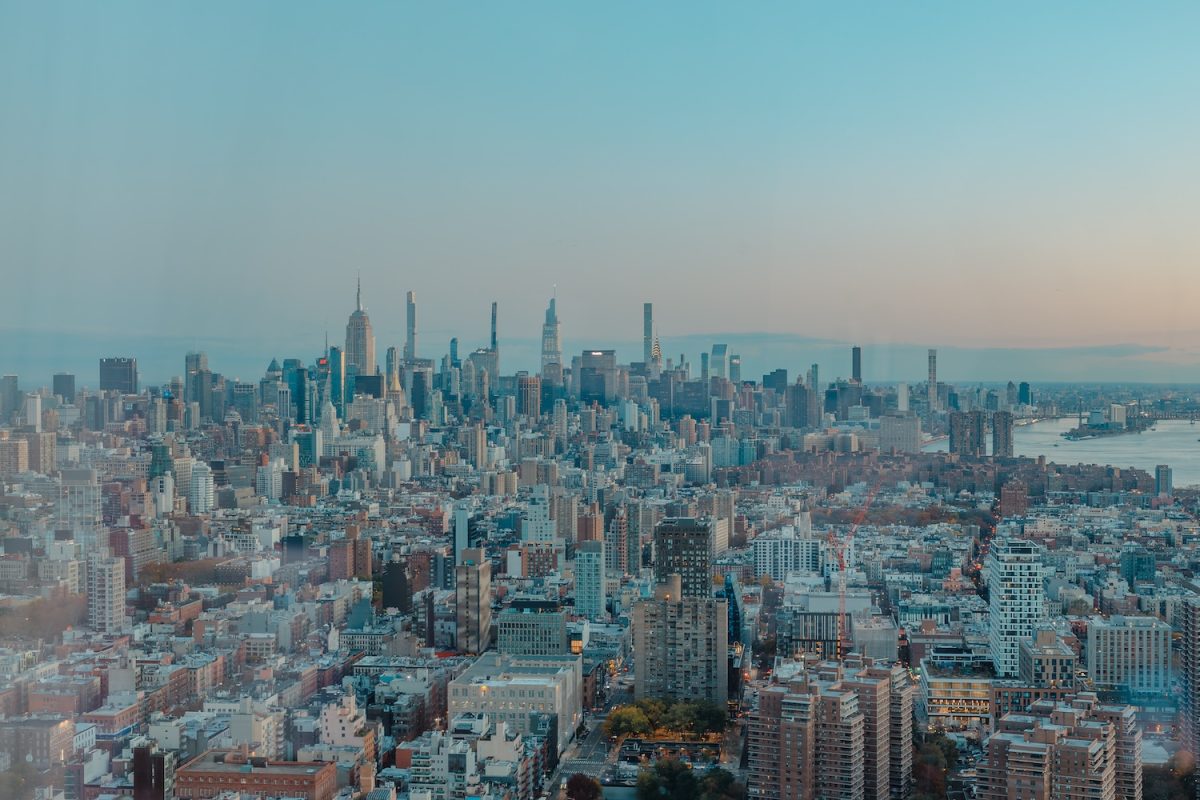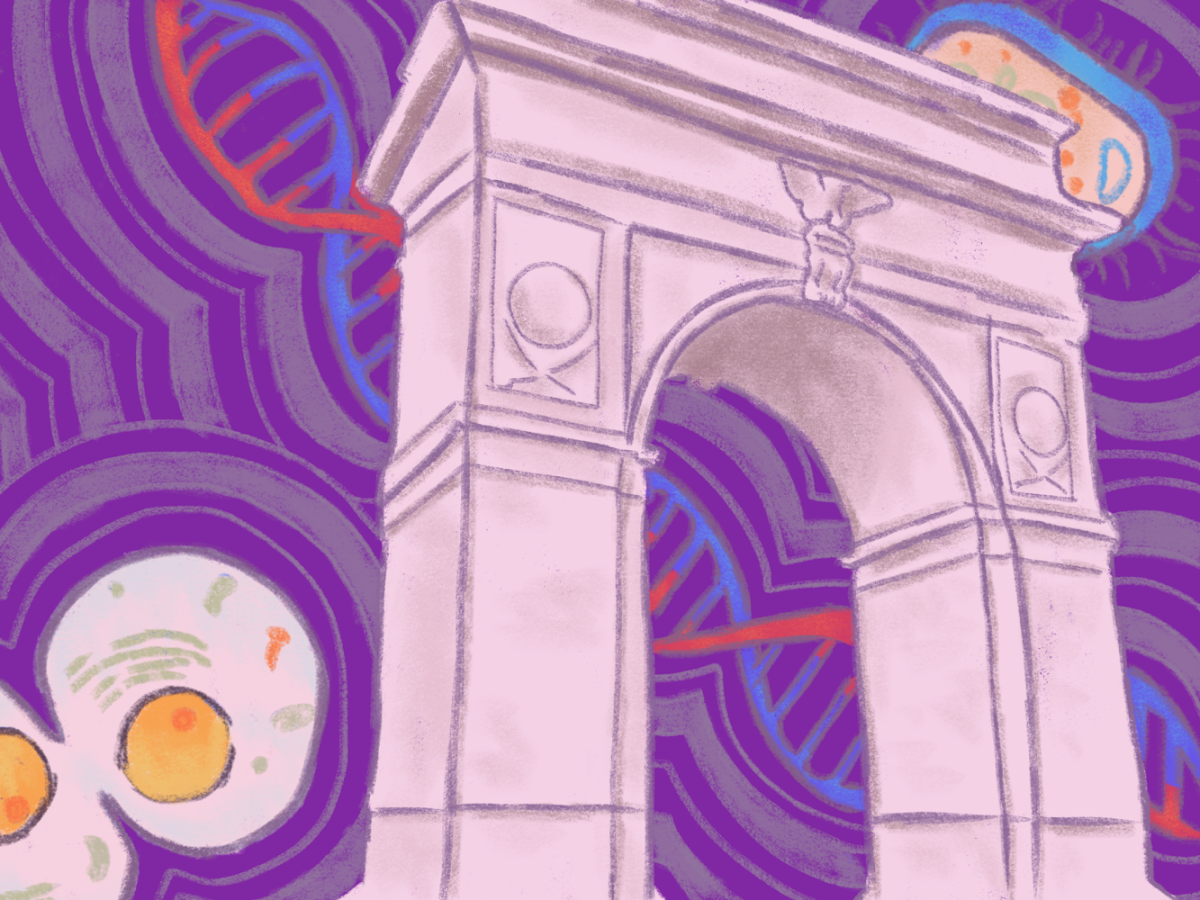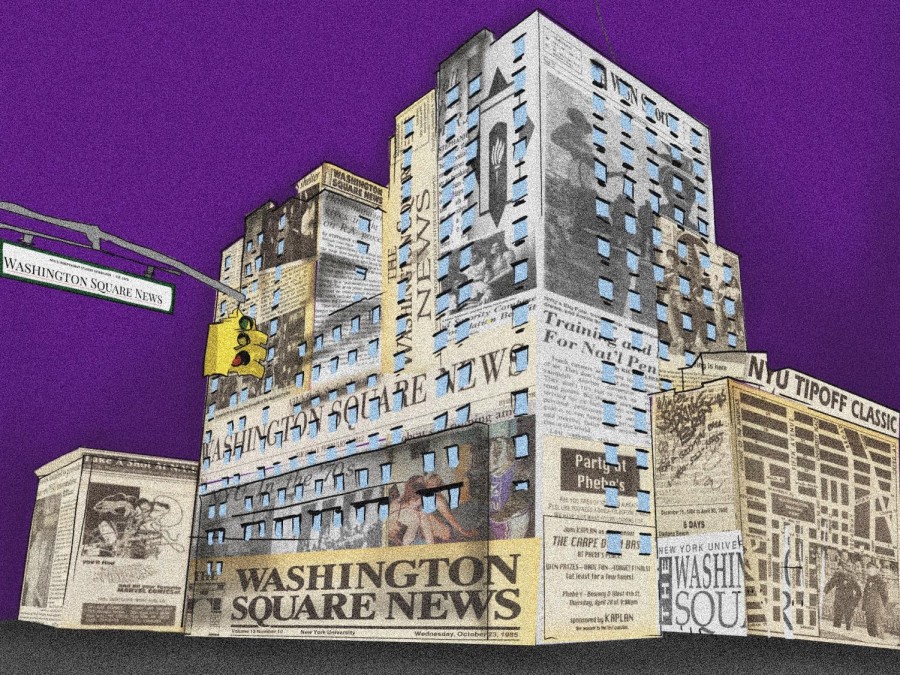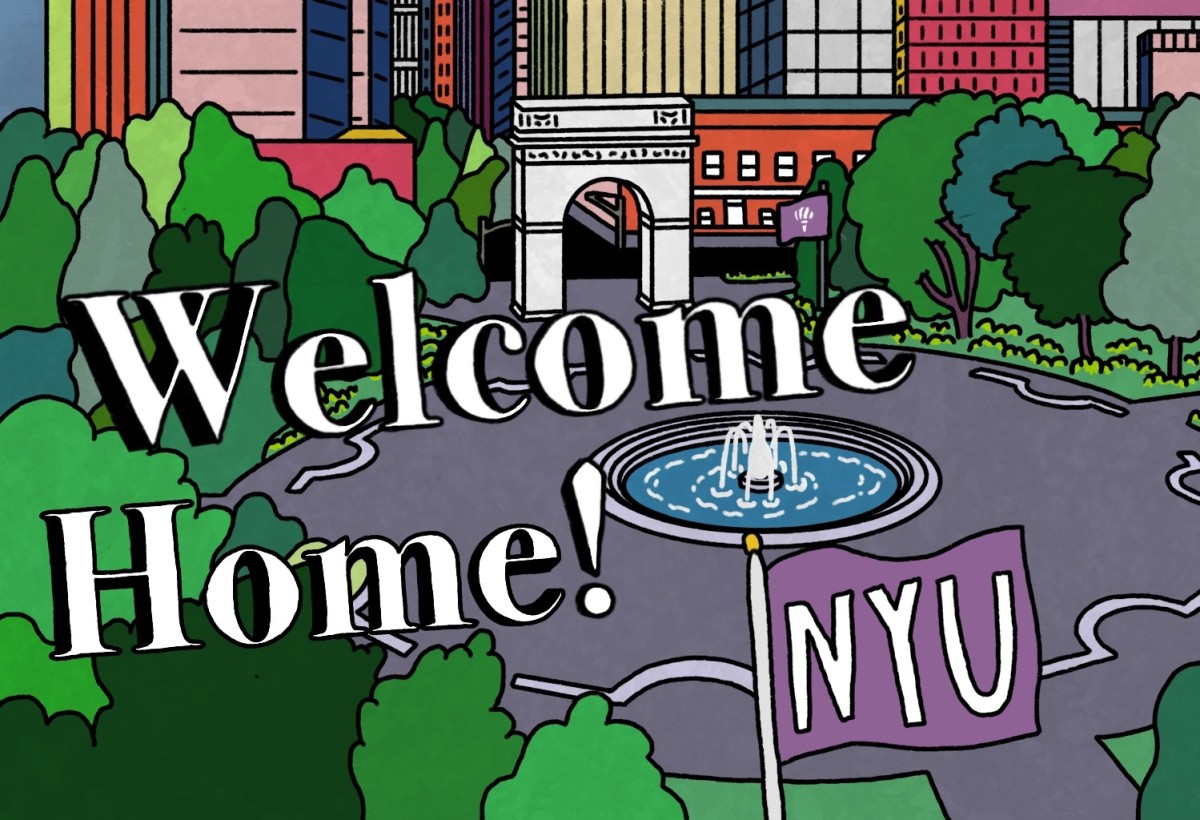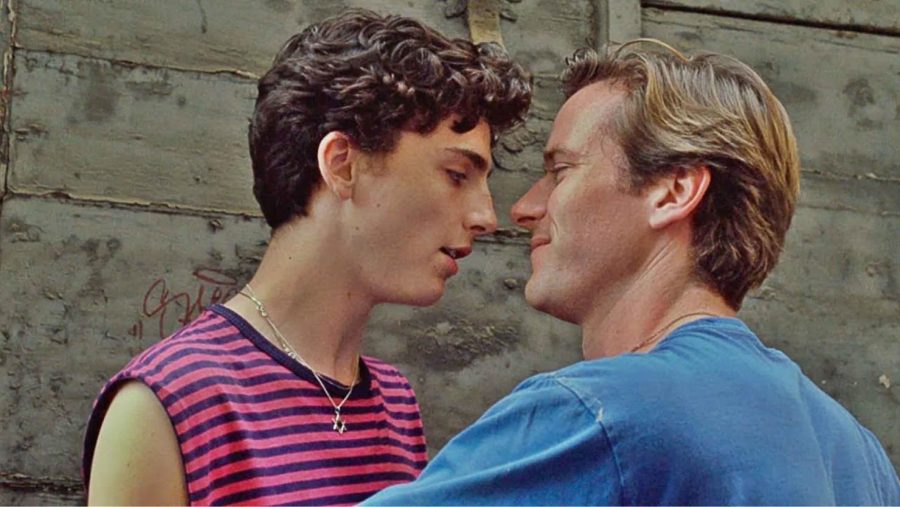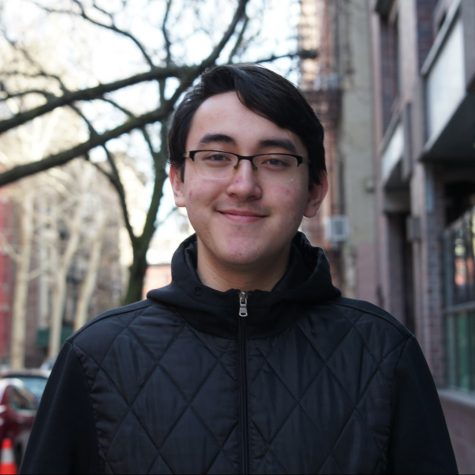The Rise of Queer Cinema
April 5, 2018
“Queer is hot.” Critic and scholar B. Ruby Rich asserted this in her 1992 article, “New Queer Cinema,” printed in the Village Voice. She described the wave of films depicting gay, lesbian, bisexual, transgender and queer people that had hit the festival circuit in the previous year.
But many of these films had more in common than just being about queer people. These films were political, they were independently produced — an extension of the long tradition of “outsider” film — and they were critically acclaimed. They were radically unapologetic in representing queer people as nuanced, complicated beings. They were made by self-identified queer artists. And they reveled in the queerness of their characters.
Rich coined the term “New Queer Cinema” to describe this new trend.
The 1991 and 1992 Sundance Film Festivals screened films that were part of this vanguard of queer cinema, including Todd Haynes’ “Poison,” Gregg Araki’s “The Living End,” Christopher Munch’s “The Hours and Times” and Tom Kalin’s “Swoon.” Other films that Rich discussed included Jennie Livingston’s “Paris Is Burning” and Gus Van Sant’s “My Own Private Idaho.”
In the last few years, it appears that there has been an increase in the number of films both by and about queer people. However, Madeleine Olnek, a lesbian filmmaker, doesn’t necessarily think this is the case.
“Sometimes it’s not necessarily what’s being made, but what is our awareness of what’s being made,” she told WSN.
Many of these recent films have been critically acclaimed. “Moonlight” received a historic Academy Award for best picture in 2017, and this year, “Call Me By Your Name” received four nominations and one win for best adapted screenplay.
But where the New Queer Cinema was unapologetic, anti-assimilationist and radical, today’s queer film is increasingly neutered. Greg Berlanti’s “Love, Simon,” which opened last month, is the first major studio movie about a queer teen. It follows an average gay teenager and his low-stakes coming out and searching for love. Its tagline, “Everyone deserves a great love story,” and the accompanying marketing campaign is designed to be broadly appealing.
Over the last decade, the LGBTQ community has had many feats including the LGBTQ rights movement becoming fully mainstream, marriage equality in the United States and increasingly visible and active queer rights movements around the world. The way most Americans think about queer people has changed significantly. What it was like to be queer in 1992 was drastically different than what it’s like today in 2018.
“Now that same-sex loving people have been normalized in the U.S. via the marriage equality movement, the popular culture market is willing to produce queer themed entertainment products,” LS Clinical Professor Christopher Packard told WSN.
In 1992, the AIDS epidemic was still in full force, and the first effective treatment against HIV/AIDS was still three years away. The post-Stonewall era had come to a screeching halt in the mid-80s, with queer people once again being vilified in the media. To be queer was to be different.
The crisis compounded the urgency for queer artists and filmmakers to tell queer stories.
“‘No, no, no, I need to make my movie right away,’” Olnek said. “The politics of queer film at that time were radical because that’s what the time required.”
Reflecting the way that the modern LGBTQ rights movement has evolved, from radical to more assimilationist, queer film today is different. Many films are depoliticized, or about characters that “just happen to be gay.”
“The queer films from the 1990s appeared during some very dark times, when the AIDS crisis made queer sex risky, and the homophobes took advantage of the fear,” Packard said. “The queer films from the ’90s didn’t apologize for anything and that’s what made them satisfying to watch.”
But there are still many queer filmmakers working today that work in the vein of the New Queer Cinema, producing daring, experimental and richly queer films. The French Canadian director Xavier Dolan (“I Killed My Mother”) and the American directors Stephen Cone (“Henry Gamble’s Birthday Party”) and Desiree Akhavan (“Appropriate Behavior”) are notable examples. Films that fit this mold from overseas, like Argentina’s “A Fantastic Woman” –– winner of this year’s Academy Award for best foreign language film — and France’s “Stranger By the Lake,” are starting to get more attention. More and more straight filmmakers are making great queer movies, such as the director of “Tangerine,” Sean Baker.
The landscape of queer film has changed greatly since Rich wrote her seminal piece. But the vast majority of films by and about queer people are still small, independent productions with limited releases. While there are more films by and about queer women and queer people of color, the majority are still by and about queer white men.
“Unfortunately, the nonconforming [queer people] from all the rainbow of communities in the U.S. are not adequately represented, not to mention the issues faced by queer people outside of the U.S. and Europe,” Packard said.
Queer film today is in a very different place than it was in 1992, just as queer America is today. As queerness and queer film approach the mainstream, both have and will continue to change. What this means for queer Americans is up to them.
A version of this article appeared in the Thursday, April 5 print edition. Email Alex Cullina at [email protected].

